It happened by accident really. A few years ago, a couple girlfriends and I started talking about getting together. Life had taken us in different directions and we were living in opposite corners of the country. We would all have to travel to see each other, so we figured, why not travel somewhere we’ve never been? We decided on Argentina. A few months later we were exploring the streets of Buenos Aires and riding horses through the vineyards of Mendoza. Since then, our trips have become an annual tradition and our group has grown from the original three to five. This past year marked our third adventure together and our biggest yet: a multi-country trip which included England, France, Turkey, Croatia and Hungary.
Without the girls, I may never have ventured to all the places I’ve gone. Anyone who’s traveled knows the importance of a good travel companion. I’ve been fortunate to have found several. But, almost as important as the people I travel with, is the camera that I choose to carry and document my adventures.
The Leica Q (Typ 116) was announced in early June, then started shipping in late July – just a month before our trip. I was lucky enough to get ahold of one. The compact 24 MP full-frame camera was one of the most sought after cameras of 2015. Even now, more than six months later, it can be hard to find one.
The Q is reminiscent of the M, Leica's classic rangefinder, but with a few modern perks. At first glance, the fixed 28mm Summilux f/1.7 might look like an M lens. You'll find a familiar focusing tab and distance scale found on a traditional M lens. Take a second look, and you'll notice “Macro” and “AF” engraved onto the lens barrel. Surely, not an M lens. This makes the Q a very appealing camera for travel. With an M, I'd have to lug along a macro adapter or an R lens to achieve macro images – both good options to turn out stunning image quality but not practical for my travel style. This was a backpacking trip with girlfriends, and I needed to fit everything into a carry-on.
I toyed around with the idea of bringing solely the Q, but I chickened out at the last minute and threw a Monochrom (1st version) and a 50mm Summicron-M into my bag. After all, Paris was on the itinerary. Paris, the city of Bresson, Atget, Doisneau – the city of black and white. Besides, could I really survive with just a 28mm?
LONDON
London has long been on my bucket list. My grandmother was an English war bride. After marrying my grandfather, an American soldier, she moved to International Falls, MN, a modest city on the Canadian border commonly known as “the icebox of the nation” – temperatures are known to drop to 40 below. My grandmother never went back to London, but she also never forgot London. Her enthusiasm for the ol' country passed on to my mom. Growing up, our house was sprinkled with all things British – a four foot tall replica of a red telephone booth, delicate tea sets, Christmas ornaments painted with the Union Jack. “Kirsten, you’ve got to go to London,” my mom would lecture me ad nauseam in an over-pronounced British accent.
So the day finally came. After 26 years, I made it to London.
Our first night on the town was low-key. We walked along the river Thames and enjoyed fish n' chips at a traditional English pub. London at night brought back stories my mom would tell of my grandmother growing up in the East End during the 40's. “You know your great great grandfather had a run-in with Jack the Ripper.” Yeah, okay, mom.
The second day, we got an early start and went full-out tourist, hitting up all the must-sees: Big Ben, Buckingham Palace, the Tower of London. We stopped for lunch near Mayfair then strolled through Hyde Park. With English roses abound, I had plenty of opportunities to utilize the Leica Q’s macro function. With most M-System lenses I would have only been able to focus from 0.7 meters away. With the Q, I was able to get as close as 17cm.
Of course, one cannot go to London, without experiencing High Tea. The Wolesley was our tea establishment of choice. I have to admit, I’ve never been a tea drinker and I was tempted to order coffee instead. But you know what they say, “when in Rome”. I took turns photographing my friends as they fixed their tea – everybody loves a coffee marble – er – tea marble. I switched the Q into continuous and shot away at 11 FPS as cream took over our Lady Grey. Side note: Since this trip, I have become quite the tea drinker.
DOWNTON ABBEY
Our last day in London, took us outside of the city on a tour of Highclere Castle and the small village of Bampton. For those of you who are Downton Abbey fans, these images will look very familiar. For those of you who aren’t Downton Abbey fans, well, you should be.
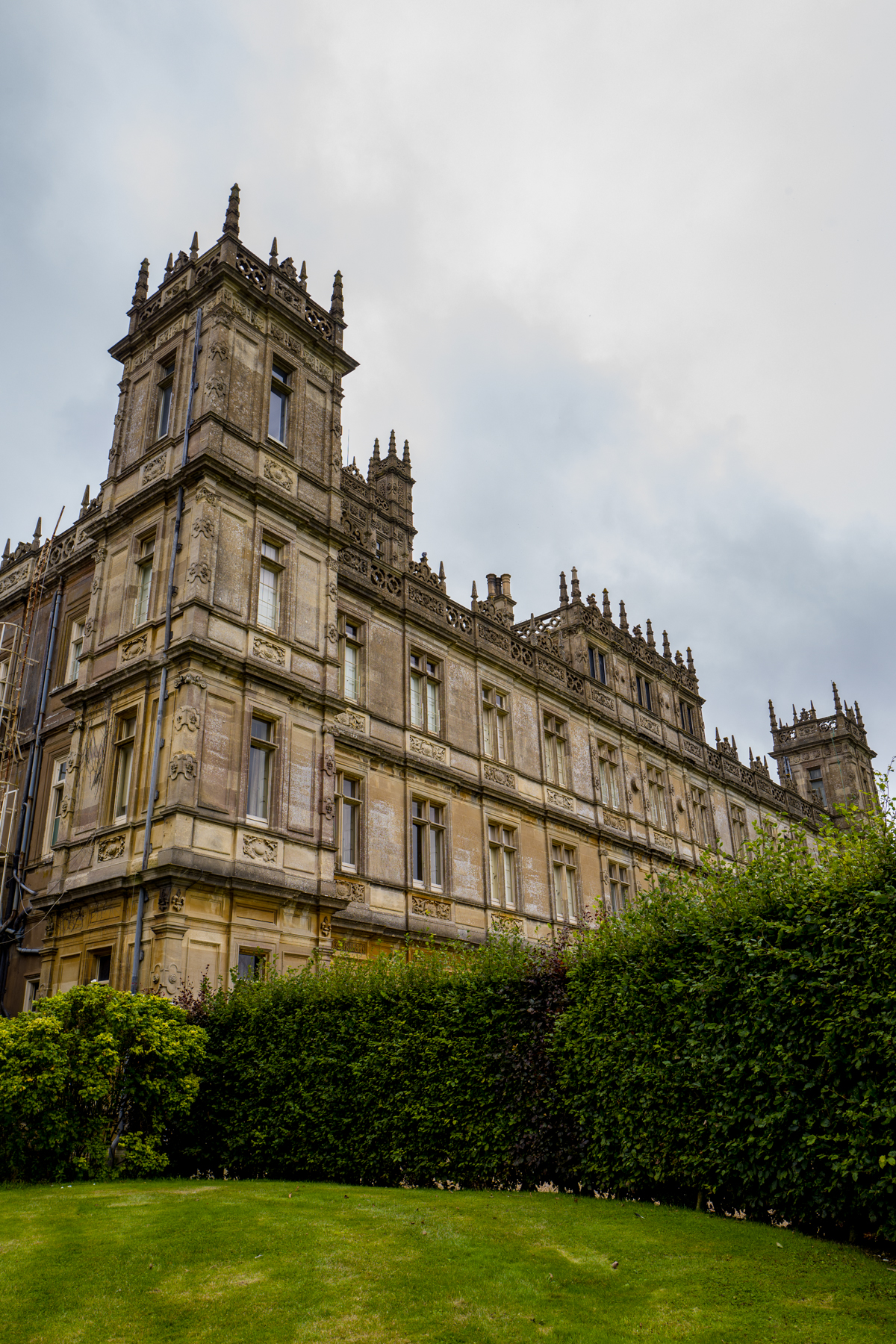
Highclere Castle (Downton Abbey). 1/125th sec, f/5.6, ISO 100
PARIS
Paris was only a day trip – a quick Eurostar ride from London. Not sure when we’d be back to Europe, and being only a couple hours away, we simply couldn’t resist. We hit up the major attractions – the Eiffel Tower, the Louvre. Then, had lunch at a brasserie and pastries at a pattiserie. Apparently, we got really lucky. We only waited 15 minutes to climb up the Eiffel Tower and there was virtually no wait at the Louvre.
ISTANBUL
We arrived in Istanbul in the late afternoon and wasted no time hitting the streets. One of the hostel employees recommended a rooftop teras where we could watch the sunset while enjoying a cup of Turkish çay (chai/tea).
The walk to the Teras was nothing short of enchanting. The late afternoon sun followed us as we strolled through Sultanahmet, past the Grand Bazaar. The smell of spices and roasted corn filled the air. The Teras was nestled behind the Süleymaniye mosque on one of the city’s high points. As we climbed to the rooftop, we saw the city sprawl out beneath us and for the first time got a sense of just how vast Istanbul really is. As far the eye could see were rolling hills, blanketed in stone buildings and minarets.
Dusk began to consume the skyline and we watched as Istanbul lit up. I love strange lighting. To me, a city becomes so much more interesting as the sun sets and the city lights transform the landscape – creating shadows and color palettes otherwise unseen. Triads and complimentary colors began to emerge. Red, blue and yellow. Purple, orange and green.
Our first night in Istanbul was a success and we started to head back to the hostel. As we meandered through the winding streets, we got a little lost. But we didn’t mind, finding ourselves in streets decorated with colorful paper lanterns.
We finally made our way back to our hostel, Cheers Hostel, located just a stone’s throw away from the famous Hagia Sophia mosque. The hostel is a tall, skinny building with a top-floor cafe of its own and an incredible view. Every night, travelers headed to the cafe to wind down and talk about their days’ adventures. The girls and I eagerly joined. We made several friends including Mike, a guy from Baltimore on his way back from Sri Lanka. We introduced ourselves – where we’re from, what we do, etc. When I mentioned I work at “a German camera store,” Mike’s interest peaked.
“Leica?” He asked.
“Yea.” I was surprised. Most people outside of the photo community have never heard of Leica. I pulled both the Leica Q and the Monochrom out of my purse. His eyes lit up. It turns out he was a photographer too. I handed Mike a camera and my friends tuned out while we dove deep into camera talk.
Noticing we were photographers, the cafe server, Mustafa, suggested we actually climb out the window and onto the roof of the hostel to get the best shot of Hagia Sophia. Heck, you only live once. Mike immediately ran downstairs to grab his Canon gear. I already had everything I needed in my purse, including my compact Sirui tripod, so I headed straight for the roof. Mike reappeared a few minutes later, a large camera backpack and tripod in tow.
One thing I love about Leica is the size. In a moderately-sized woman’s purse, I fit my entire setup: two full-frame cameras with lenses, a full-sized tripod, filters, memory cards, chargers and spare batteries, along with my wallet, iPhone and other travel necessities. I never had to choose which gear to bring on a day’s outing because it was really easier to just bring it all.
Mike and I set up our cameras and each of us took a stab at photographing the historic mosque. Low clouds surrounded the dome and we played around with our shutter speeds until we perfectly captured its atmospheric glow. After a half hour we scrambled back through the window and into the cafe.
“Alright, here’s the moment of truth,” Mike said. “Let’s see what we got.”
We both scrolled through the images on the back of our cameras, ooh-ing and aah-ing at the images we created. Mike sighed, “I wish my Canon captured color like that.”
While comparing images on a camera’s LCD is hardly a fair comparison, I do have to say I love how the Leica Q renders color, especially in “bad” lighting. Most cameras have trouble with artificial lights, but not the Leica Q. Anything I threw at it – sodium vapor, tungsten, LED, fluorescent, or any combination of the above mentioned – the Q handled with style. Out of camera the DNG’s files were impressive. With a little tweaking in Lightroom, the camera turned out what I think are some of the best nightscape images I have ever taken.
Our second day in Istanbul was filled with sightseeing. We visited the Blue Mosque, Hagia Sophia and the Basilica Cistern. The cistern is a large underground plumbing system built in the 6th century to collect and hold rain water. Lit only by small lamps, I was forced to push the Q’s ISO to 12,500 and shoot handheld at 1/15th of a second.
“How are you taking photos right now?” My friends pestered. This wasn’t the first time they were astounded by the Q’s low-light capability and it certainly wasn’t going to be the last. Other tourists struggled. With a strict no flash and no tripod policy – and without understanding exposure settings – their cause was hopeless. I overheard frustrated mumbles. It’s all blurry. Let me try again. It’s coming out all dark.
I’m not afraid of high ISO’s. I’d rather have a noisy shot than no shot at all. Especially in the digital age – is there really anything to lose by trying? I wouldn’t print either of these images on a large scale, but for web and small prints, the files hold up just fine. If I would have shied away from the high ISO’s and given up, I wouldn’t have these images or memories.
Our third day in Istanbul started off with some down time at a haman. The communal Turkish bath consisted of a long sit in a steam room, followed by being scrubbed and massaged head to toe by a masseur and finally a dip in a cold pool to close the pores. For obvious reasons, no photos were allowed in the hamam. We capped off our spa retreat with a pedicure, which in this case meant submerging our feet in a vat of minnows so they could feast off of our dead skin. It was definitely one of the more interesting experiences in my life.
In the evening, we took a ferry across the Bosphorus to the neighborhood of Üsküdar where we met a college friend of mine, and an Istanbul native, Derin. The ferry ride from Sultanahmet to Üsküdar was unforgettable. Like dinner at the Teras the night before, the timing couldn’t have been more perfect. The ferry set sail just as the sun began its descent.
It was nice to get outside of touristy Sultanahmet and get a local’s perspective. We ate at Inciralti, a local restaurant serving freshly-caught seafood, tapas style. After dinner, we explored the neighborhood a little and stopped for traditional Turkish baklava.
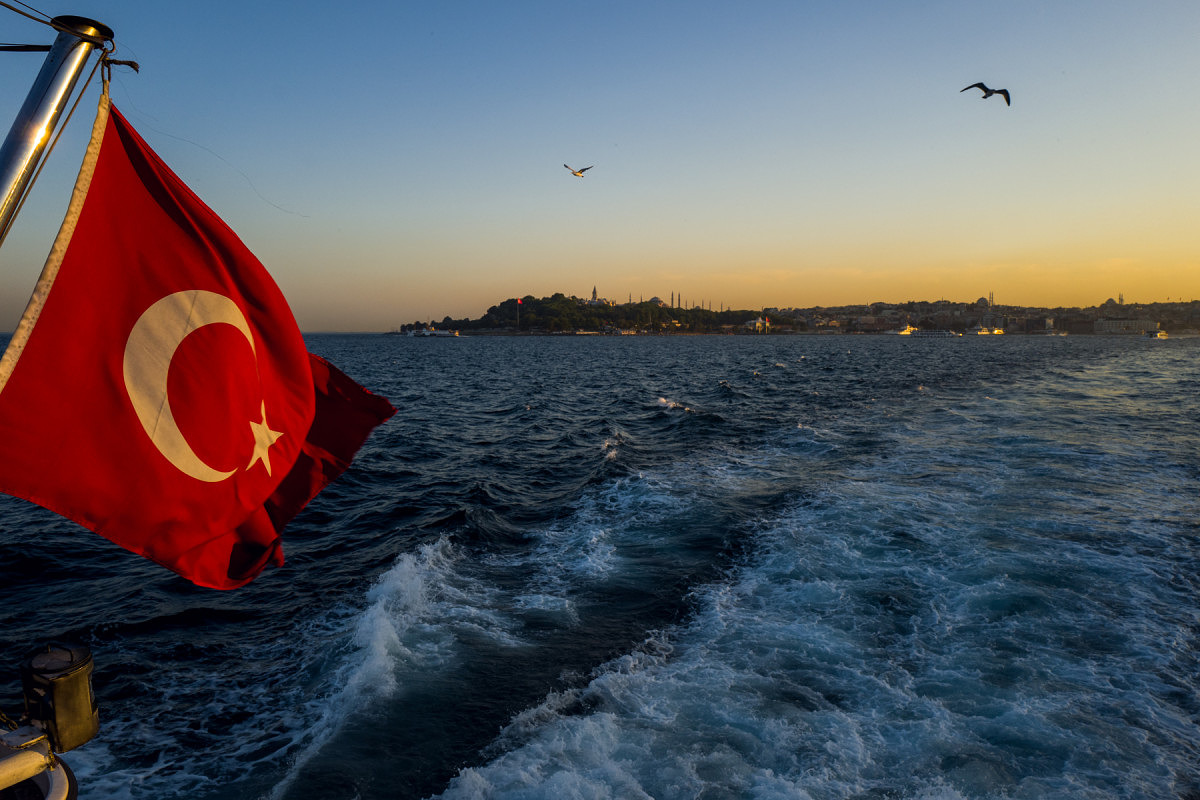
The Bosphorus. 1/400th, f/11, ISO 800.
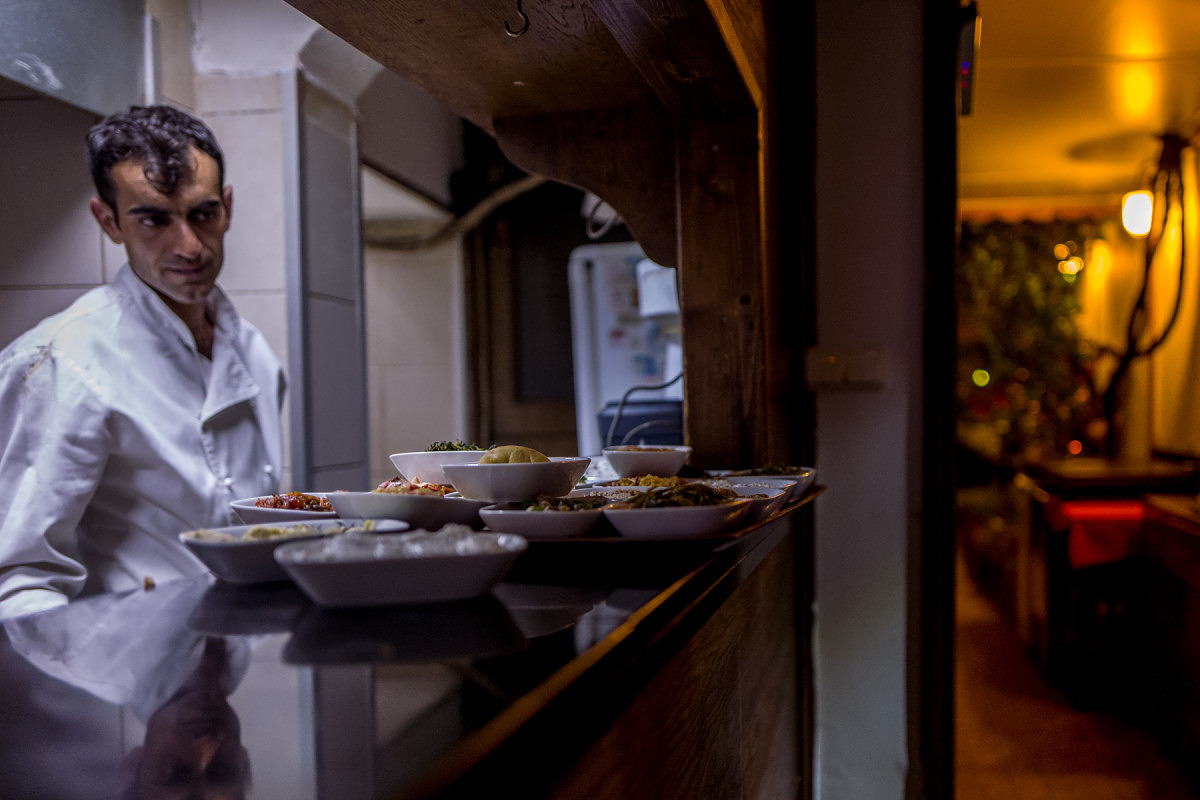
Inciralti Pub. 1/80th, f/1.7, ISO 1600
GÖREME, CAPPADOCIA, TURKEY
The next day we flew to Cappadocia in central Turkey for perhaps the most look-forwarded t0 part of our trip: hot air-ballooning over the region’s fairy-chimney rock formations. Perhaps equally exciting were our accommodations: the Kelebek Cave Hotel. Arriving at the hotel at night was much like arriving in Rivendell after a wearisome journey from the Shire (that's a Lord of the Rings reference for the uninitiated). It was breathtaking – like nothing we had seen before. The elves – er, staff – welcomed us like royalty and gave us a tour of the ancient, magical dwelling we would call home for the next couple of days.
Our hot air balloon ride was scheduled for sunrise. We woke at 5 AM, still in a daze, not really sure if this was reality or if we had slipped into some sort of dream. We bussed twenty minutes to the launch point. As we snaked across the valley, we began to see the small glow of hot air balloons dot the landscape. It reminded me of watching fireflies in our backyard on a hot Minnesota summer night.
Before we knew it, we found ourselves climbing into the basket of our own balloon. As it began to fill with air and lift off the ground, I felt panicked for the first time. Who’s idea was this anyways? But, as the ground faded below us, so did my anxiety. There was no wind, no clouds, no sound. Everything was incredibly still.
We watched the ground transform below us as the sun rose and spilled over the landscape. Olive trees and grapevines cast long, spindly shadows. Vineyards and pastures grew larger beneath us until we coasted just a few feet from the ground.
The captain landed the balloon flawlessly on a trailer towed by a pickup truck. The crew secured the basket and drove us, balloon and all, to a field where a picnic awaited us. It’s tradition to end every hot air balloon ride with champagne and a light breakfast.
PAMUKKALE & EPHESUS, TURKEY
After Cappadocia, we rented a car and explored more of the countryside. For those of you who are curious – driving in Turkey was a joy. The roads are well-kept and the drivers courteous. Besides, driving allowed us to explore the country at our own pace. Our destinations included the Biblical cities of Hieropolis (now Pamukkale) and Ephesus. I grew up in a strict Baptist household and two of my travel companions grew up in traditional Catholic families. For us, visiting these ruins was more than just admiring a bunch of old rocks. It was the stories we heard as children come to life.
Pamukkale means “cotton castle” in Turkish. The city gets its name from its white travertines, created by sedimentary rock deposited from hot springs. The travertines cascade down a steep slope and create shallow pools of varying temperatures. We spent the morning splashing through the travertines. Some pools were cool and muddy, other were warm and clear. The second stop, Ephesus, is one of the Seven Wonders of the Ancient World and is still currently being excavated.
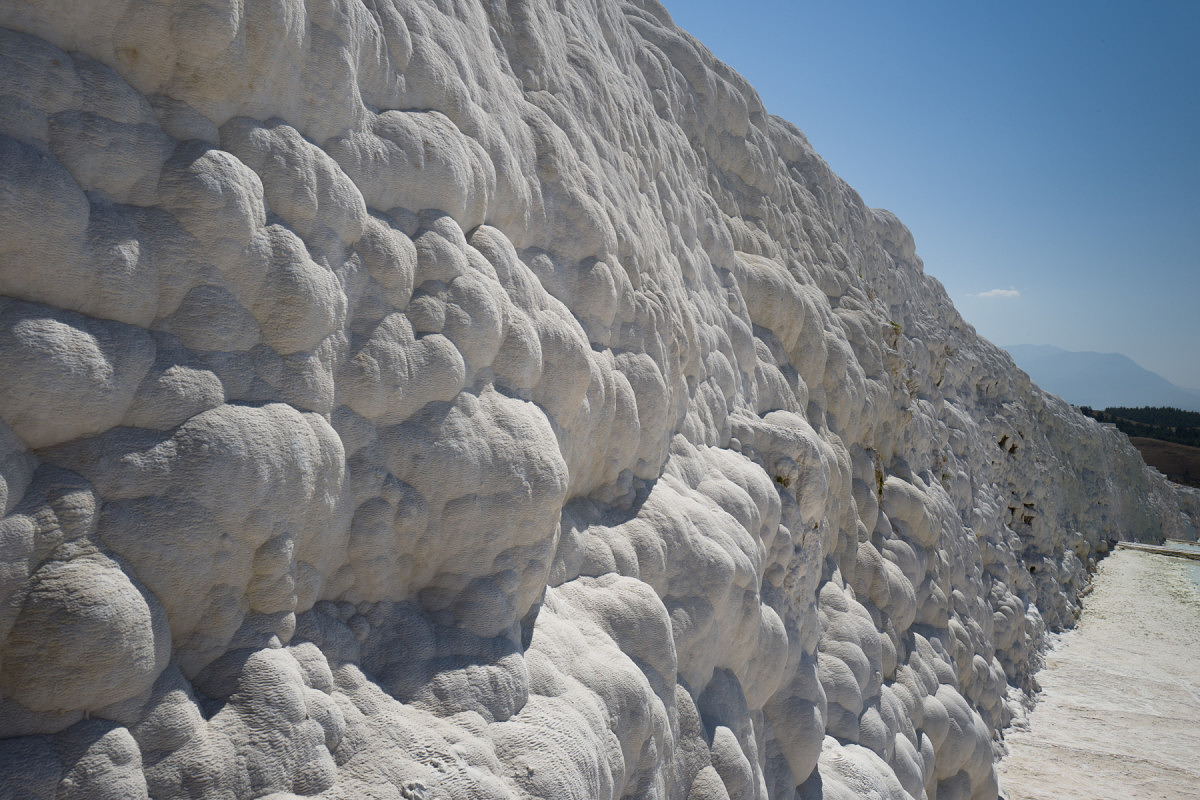
Travertines at Pamukkale. 1/500th sec, f/13, ISO 100
We ended our short road trip in Izmir, where we caught a flight to Zagreb, Croatia.
ZAGREB, CROATIA
During my freshman year of college, I lived with Lina, an international student from Croatia. Throughout the semester, Lina taught me about her country and language. I’ve always been fascinated by other cultures – reveling in any chance I get to experience the way other people live. During the evenings, Lina and I would hang out in our dorm and she’d teach me Croatian. “How do you say table in Croatian?” “Stol.” “What about book?” We’d spend hours scanning the room and translating everything in sight. Unfortunately, after eight years, the only Croatian I remember is sok od bručnica. Translation: cranberry juice. Needless to say, that phrase wasn’t very useful during our trip.
Our layover in Zagreb was just long enough to allow us time to meet up with Lina in the city center. Lina gave us a warm welcome and a grand tour of the city she calls home. Our time with Lina was short. Before we knew it, we were waving goodbye through a bus window. In a few short hours, we would be in Plitvice.
PLITVICE NATIONAL PARK, CROATIA
By 7 AM the next morning, we were at the entrance to Plitvice National Park, one of the oldest national parks in southeastern Europe. Plitvice is famous for its cascading lakes, which shift between magnificent shades of blue and green. We started our day by ferrying across to the Upper Lakes. As we navigated across the glassy turquoise waters, the early morning sun heated the lake and steam escaped from its surface.
To our delight the trails in the Upper Lakes were empty. At first, we thought we must have taken a wrong turn. Where were all the tourists? We weaved through the wooded paths and waterfalls, taking our time and enjoying nature’s beauty. I played around with ND filters and long exposures on the Leica Q.
By 11 AM we had made our way to the Lower Lakes. It was packed with tourists. Photography became nearly impossible. Blurring the crowds with long exposures was out of the question. The wooden paths were constantly shaking with tourists dancing by. We headed back up towards the exit, and I was able to sneak in Plitvice’s classic postcard shot.
SPLIT, CROATIA
We left Plitvice and bussed directly to Split, a peninsula city along Croatia’s Dalmatian coast. We spent most of our time in Split relaxing and enjoying the warm Adriatic summer. During the day we laid out at Bačvice beach. At night, we enjoyed gelato and drinks at Diocletian’s palace. Central Split is built around the sprawling remains of the the 4th century palace, which now serve as shops, restaurants and residences. The central courtyard has become a public square, where each night locals and tourists alike gather for live music and socializing.
DUBROVNIK, CROATIA
Of all the cities we visited during our trip, Dubrovnik definitely competes for first place (alongside Istanbul or Goreme). The “Old City” of Dubrovnik is built within a medieval fortress. Walking through the Old City at night felt like walking through the set of of the movie. If you’ve ever seen the original Mary Poppins with Julie Andrews, or any film from that era, you’ll know what I mean. The entire movie was filmed indoors, even the outside scenes. The trees didn’t rustle in the background. The clouds were frozen in the sky. The lighting wasn’t quite natural. Because Dubrovnik is a walled city, sheltered from the wind, it has that same eerie stillness.
Dubrovnik is also the setting for King’s Landing in HBO’s Game of Thrones, so that may have influenced my cinematic impressions of the city. My fellow travelers and I are all huge fans of the show. We spent an afternoon walking the walls and doing our own self-guided Game of Thrones tour. We saw where they filmed some of the most iconic scenes.
Walking the walls also gave us an opportunity to see the old town from above. You can see the city’s history through the clay tiles of the rooftops. Dubrovnik suffered significant shell damage in the early nineties during the breakup of Yugoslavia.The contrast between old tiles and new is a stark reminder of the not-so-distant past.
We got an even wider view of the Old City and the Adriatic from the top of Srd Hill, which you can summit either by hiking or cable car. We opted for the cable car.
BUDAPEST, HUNGARY
Budapest was the last stop on our itinerary. We had strategically planned our trip around the Budapest International Wine Festival. Could there be any better way to end such an amazing trip? The night before the wine festival, we visited the spas at the art-nouveau Hotel Gellert. No cameras were allowed inside the spa, but we spent most of our time outside anyways.
Our last day of the trip was spent at the festival where we discovered the wonderful world of Hungarian wines and pastries. As we sipped our Furmint and Irsai Oliver, we reminisced over the last couple weeks and decided on our next adventure: New Zealand.
CONCLUSION
The Leica Q (Typ 116) proved to be a perfect travel camera. It was compact, versatile and turned out stunning images. My qualms about the 28mm focal length were quickly squashed. There were very few times throughout our trip that I wished I had a longer or wider focal length. If the image wasn’t filling the frame, I zoomed with my feet and got closer. If a shot simply wasn’t possible with 28mm, I adjusted my perspective and captured the scene in a different way. Limiting yourself to one focal length takes away the distraction of changing lenses and forces you to focus on creating a photograph. Since the using the Q, I’ve grown to love 28mm and it has become my go-to lens.
The Monochrom acted more as a security blanket for me. I knew it was there and I had the option, but I could have left it at home. In the end, I used the Leica Q for about 80% of my shots. For the few times I did use the Monochrom, it was usually because the battery on the Q died and I had no other option. Word of advice: if you do plan on traveling with the Q, bring a couple extra batteries. You’ll easily burn through two or three in a day. Another word of advice: bring LOTS of memory cards. The Q doesn’t allow you to shoot DNG only; you have to shoot DNG+JPEG. On top of that, the DNG’s are uncompressed. I shot about 3,600 shots throughout the trip and used 120GB of memory cards.
The Q and I have seen a great deal together, and I’d like to think this is just the beginning. It has really become more than just a camera. It’s become a loyal travel companion.

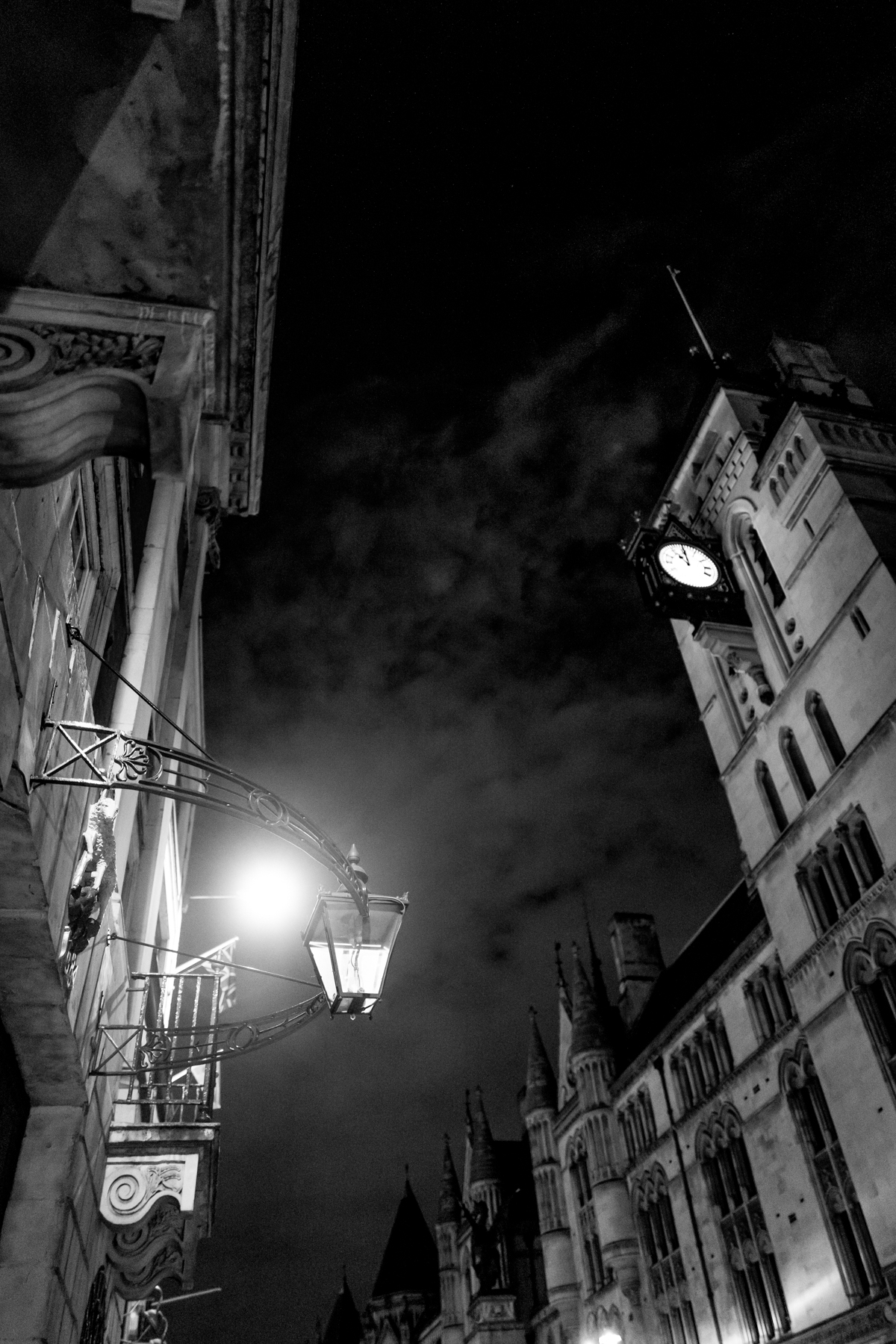
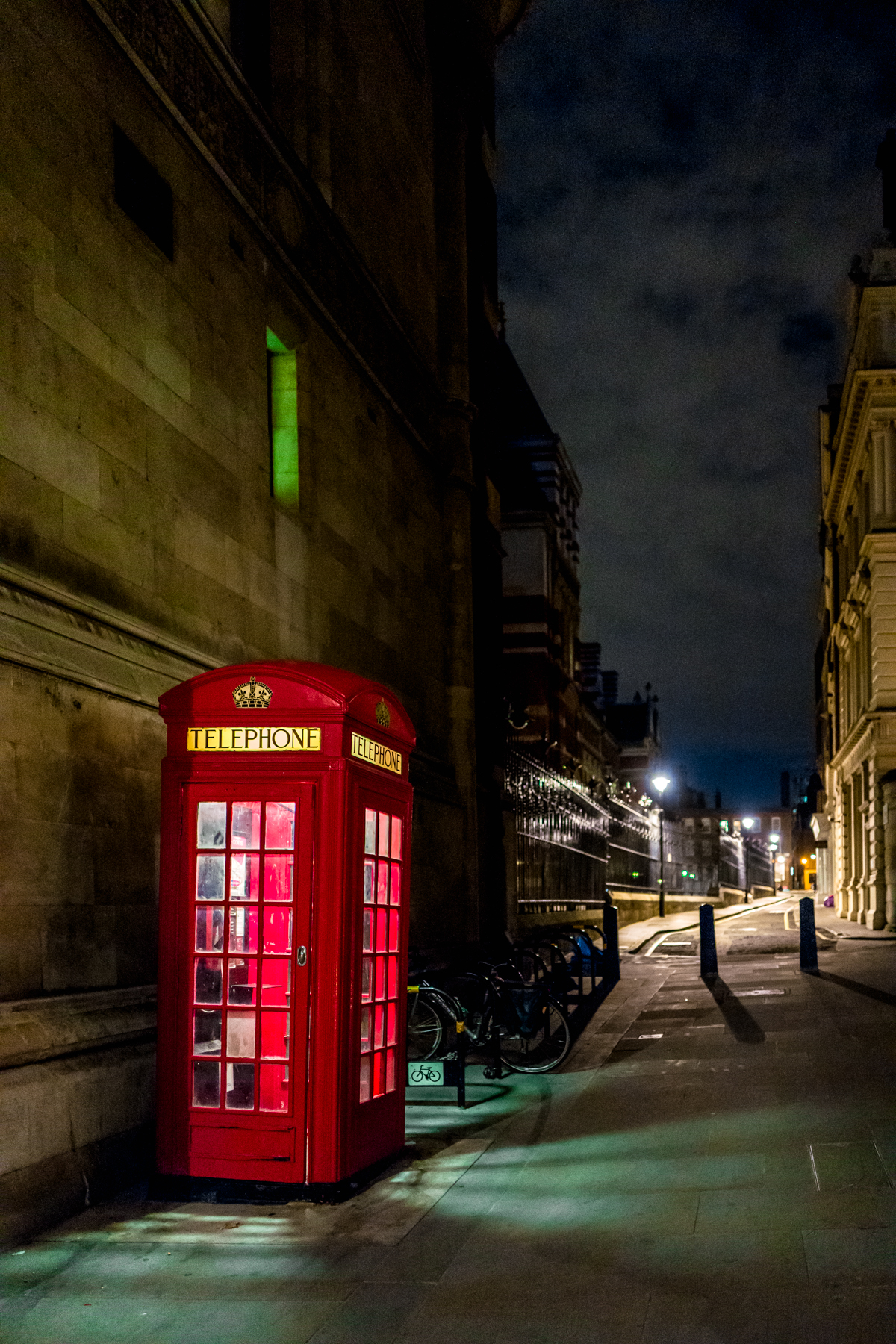
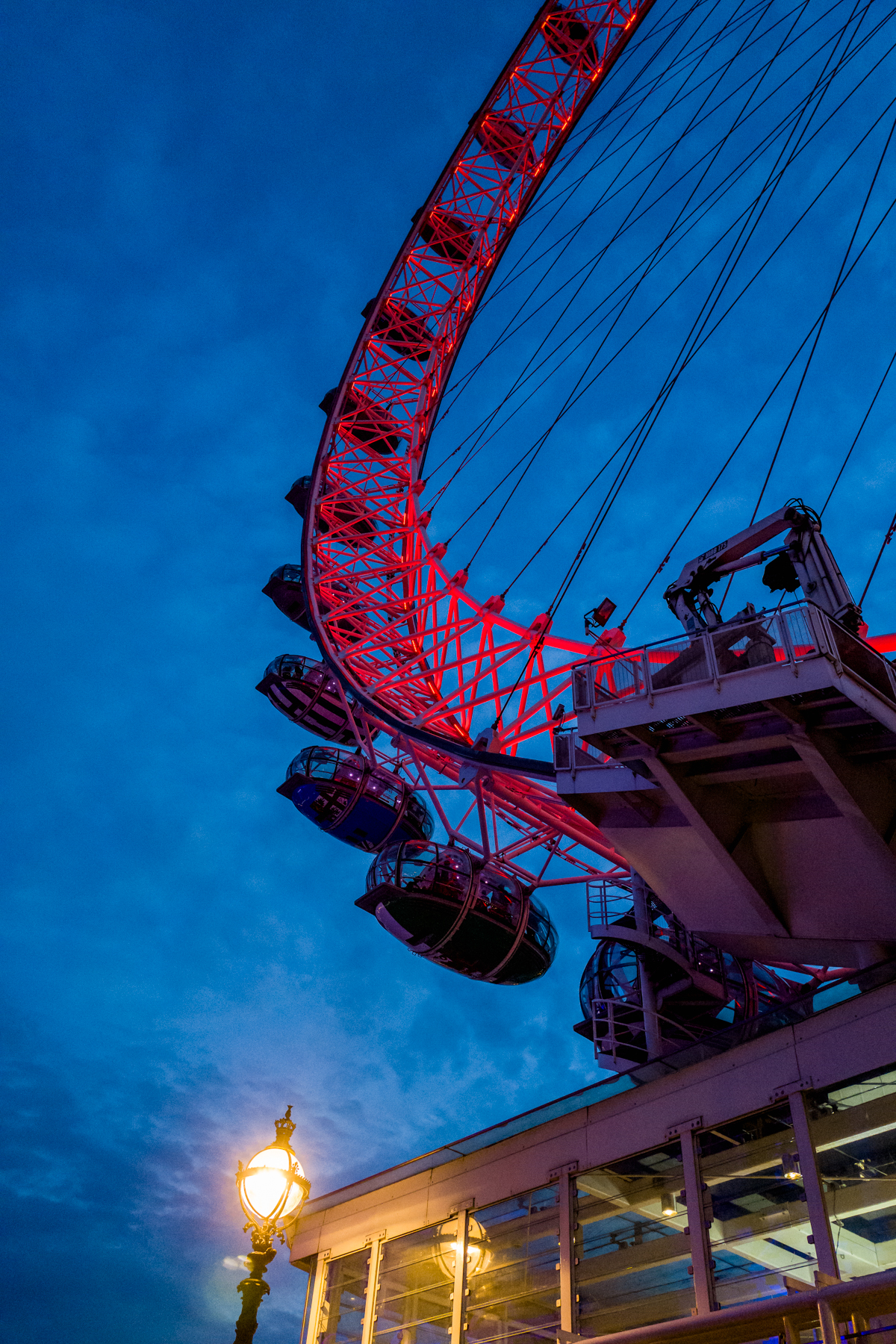
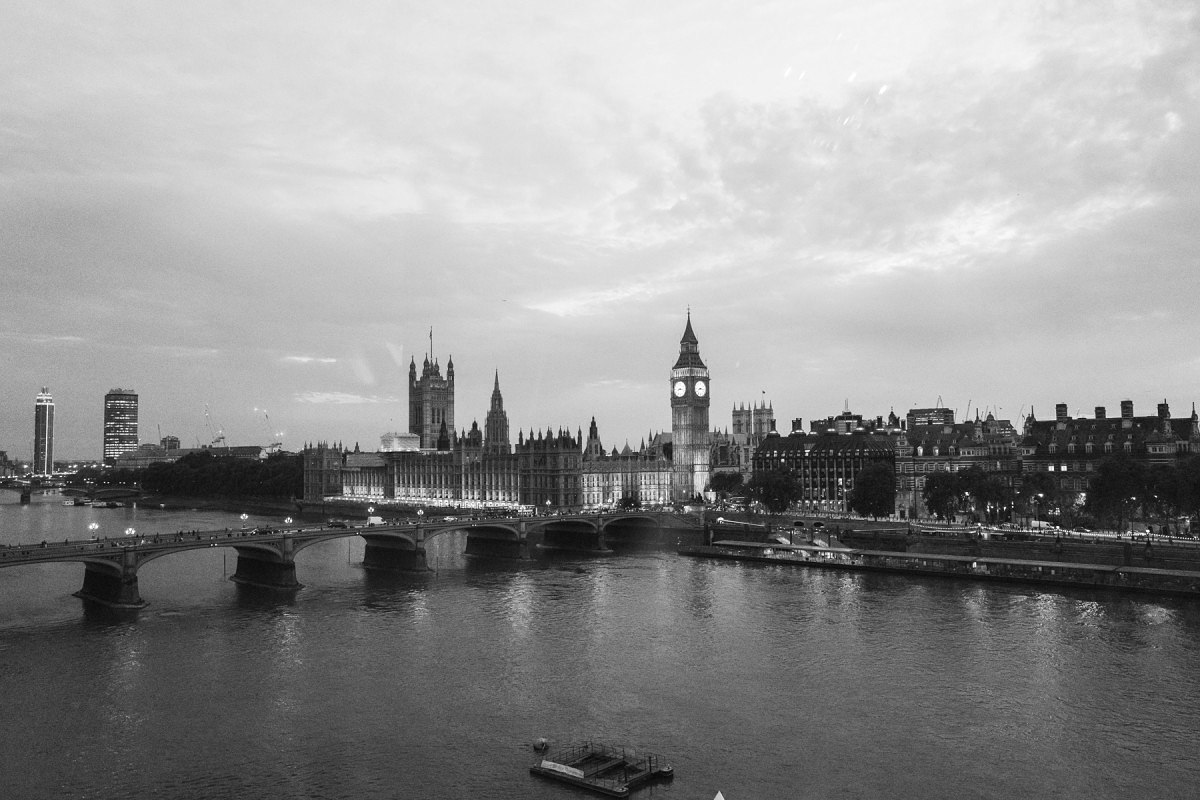
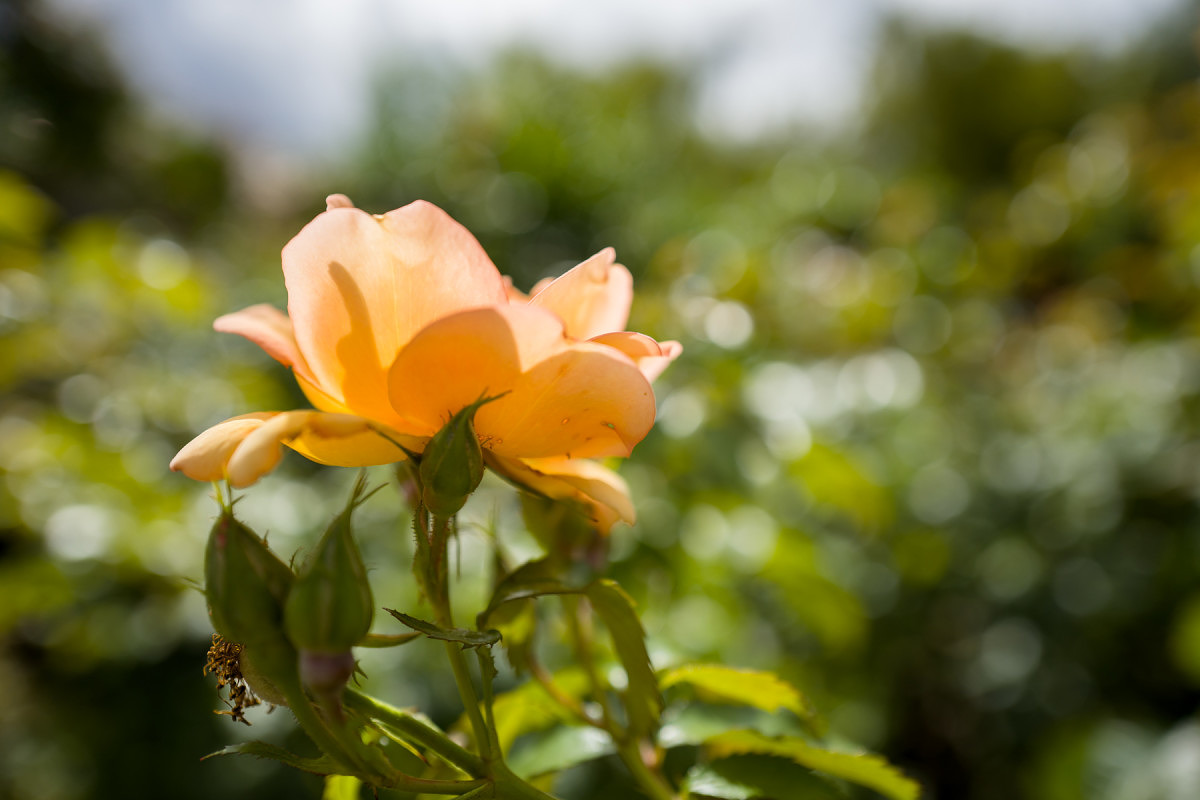

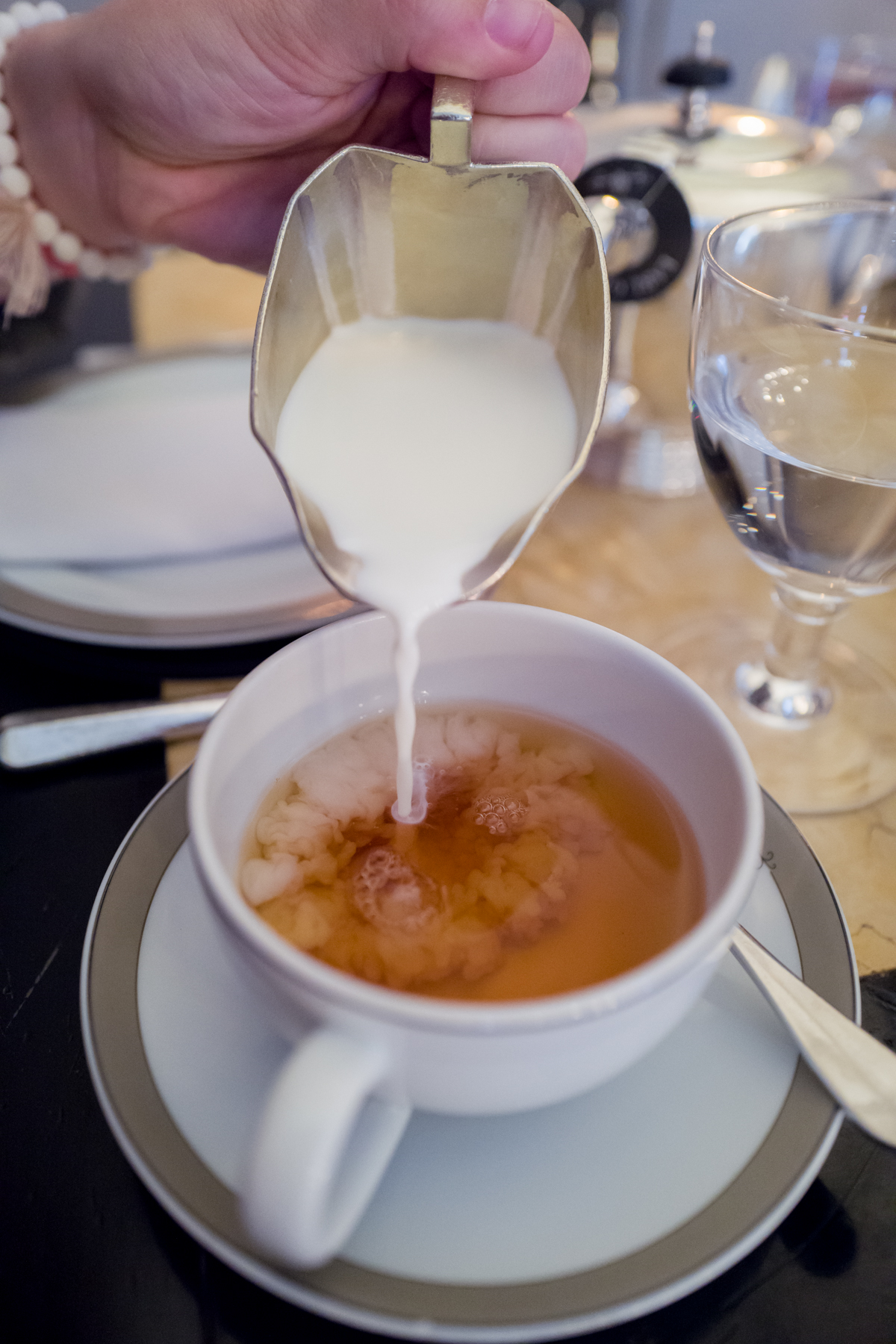
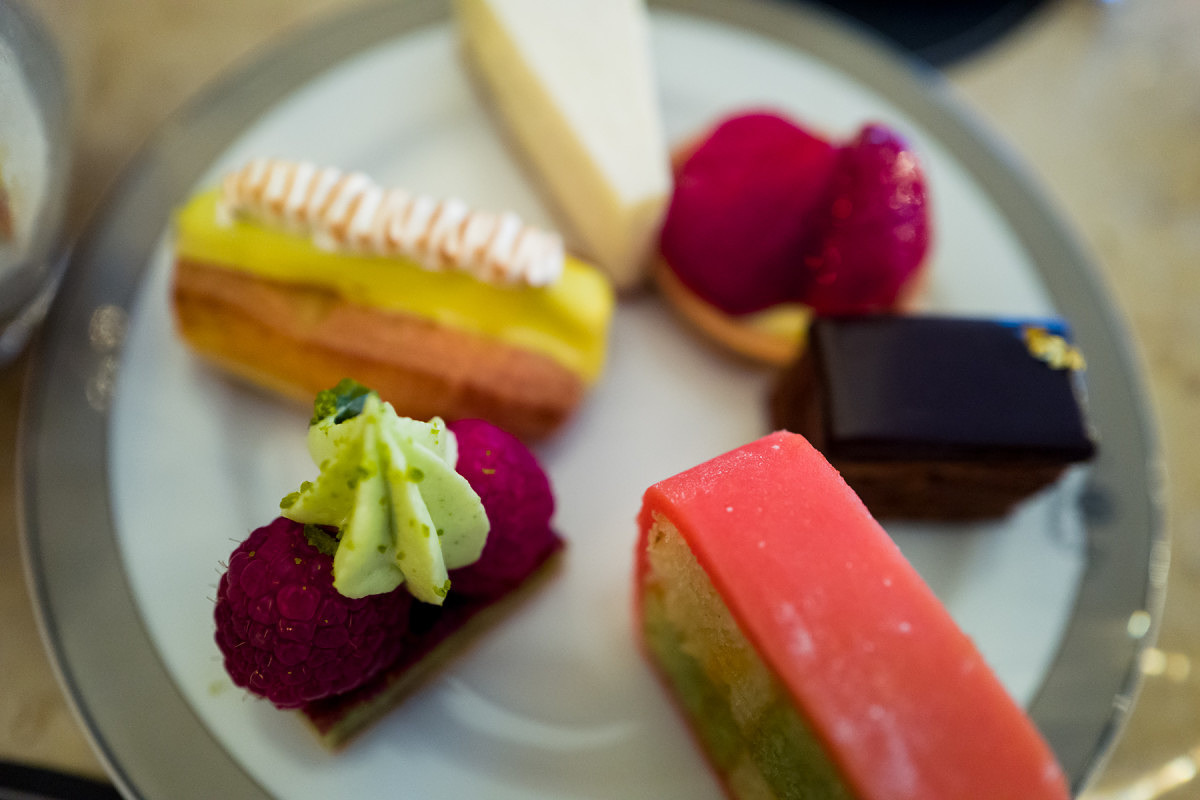
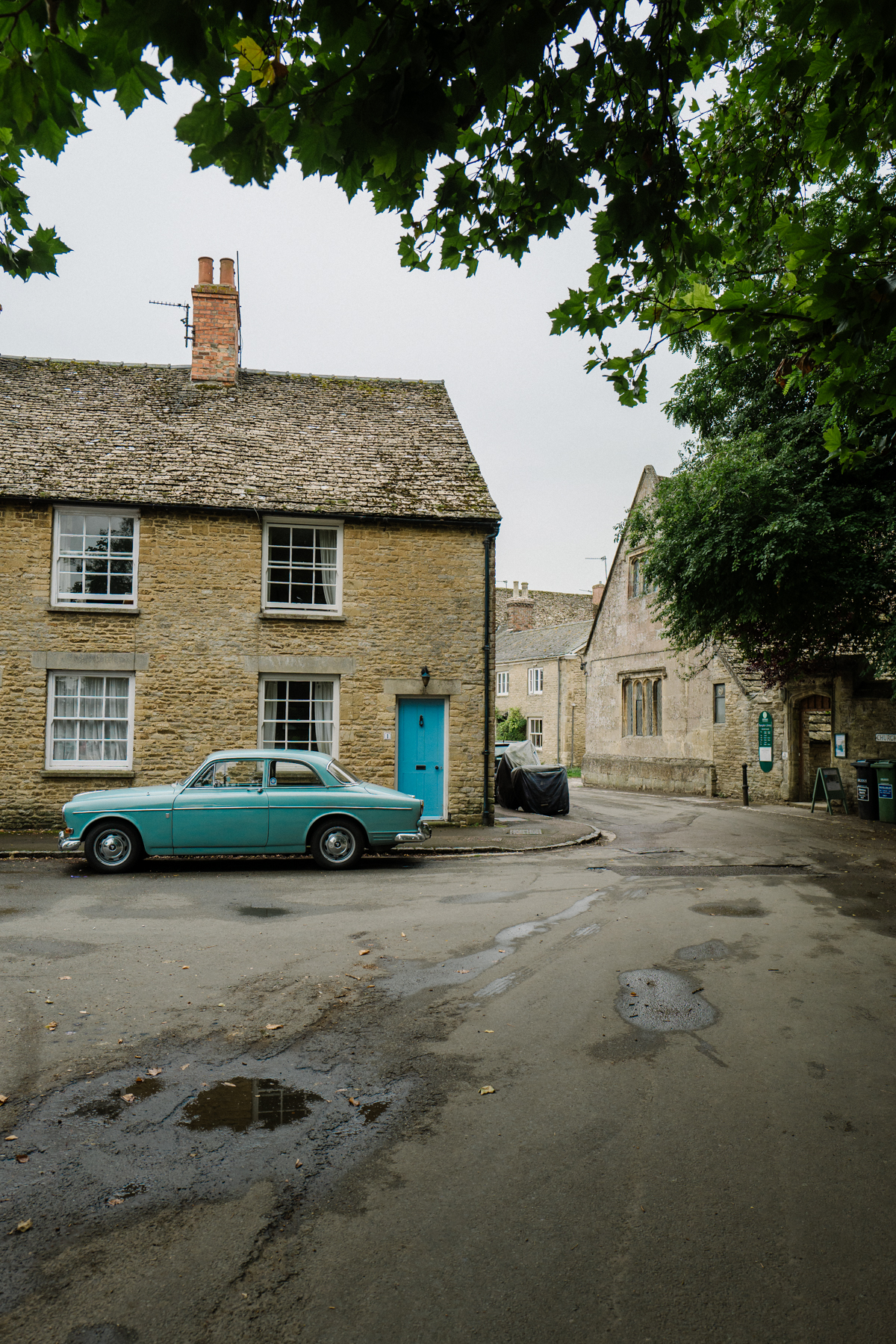
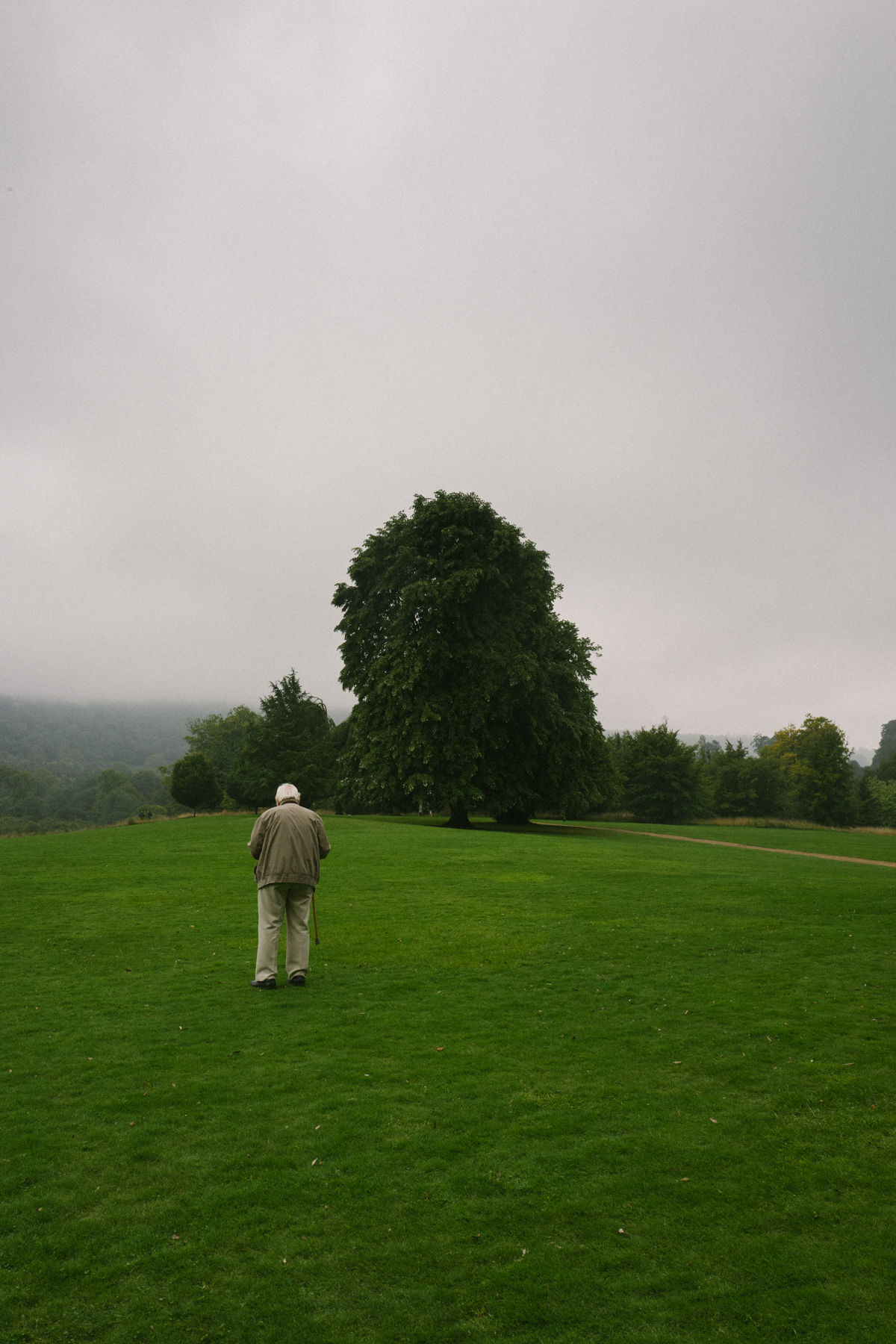
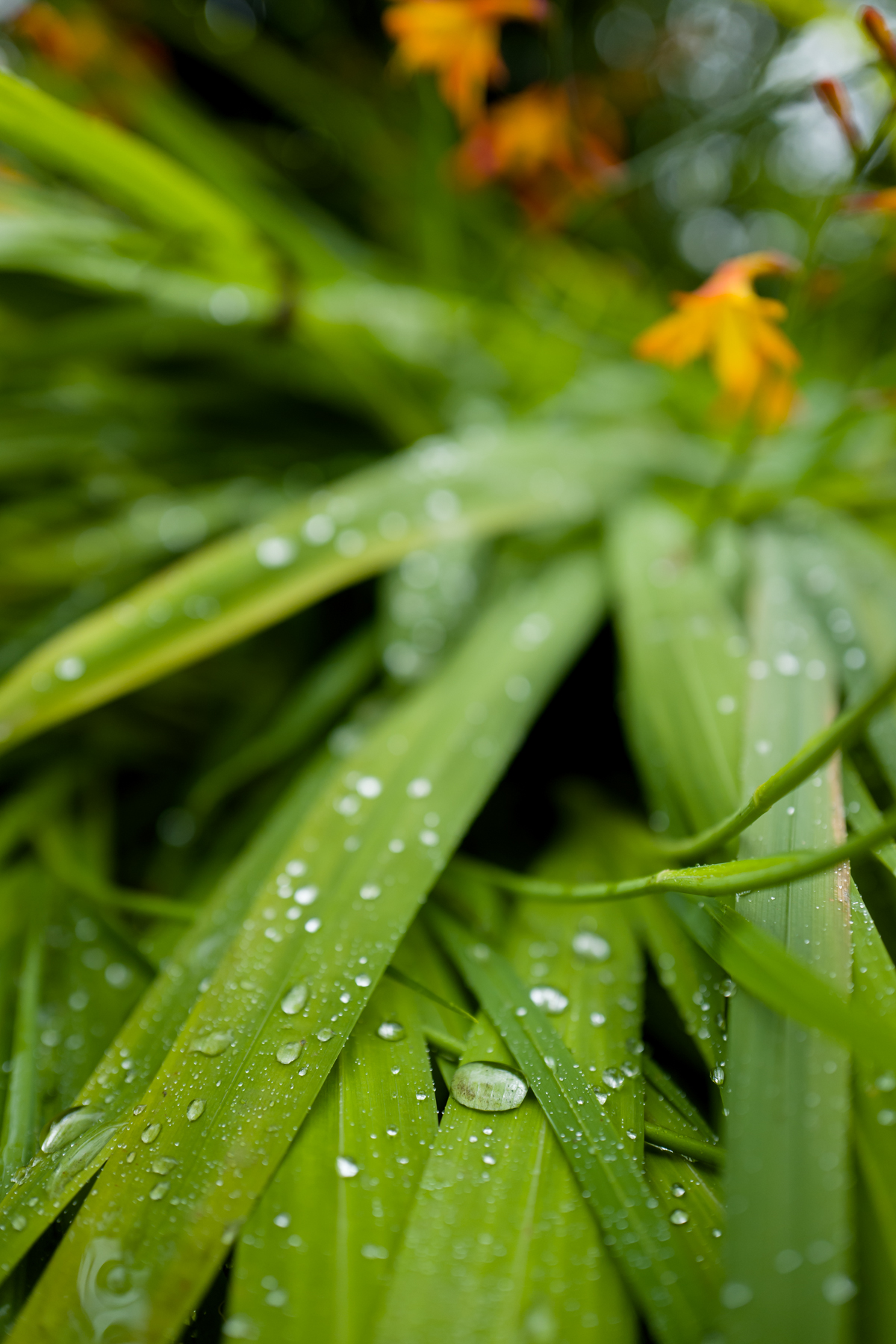
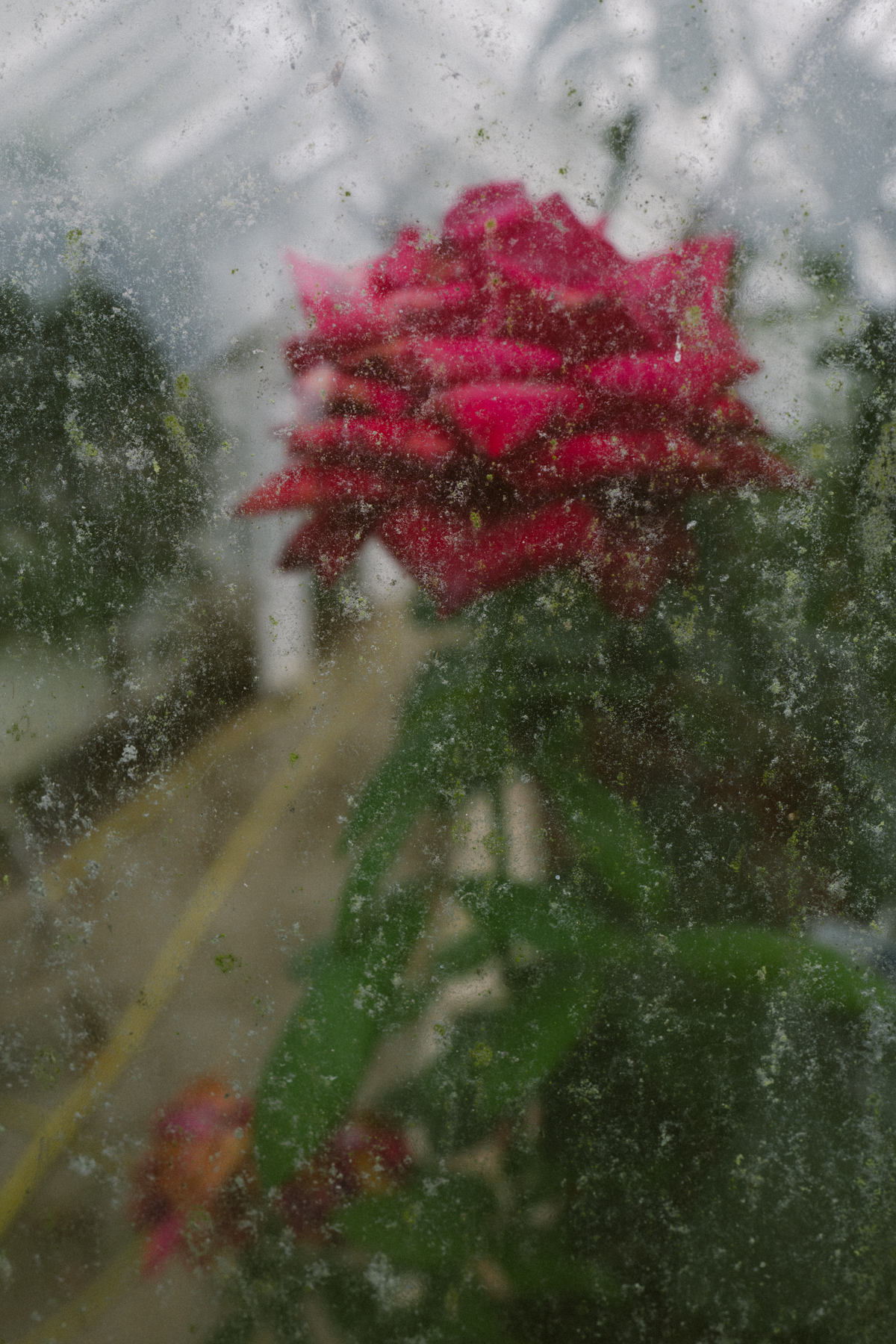
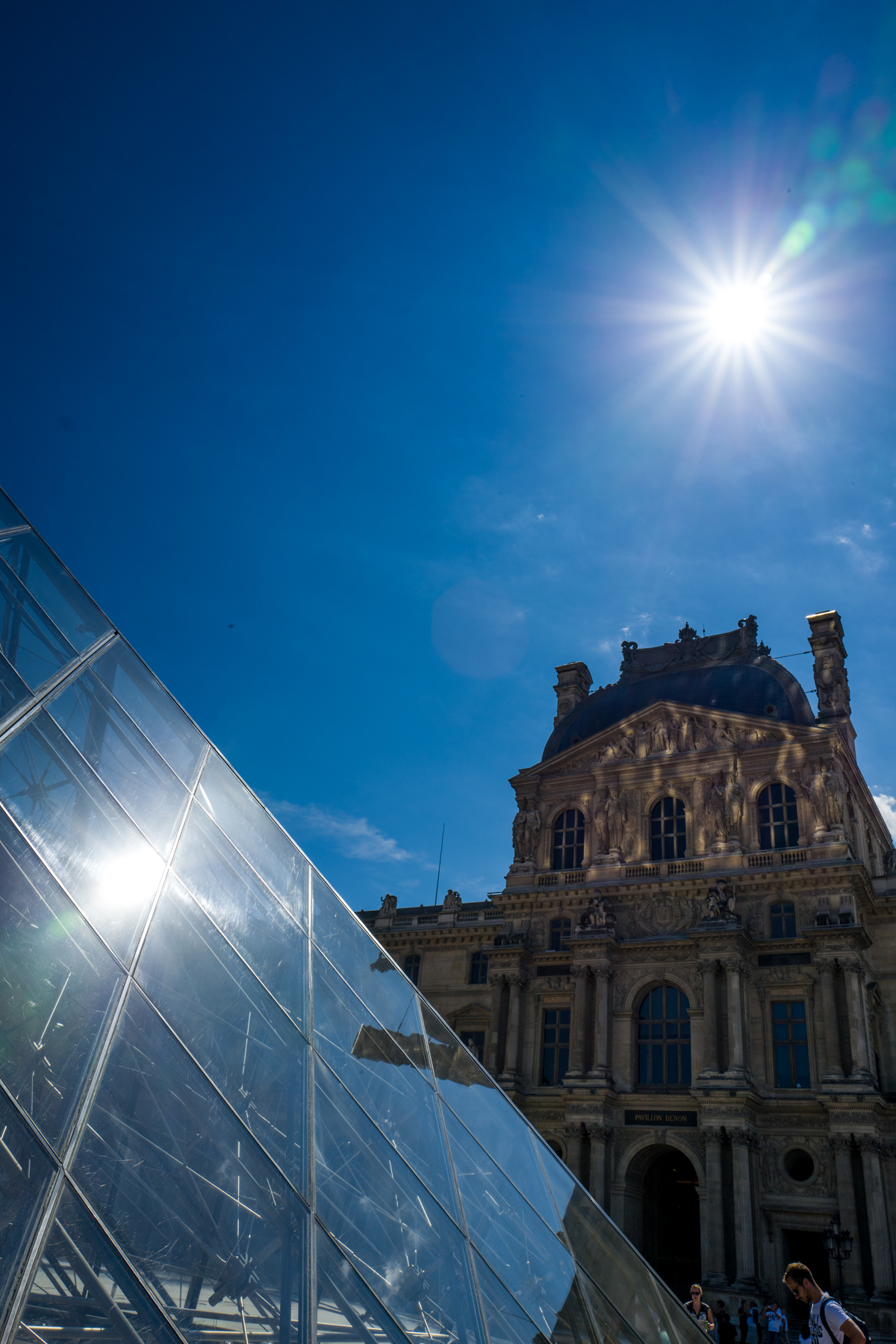
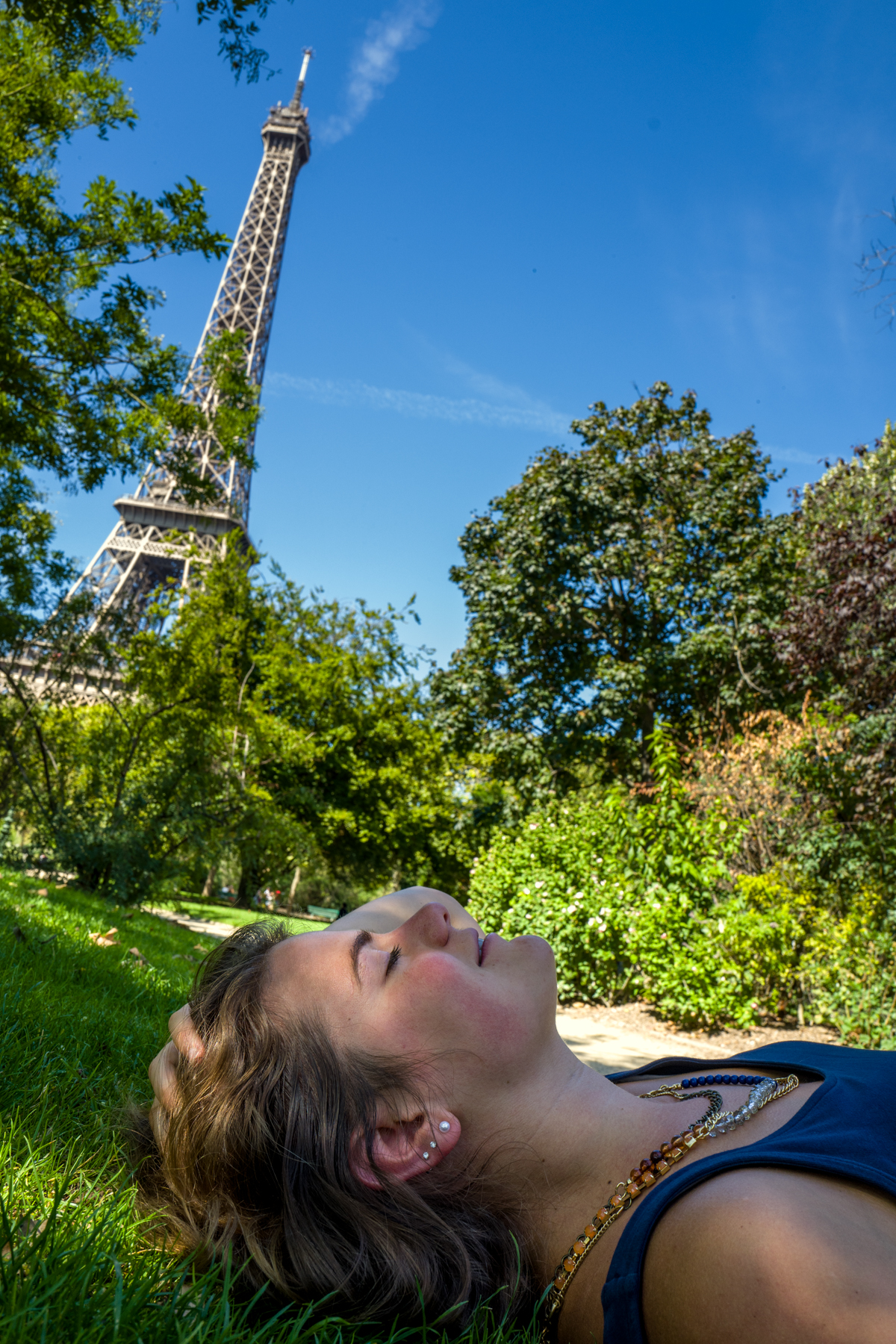
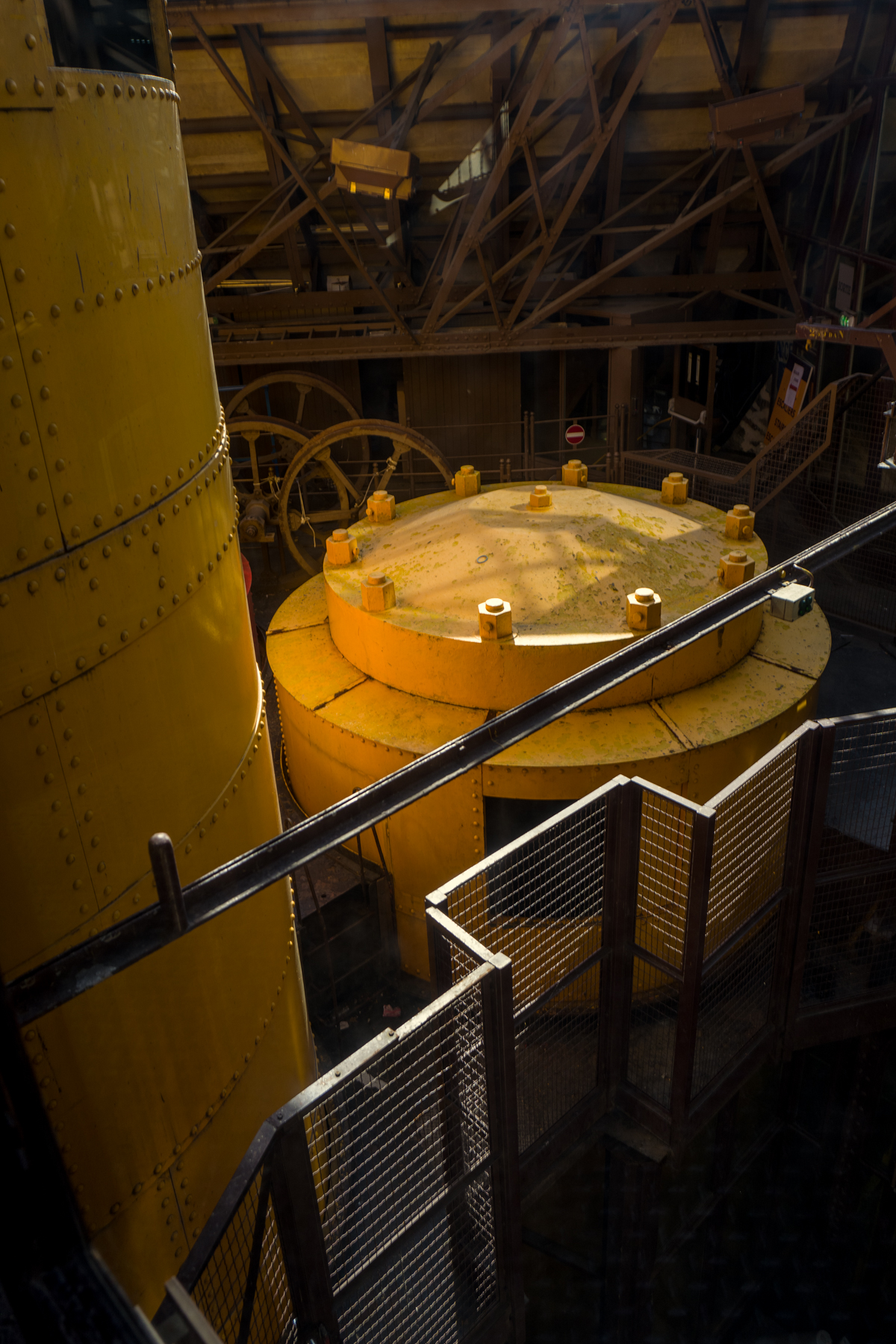
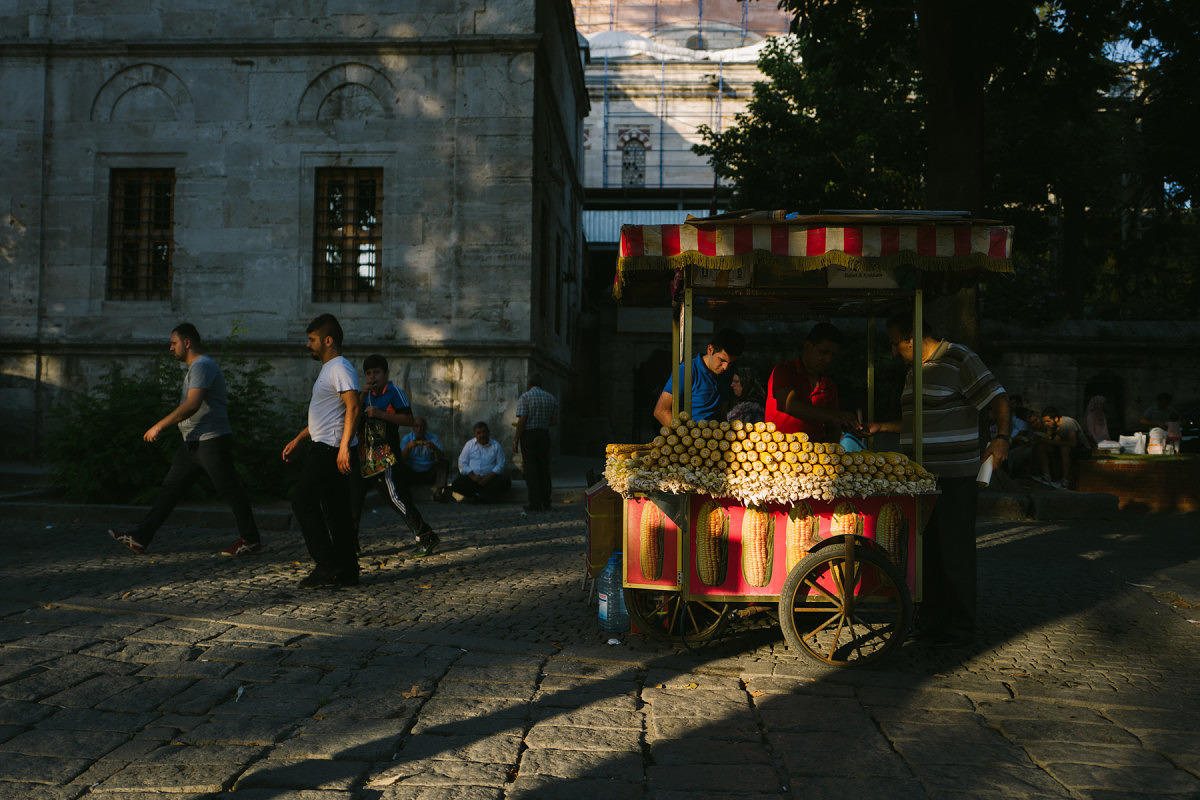
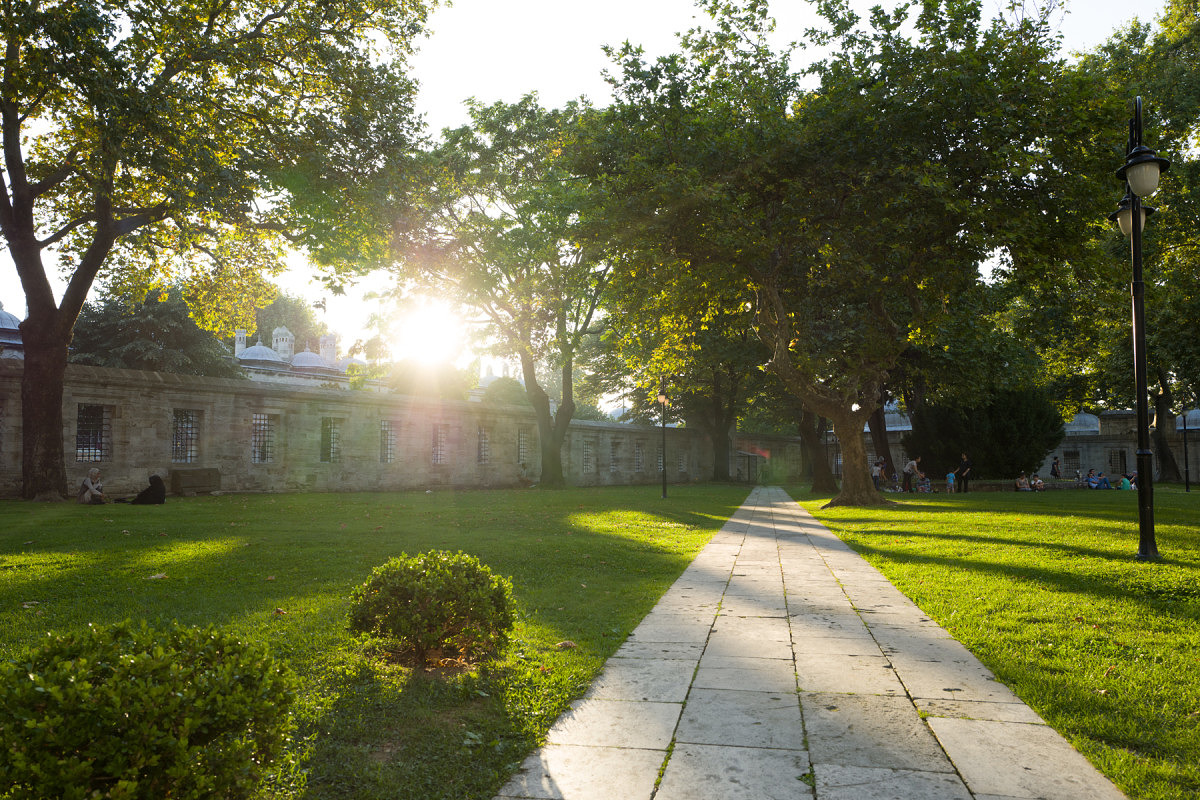
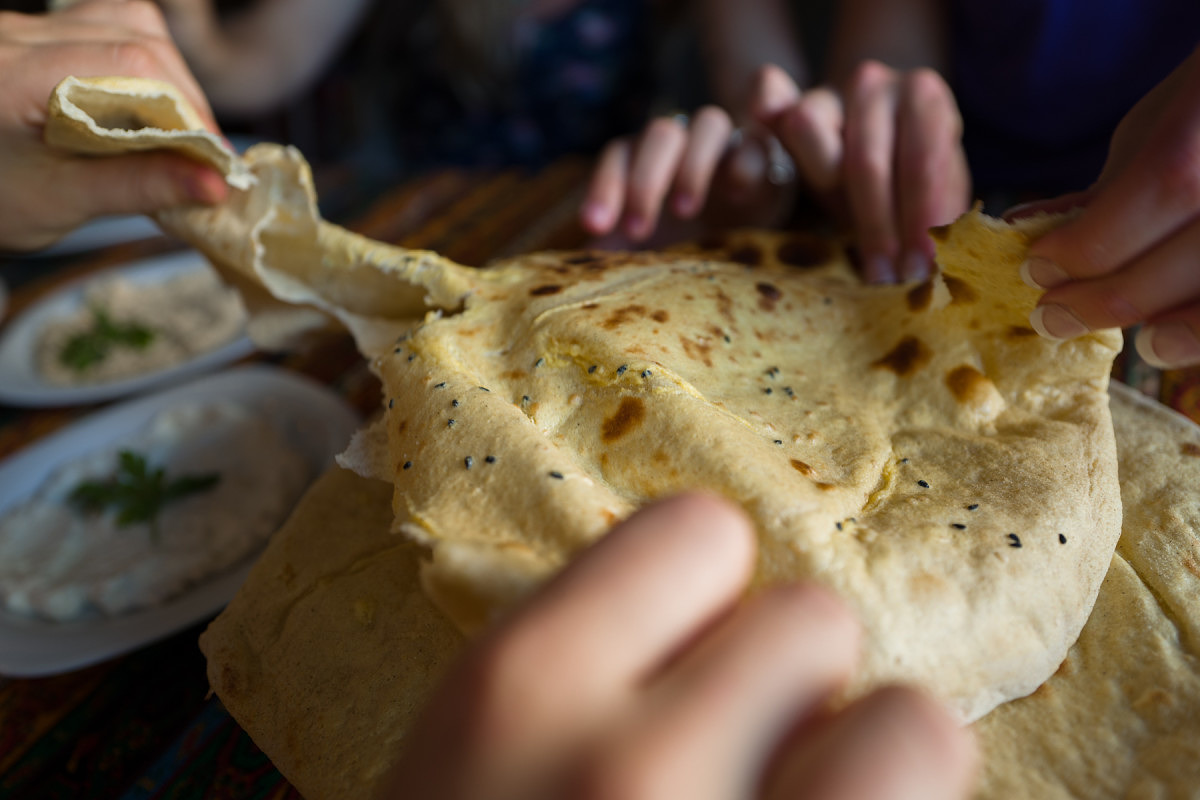
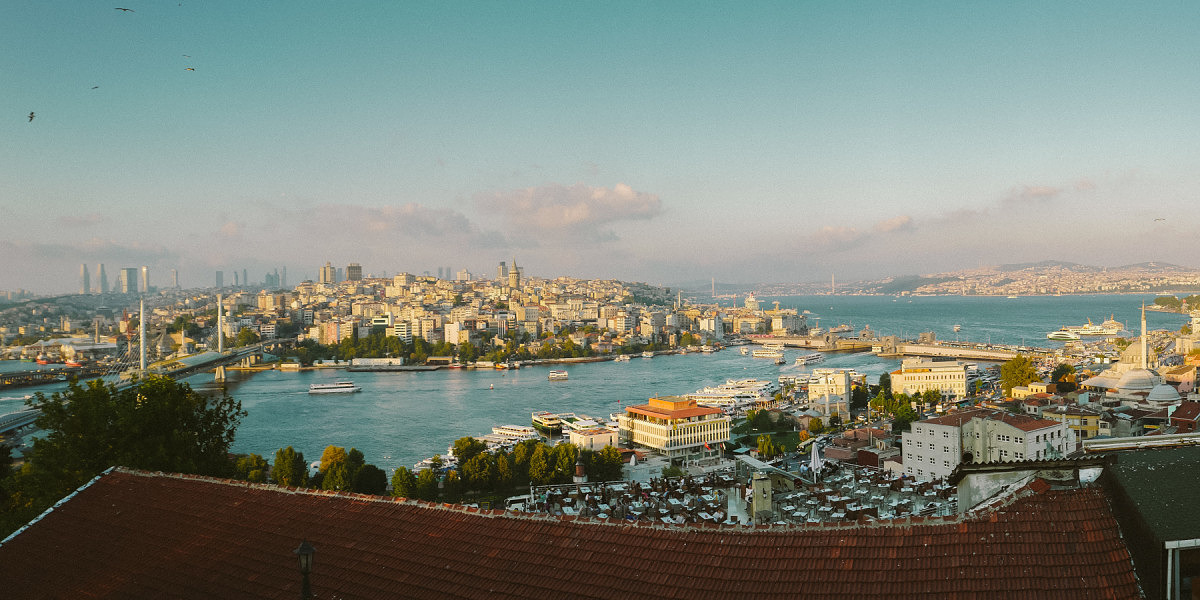
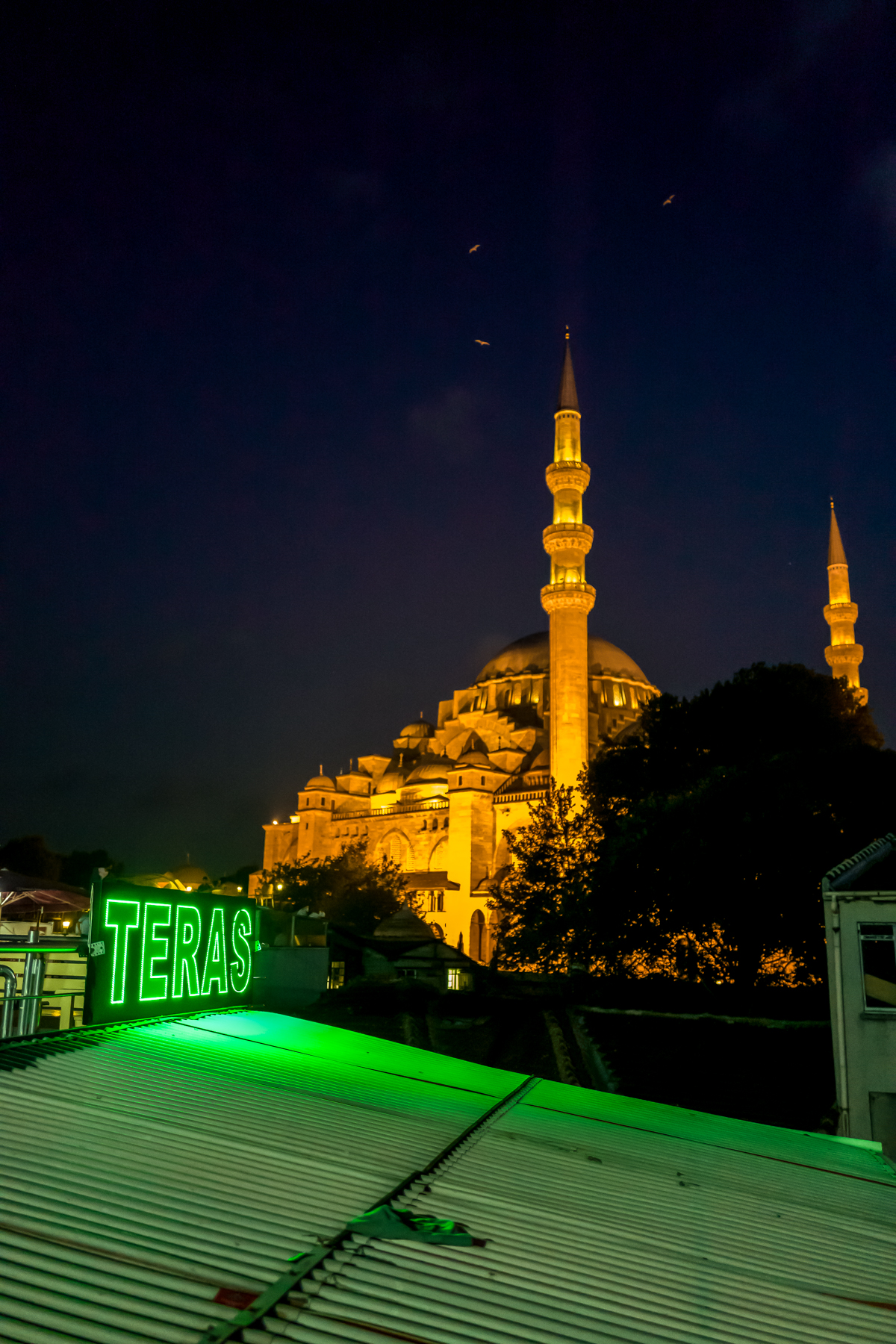

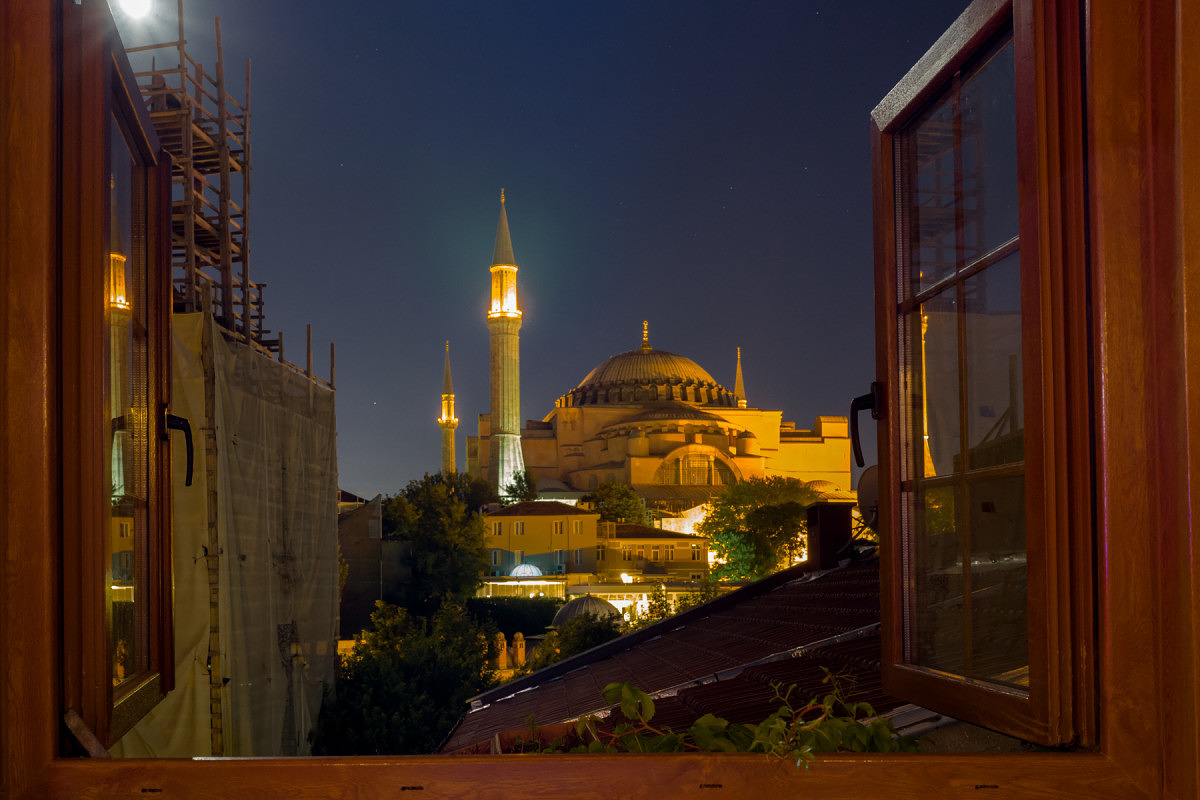
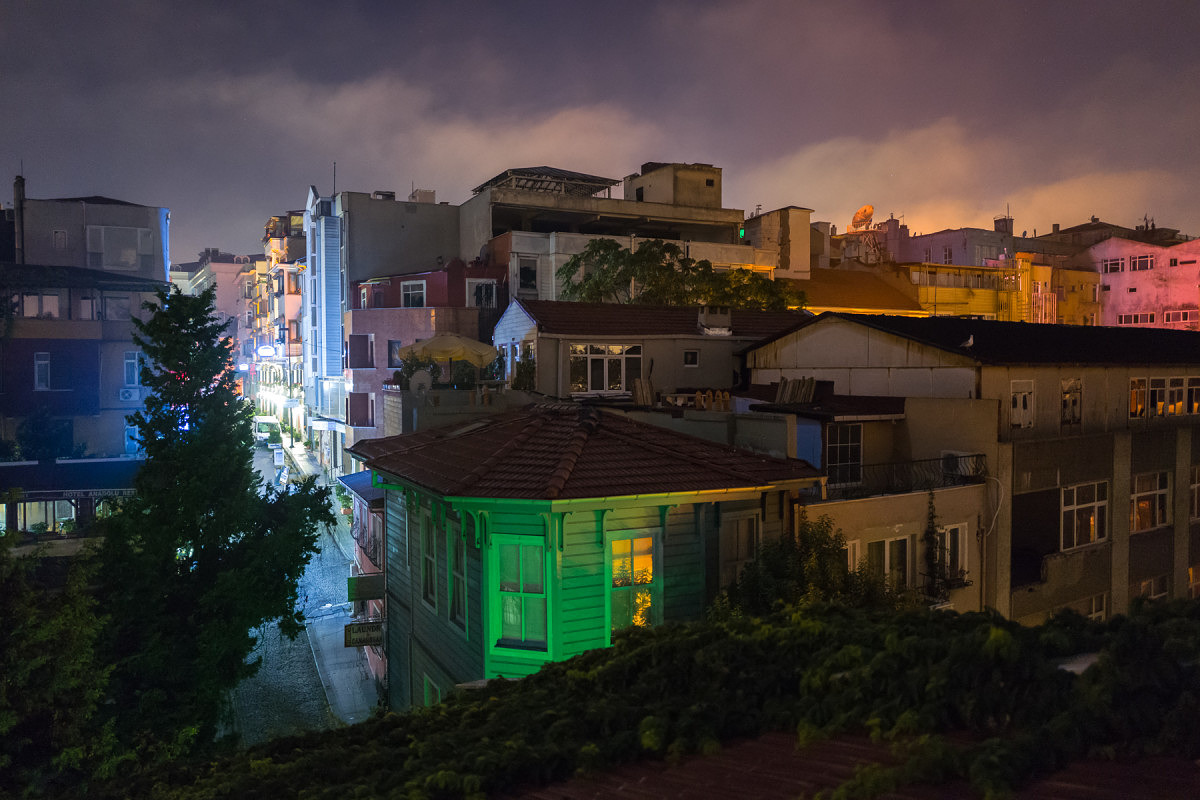
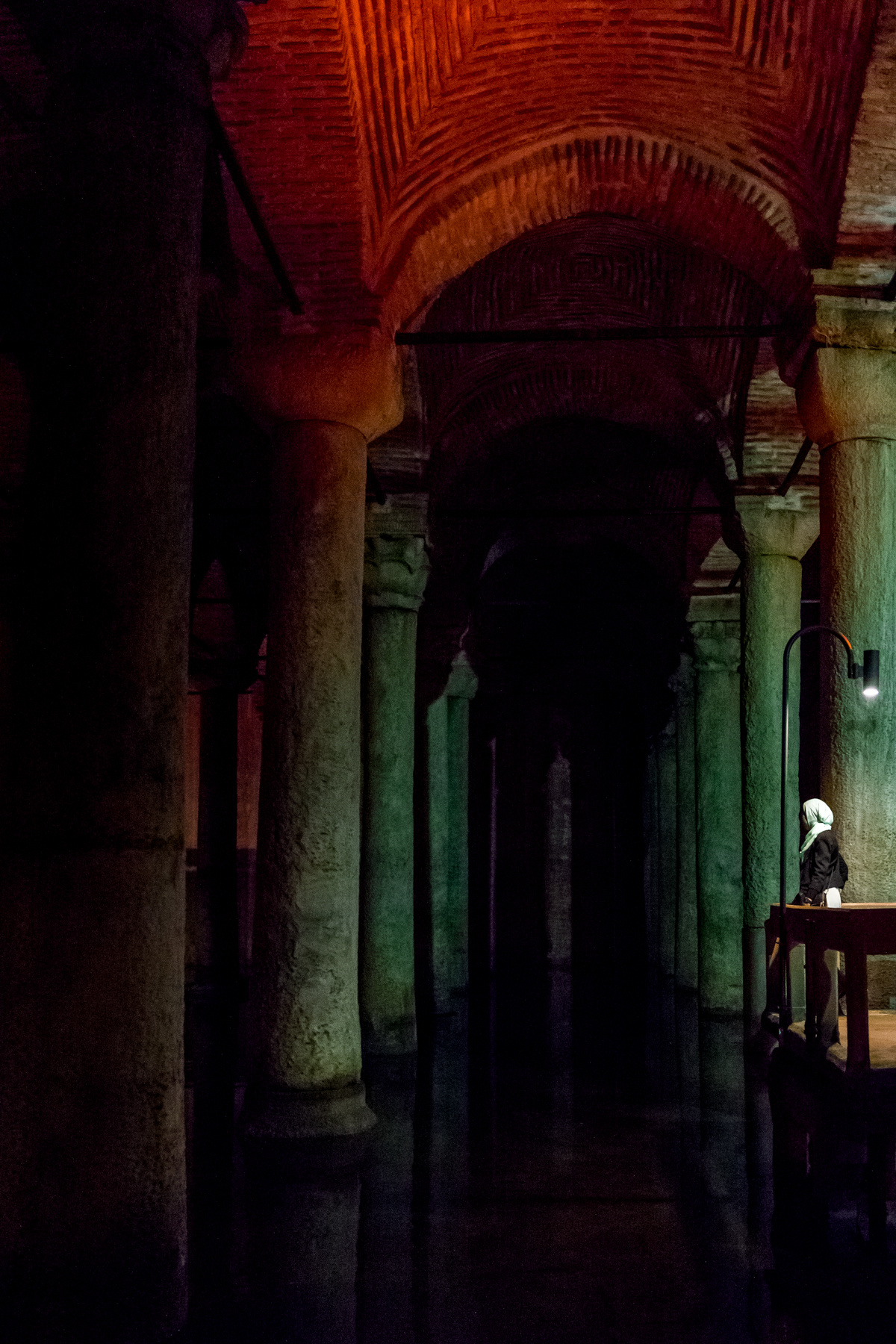
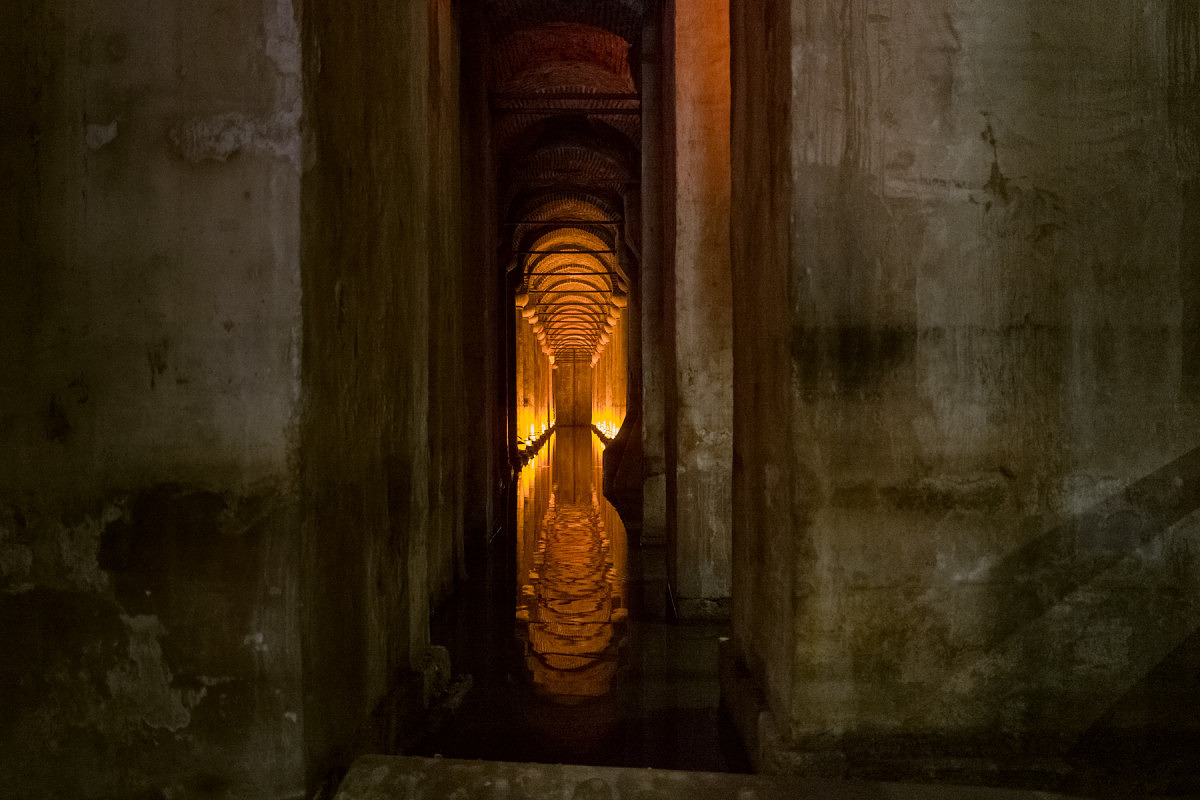
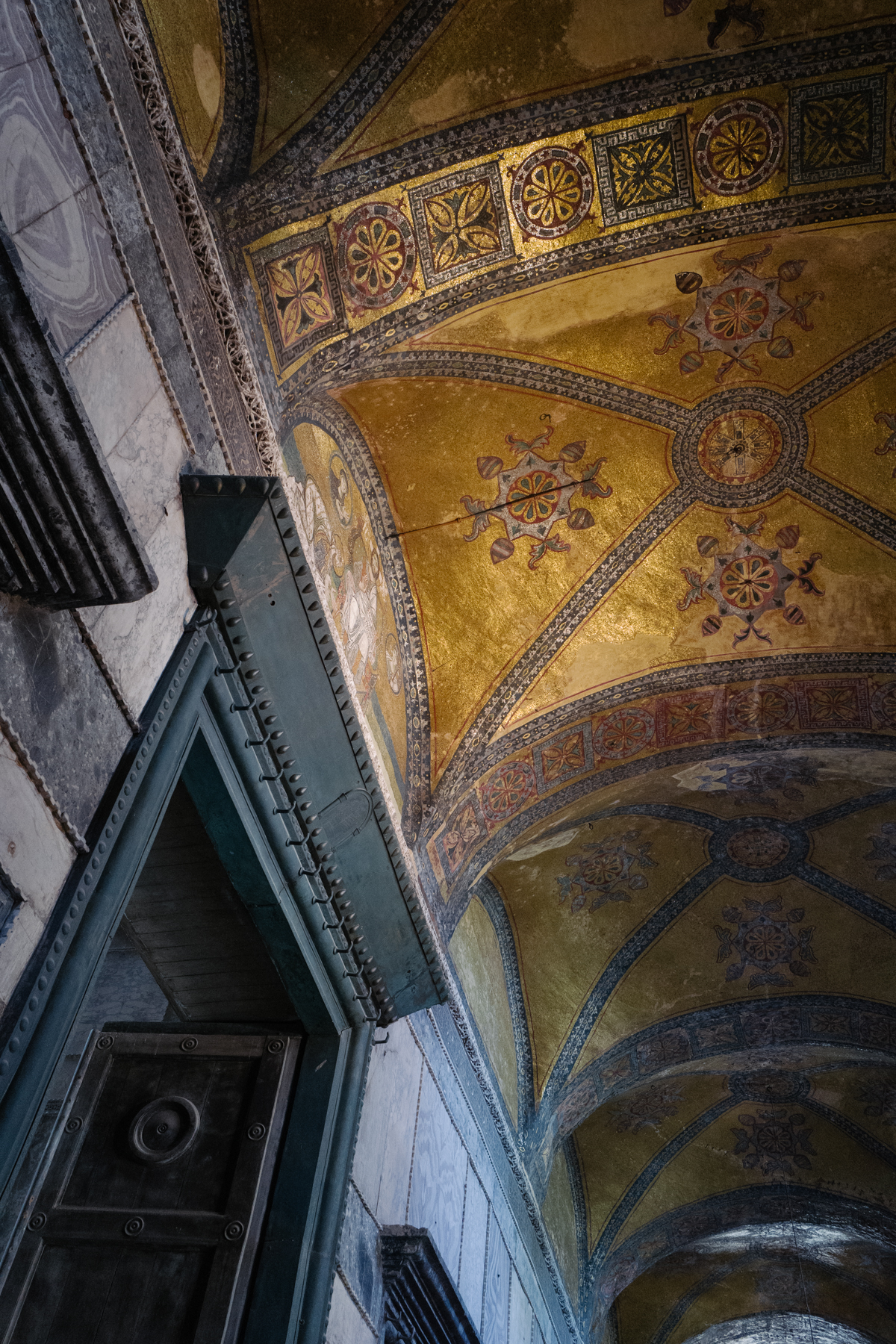
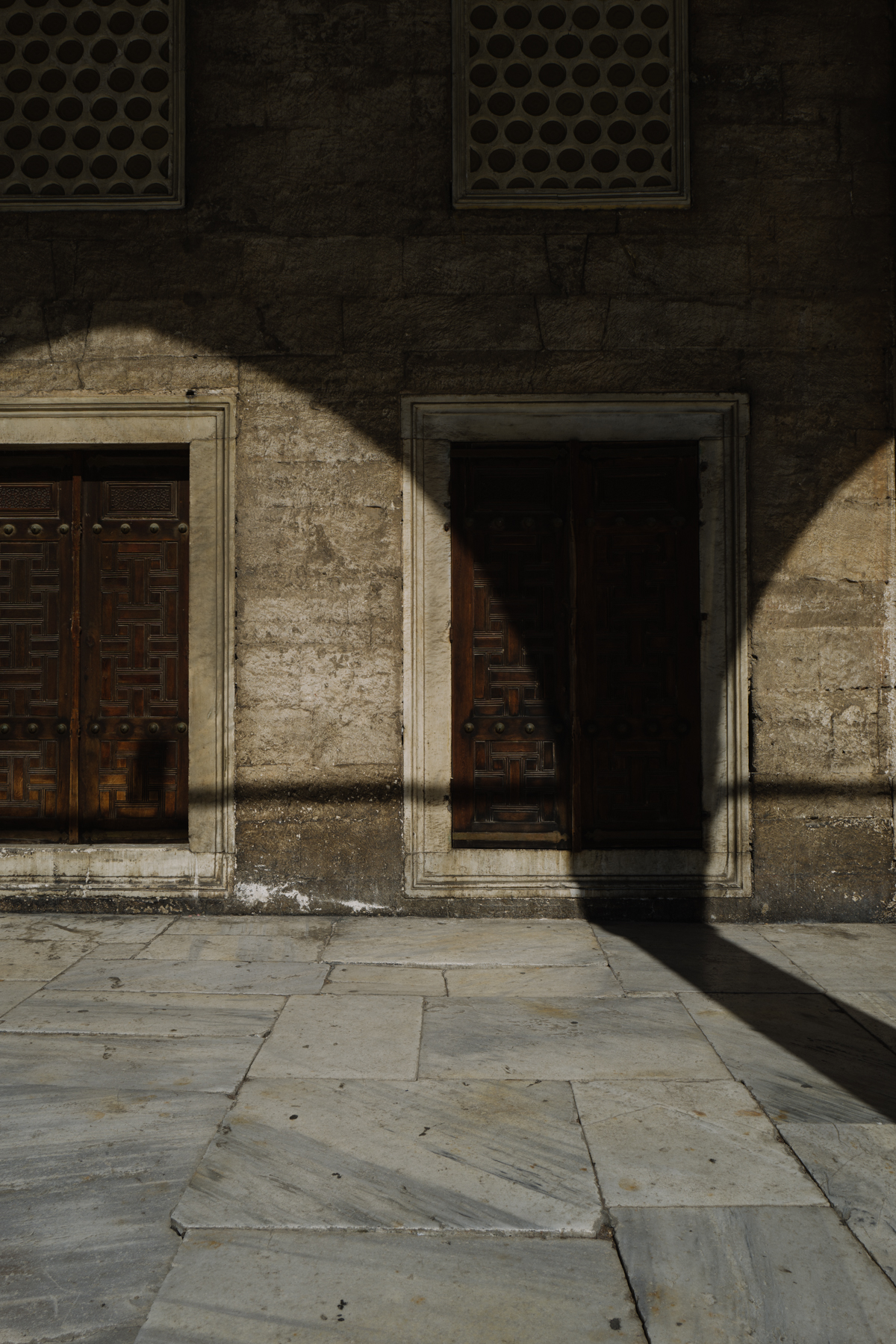
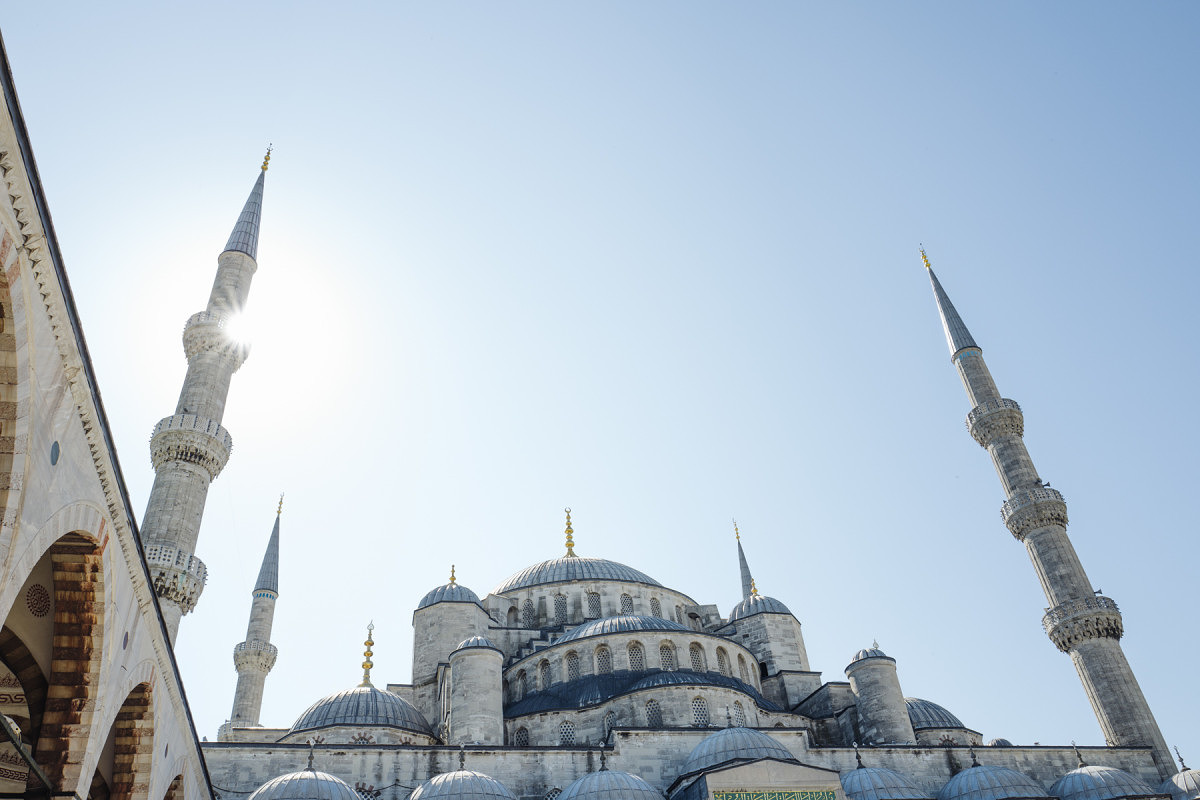
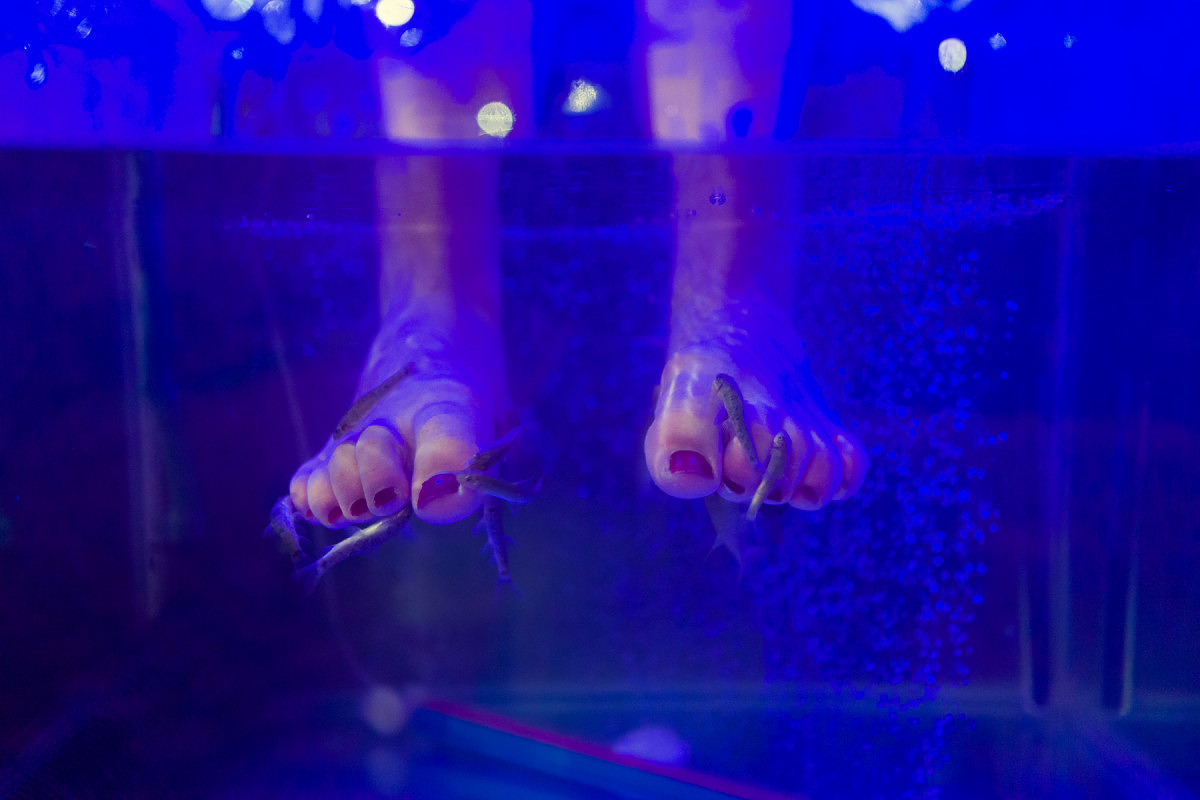
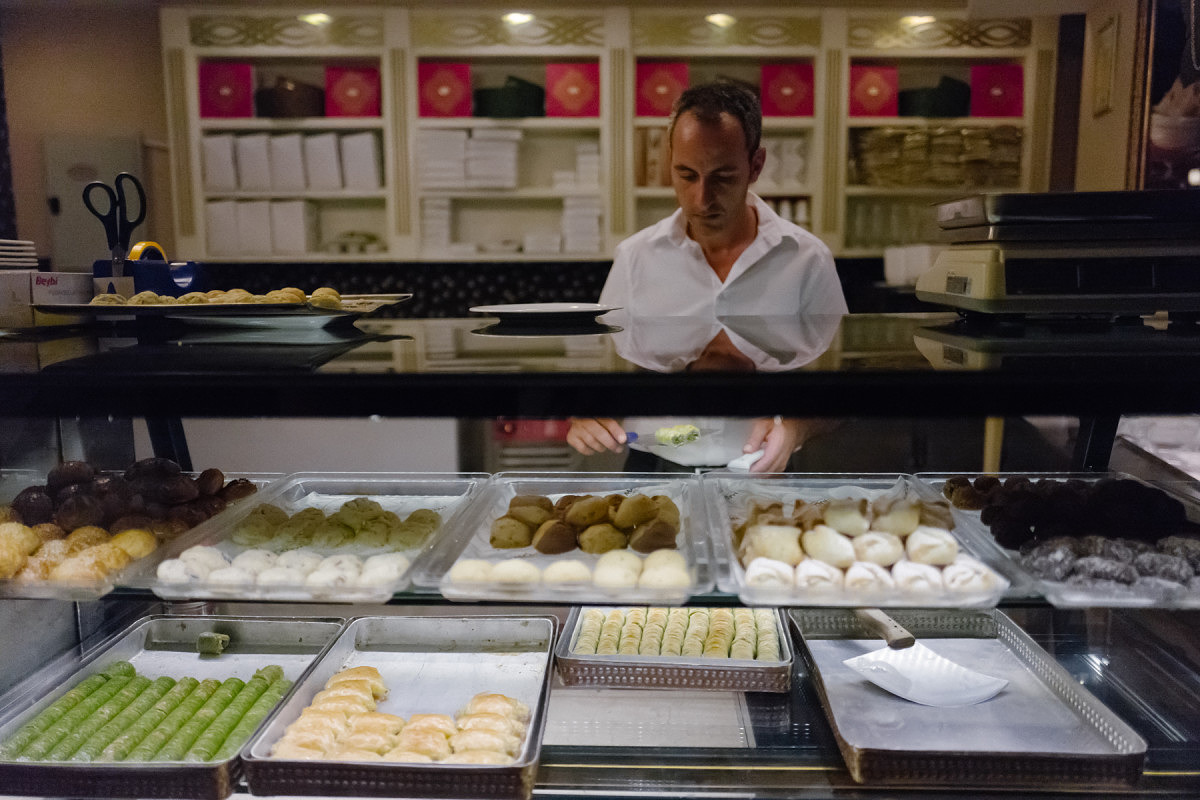

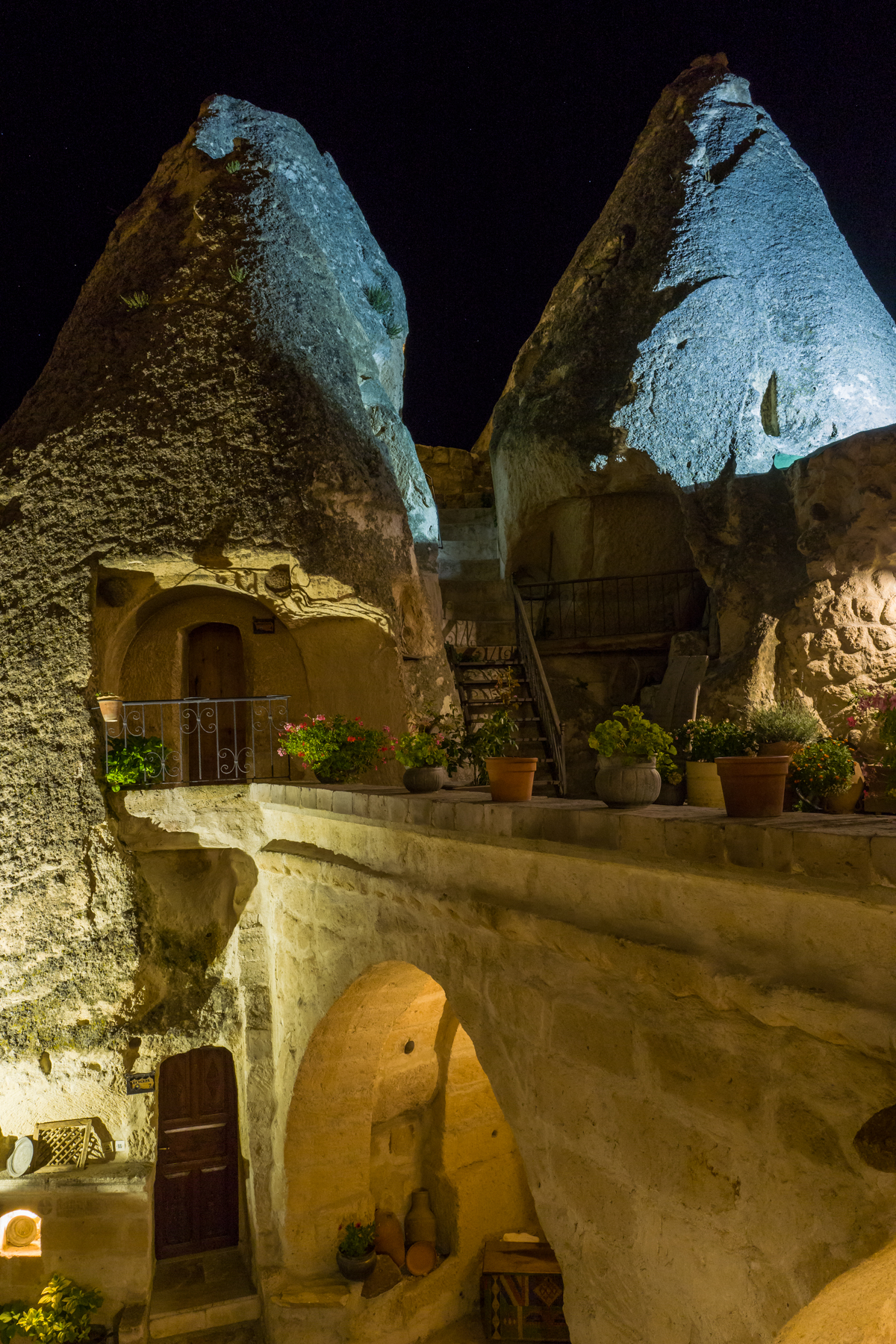
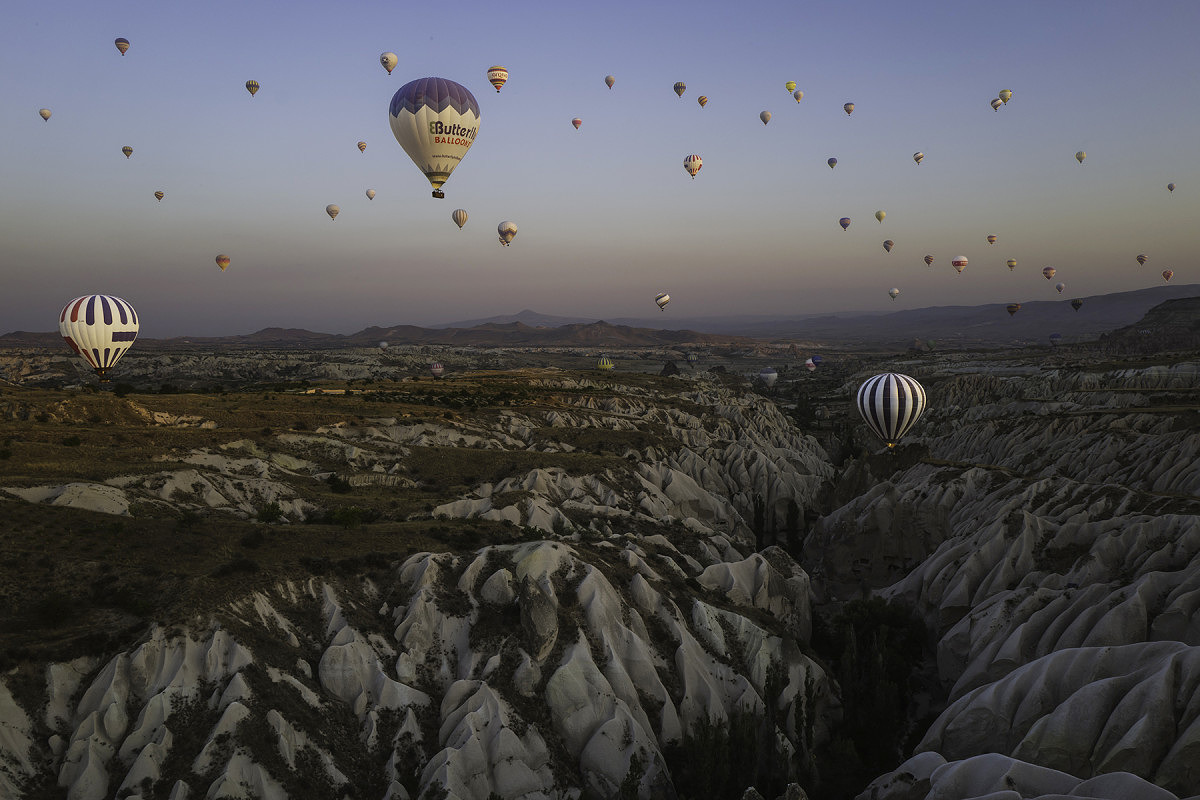
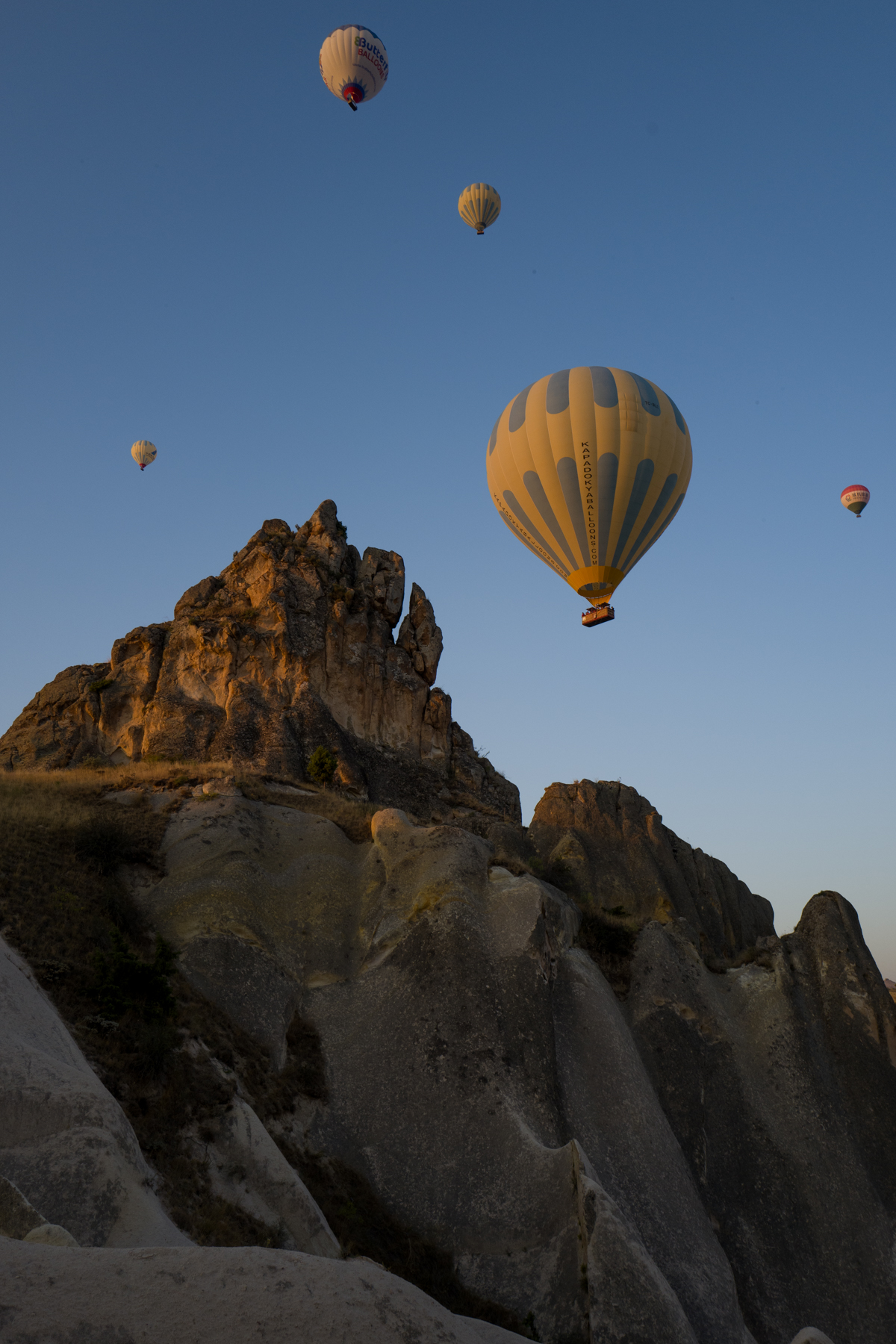
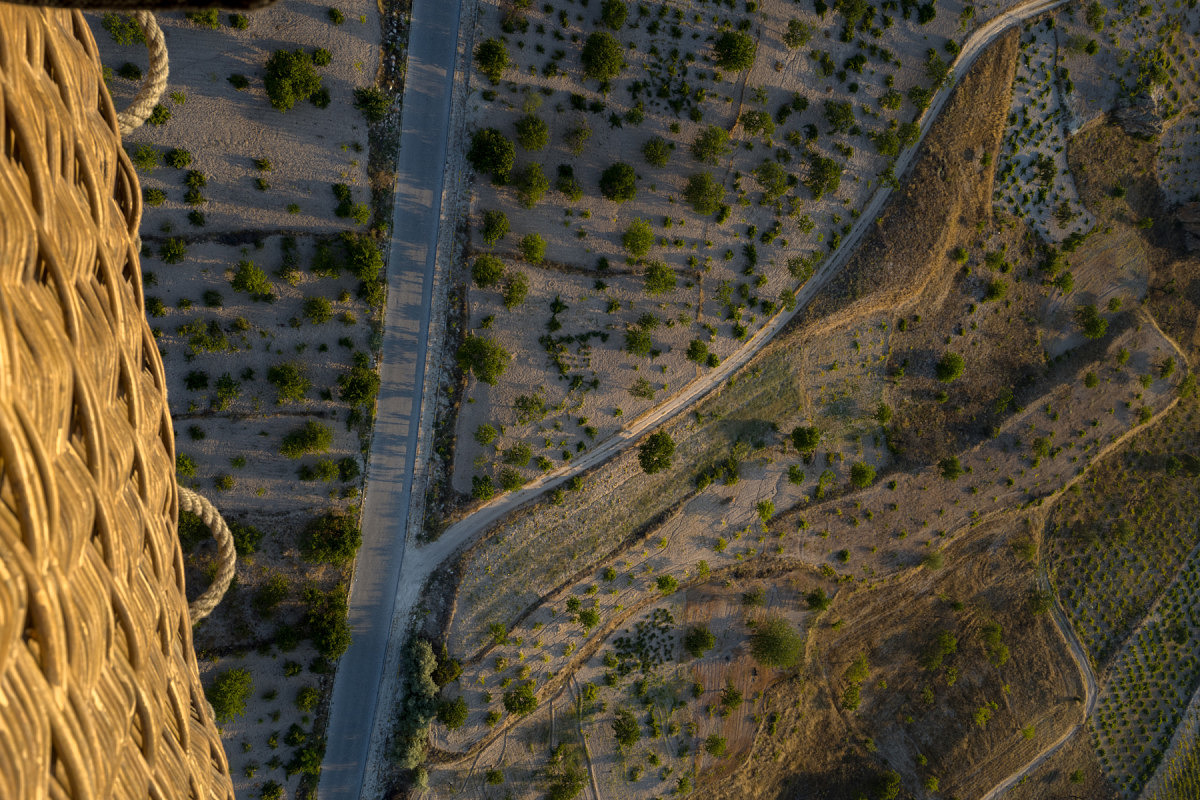
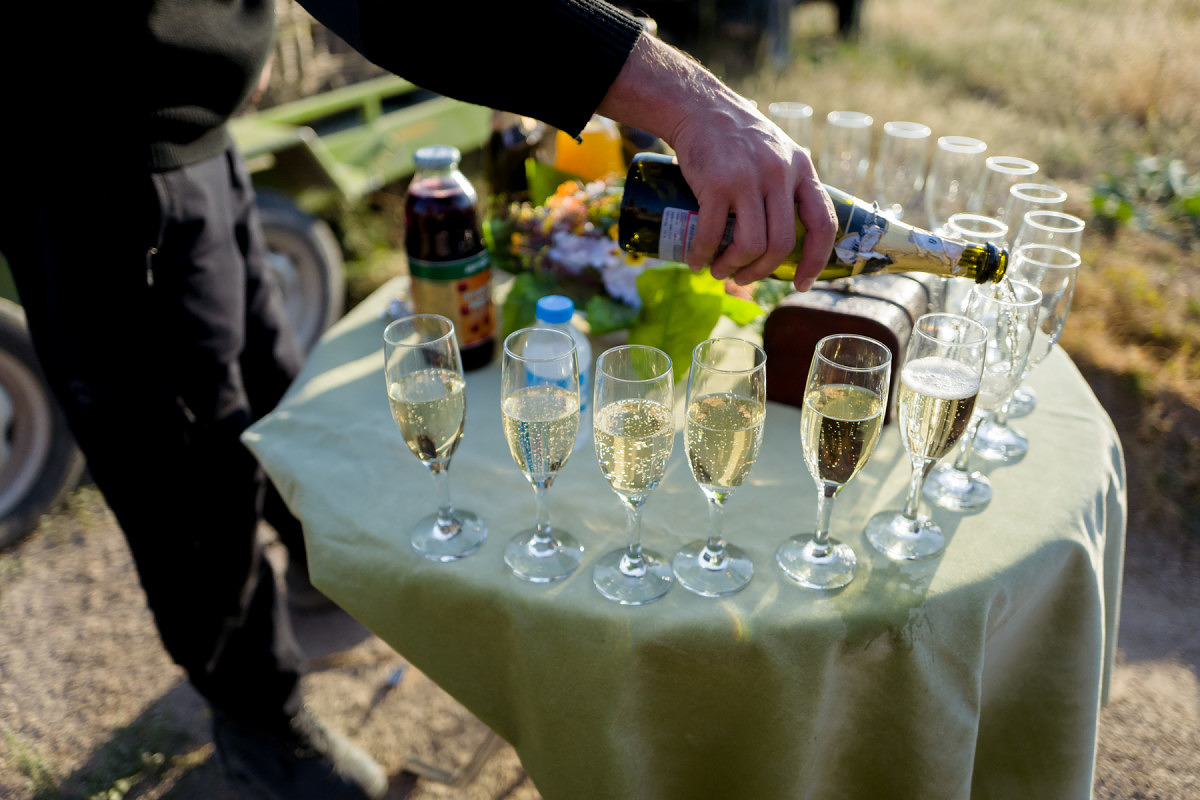
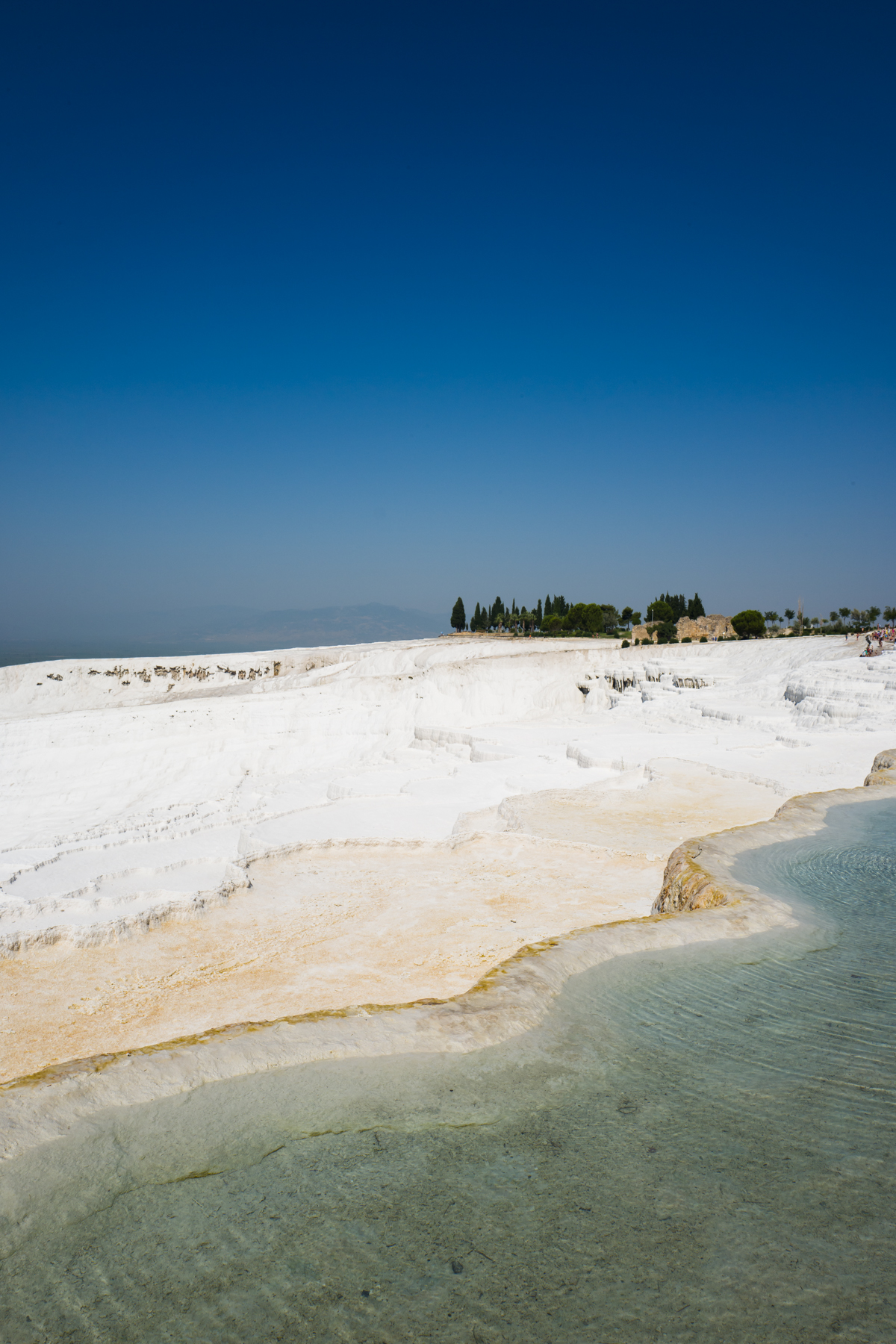
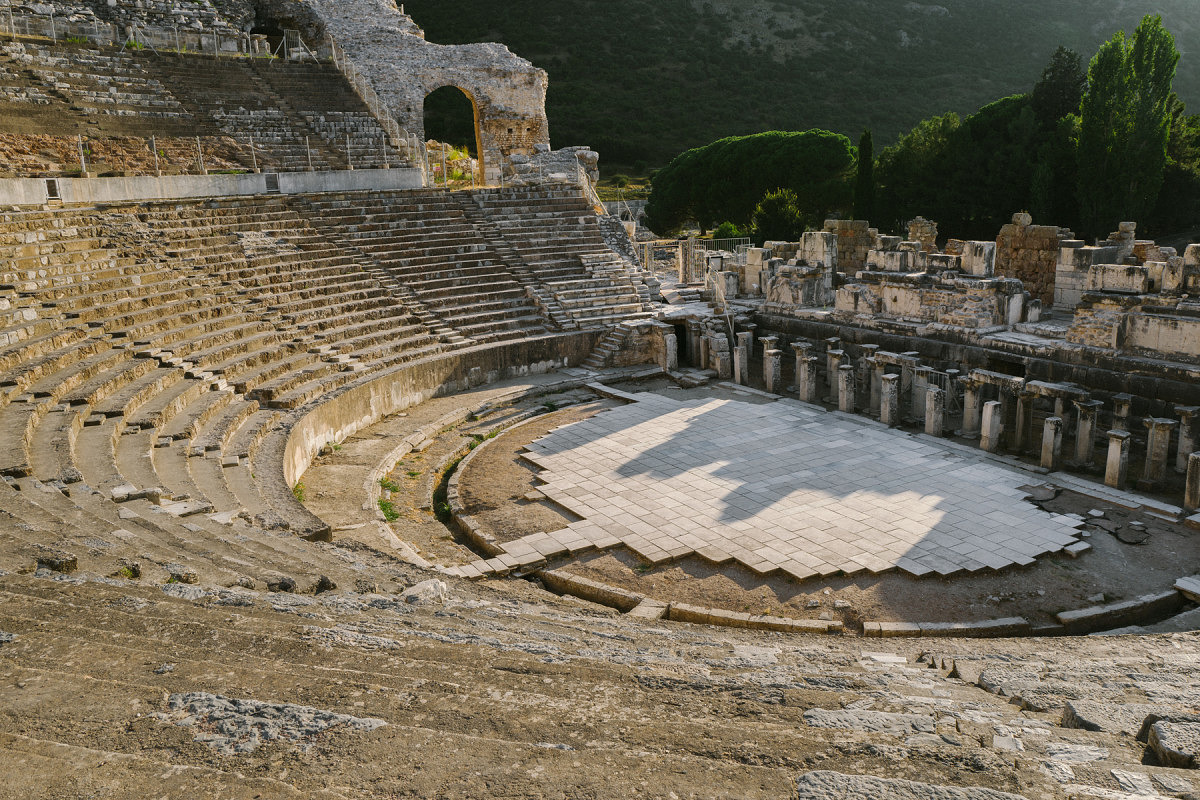
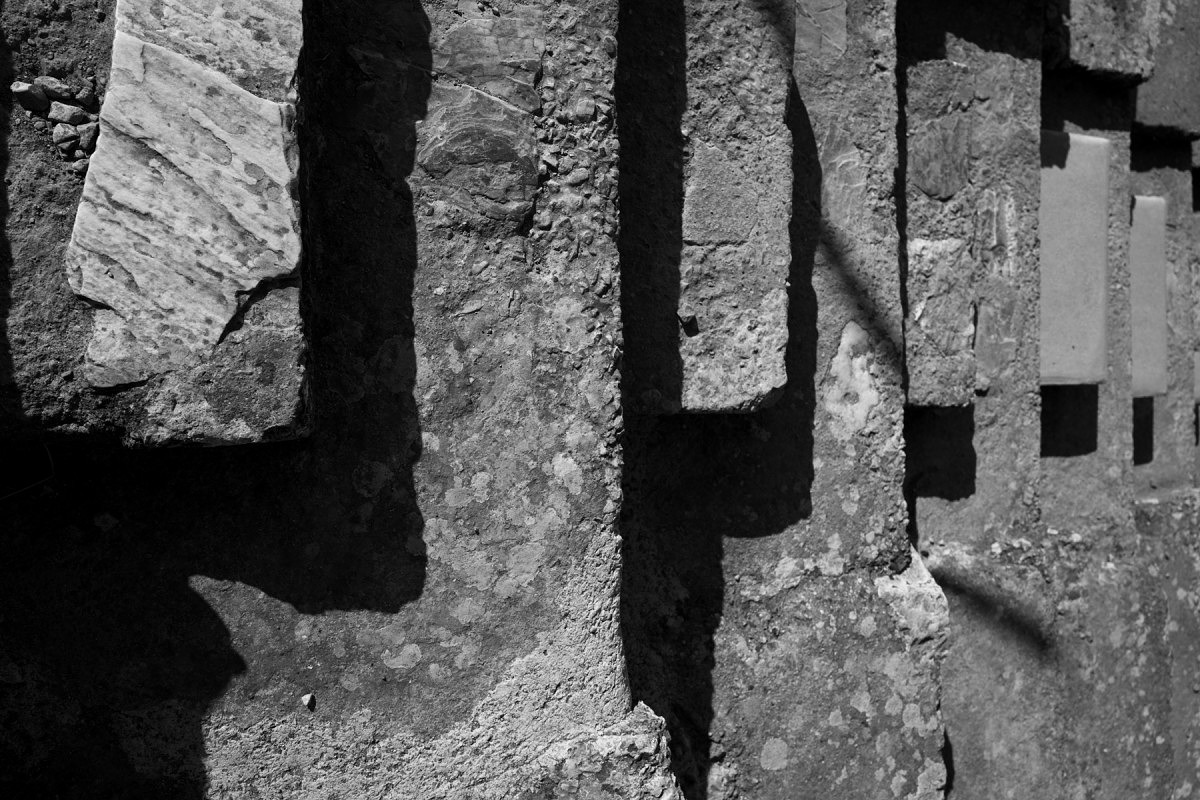
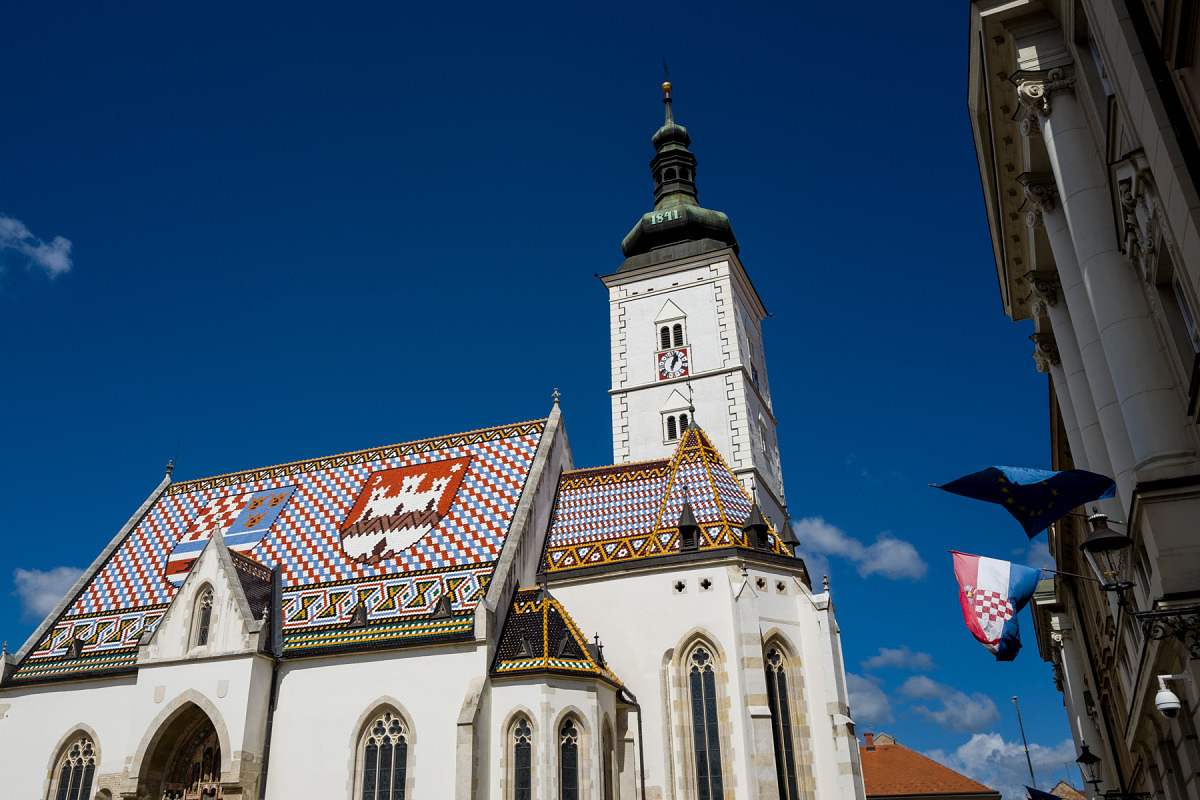
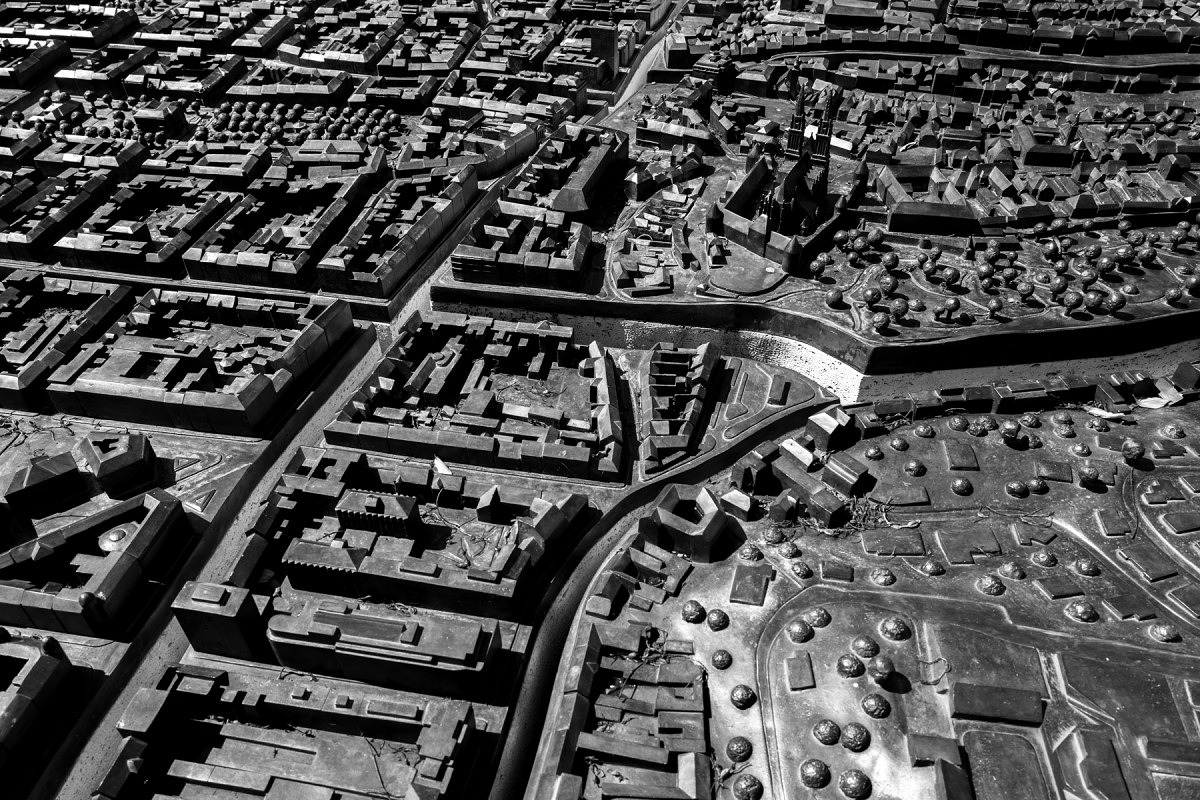
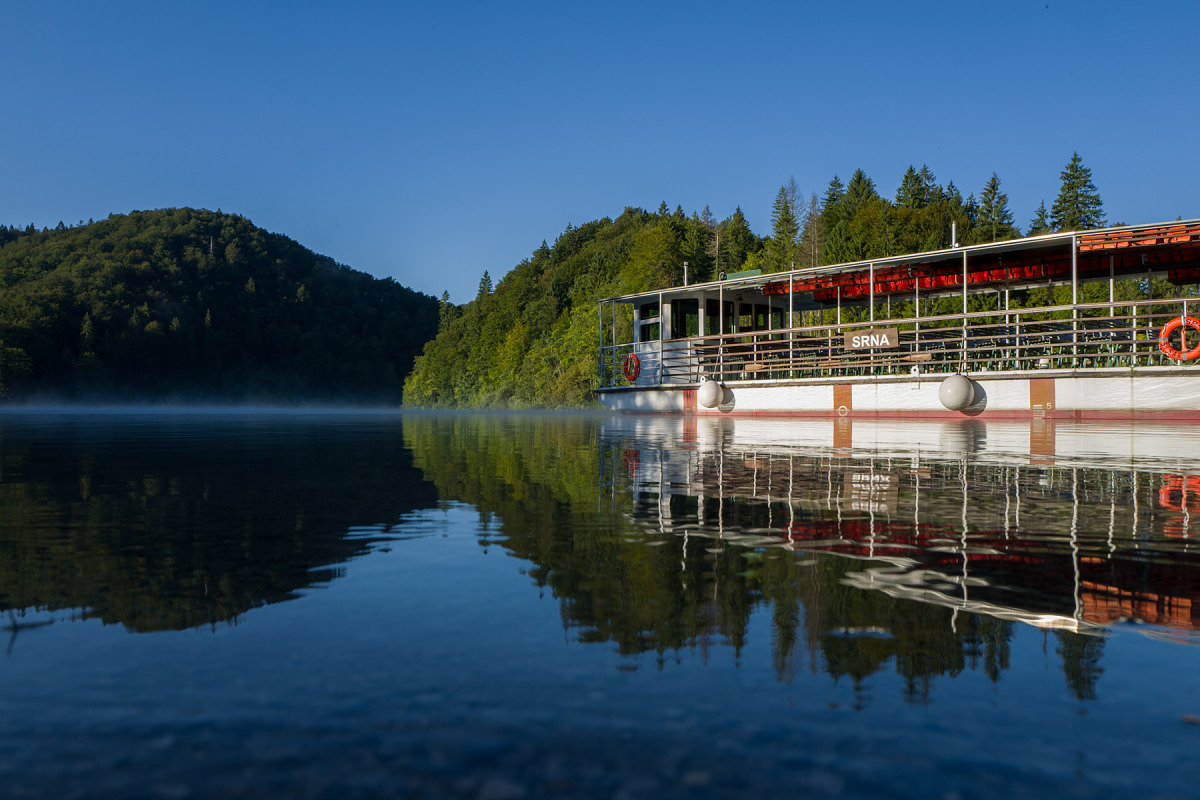
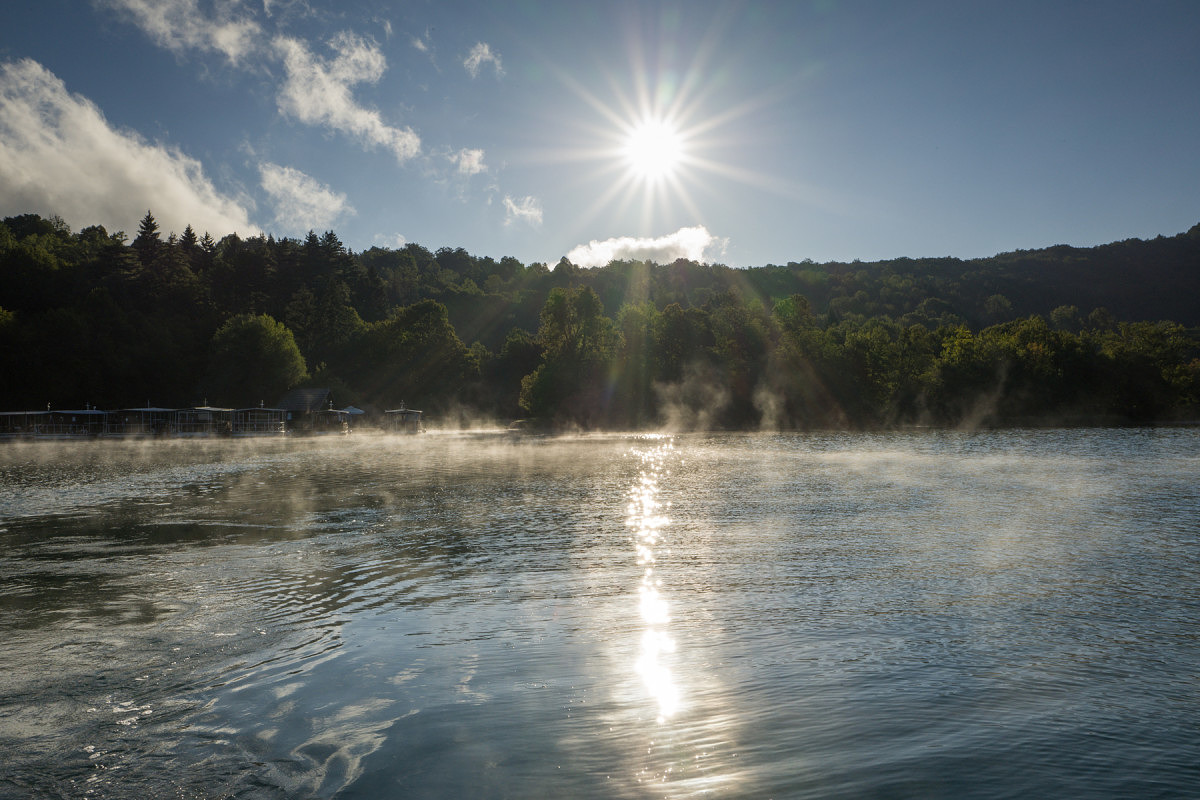

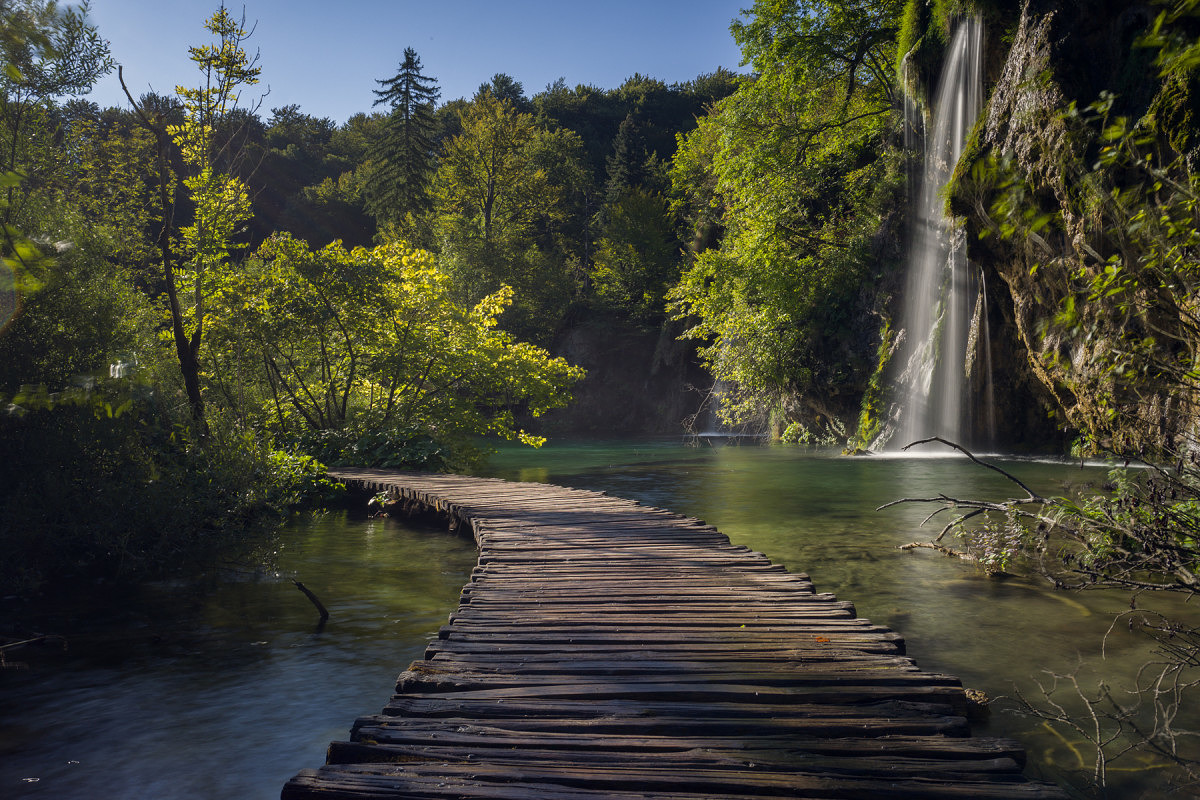
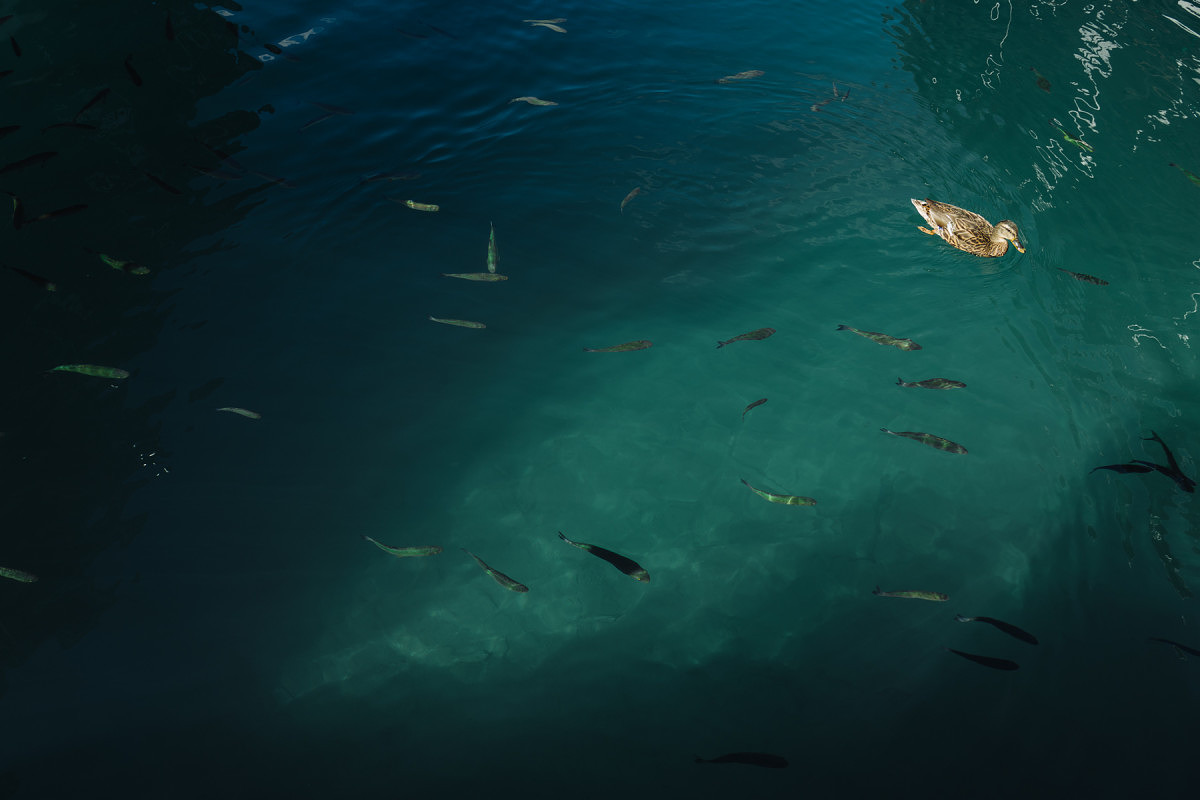
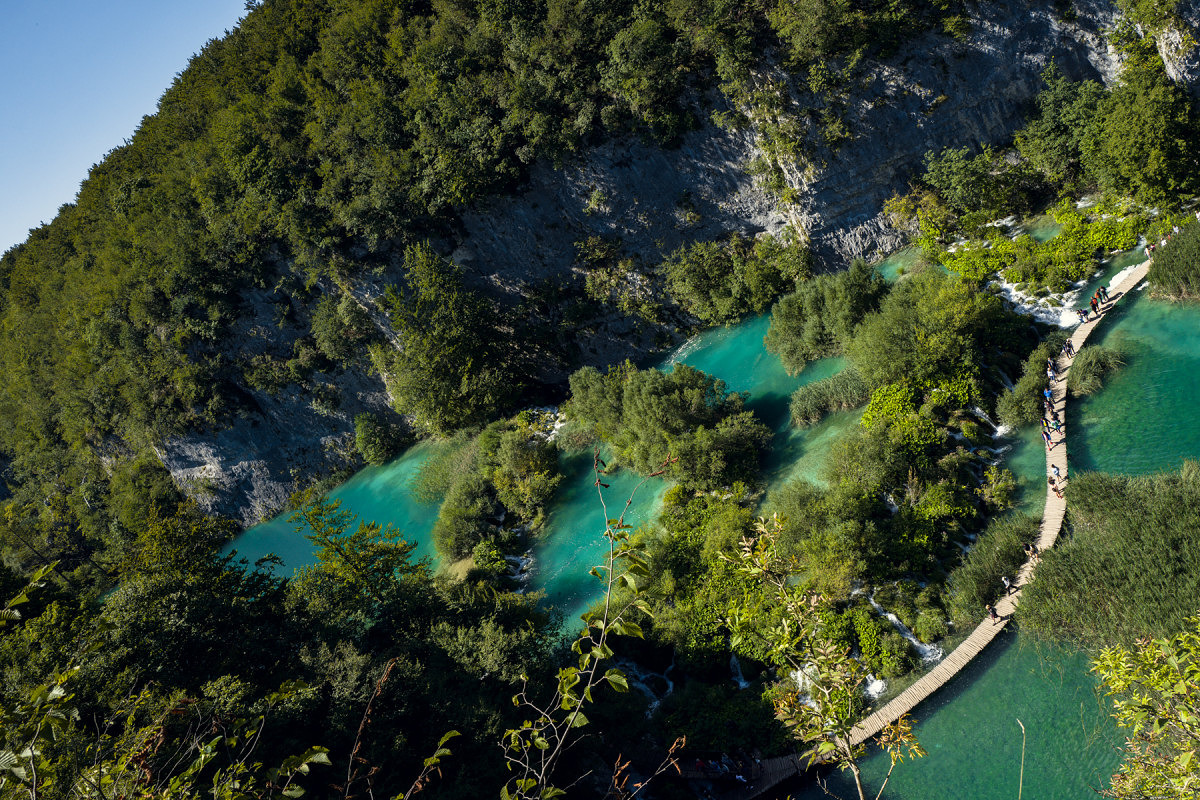
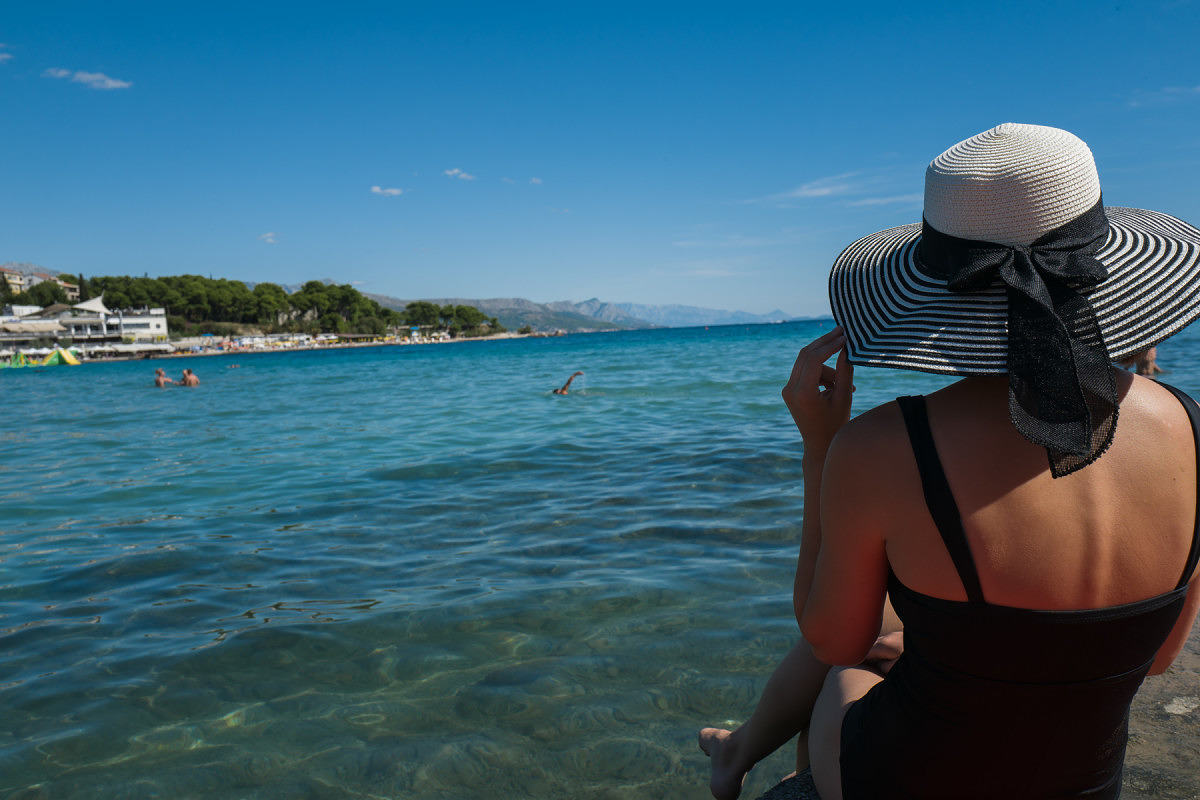
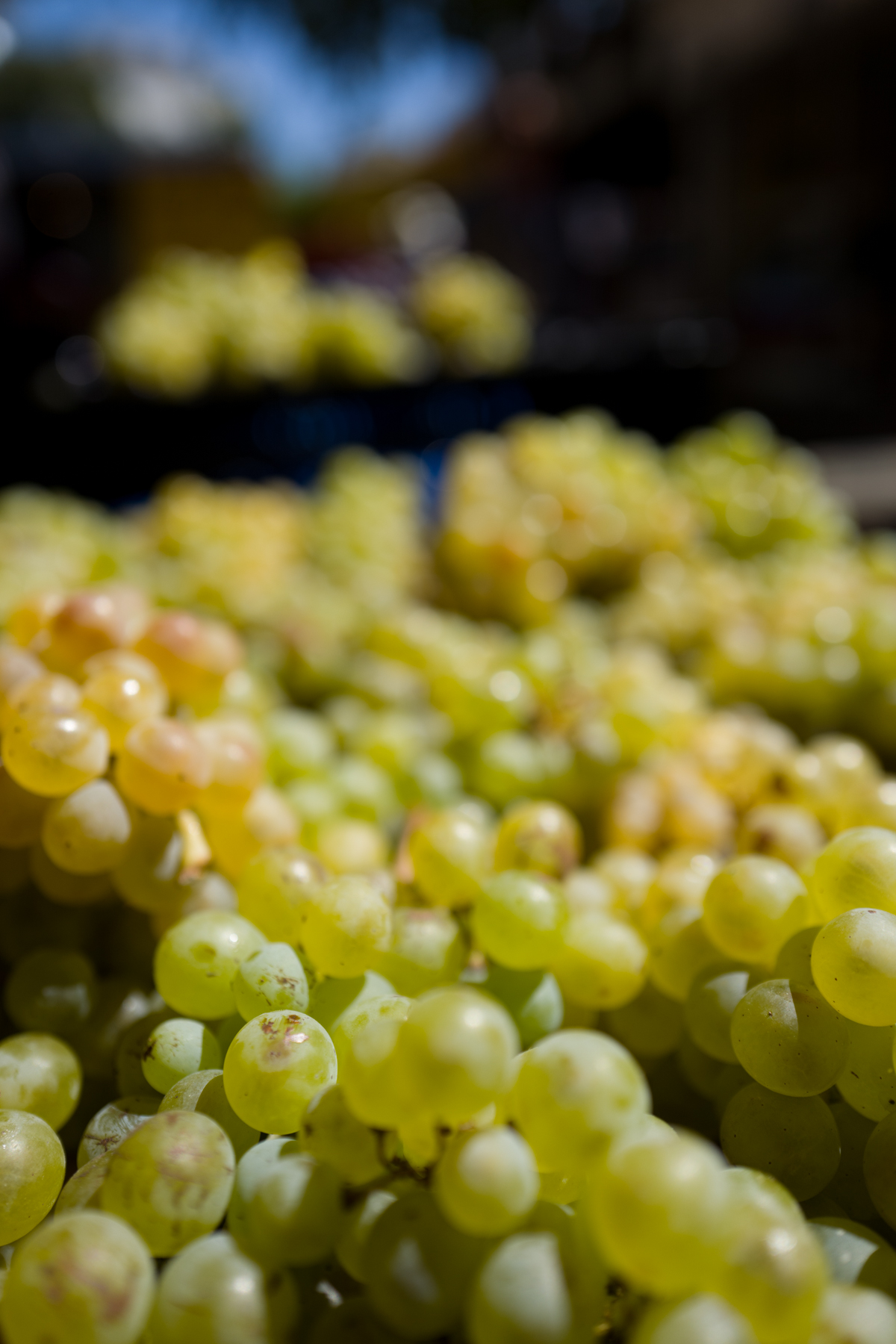
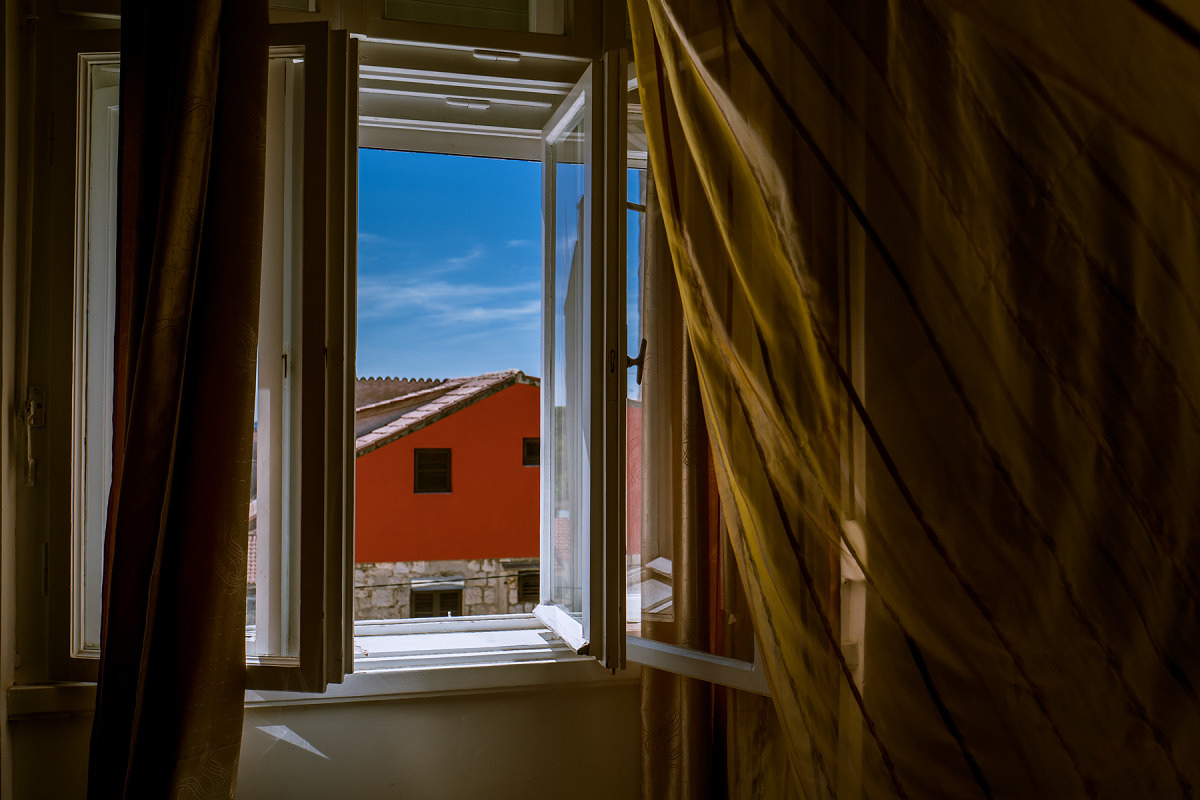
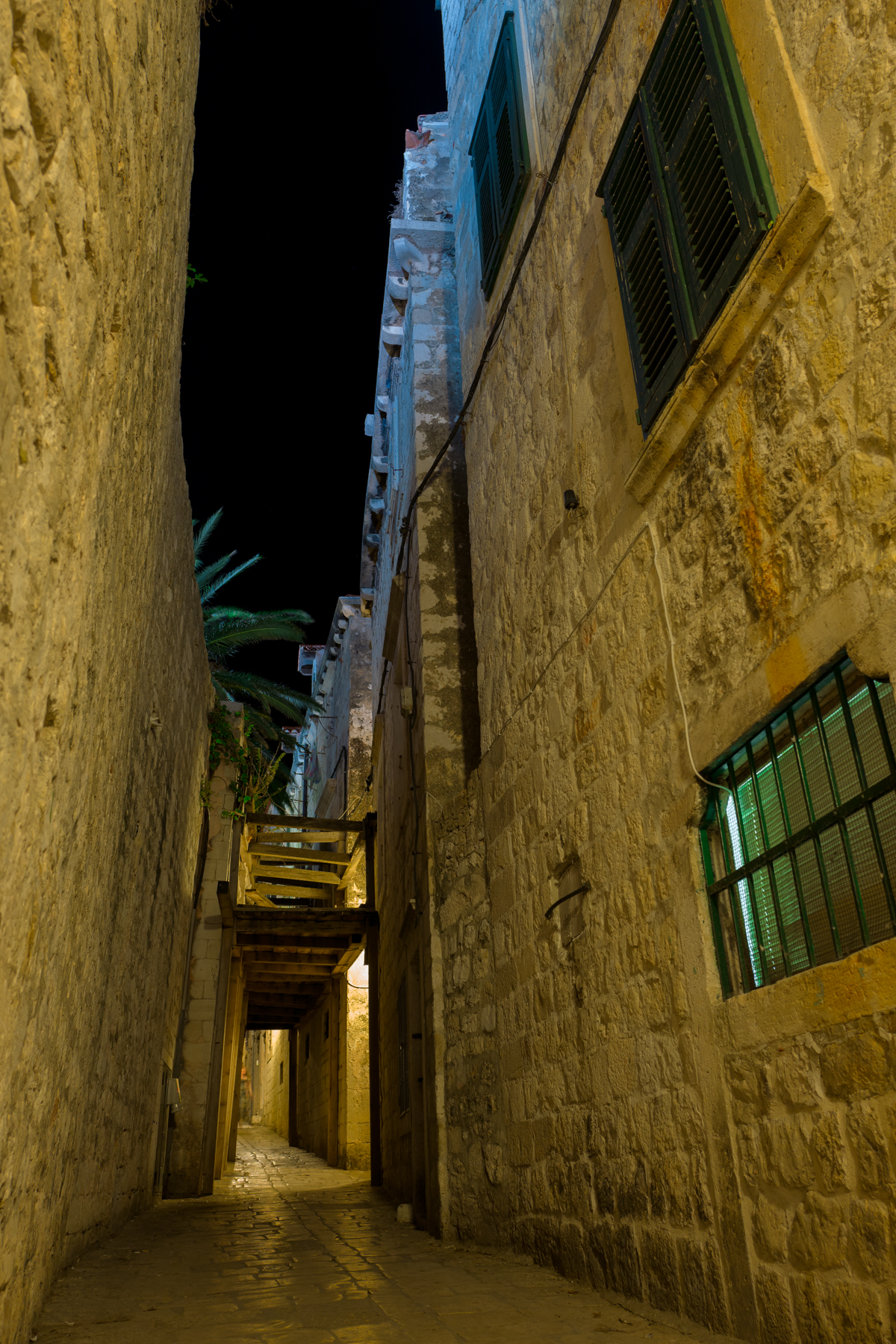
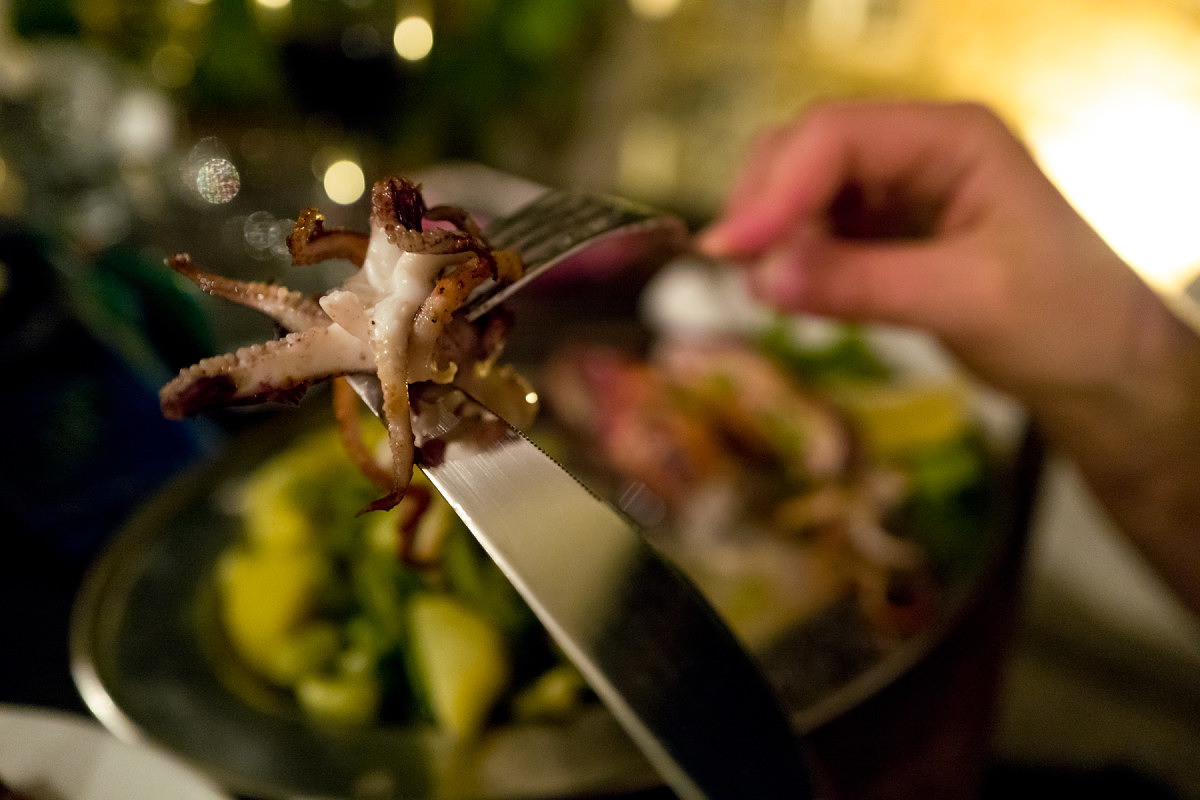
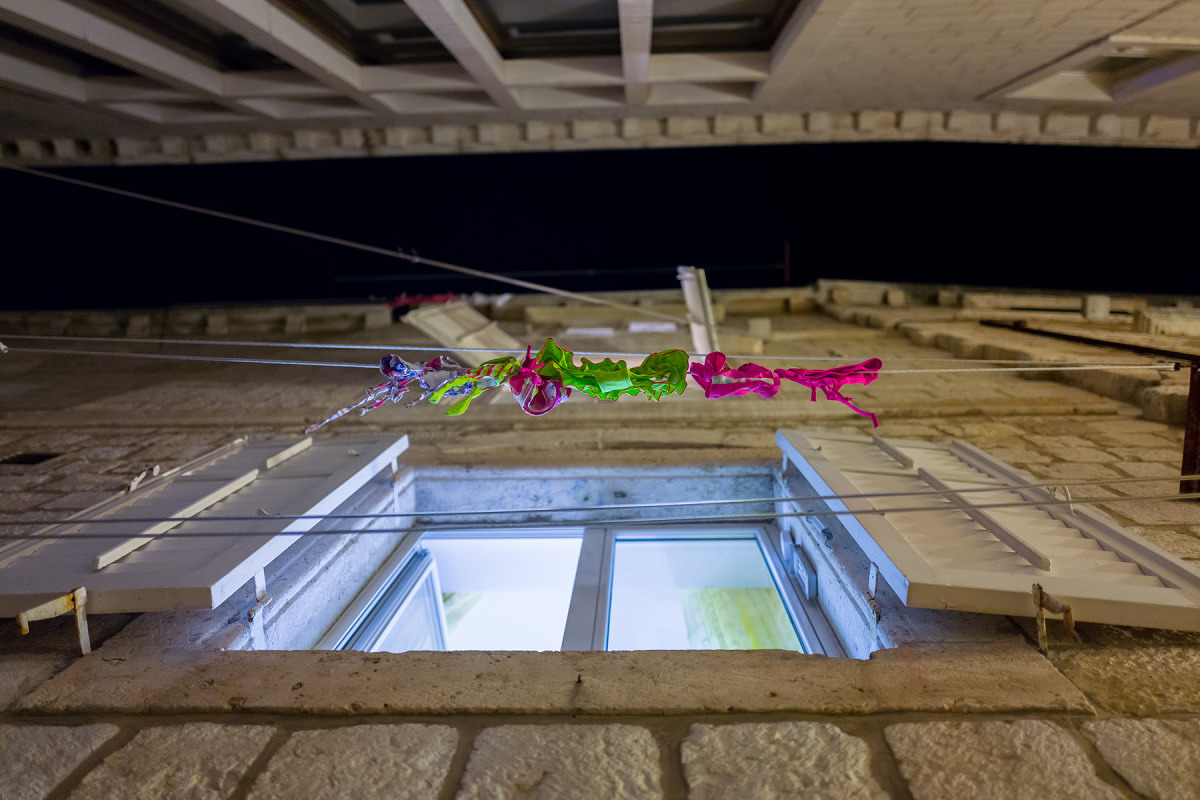
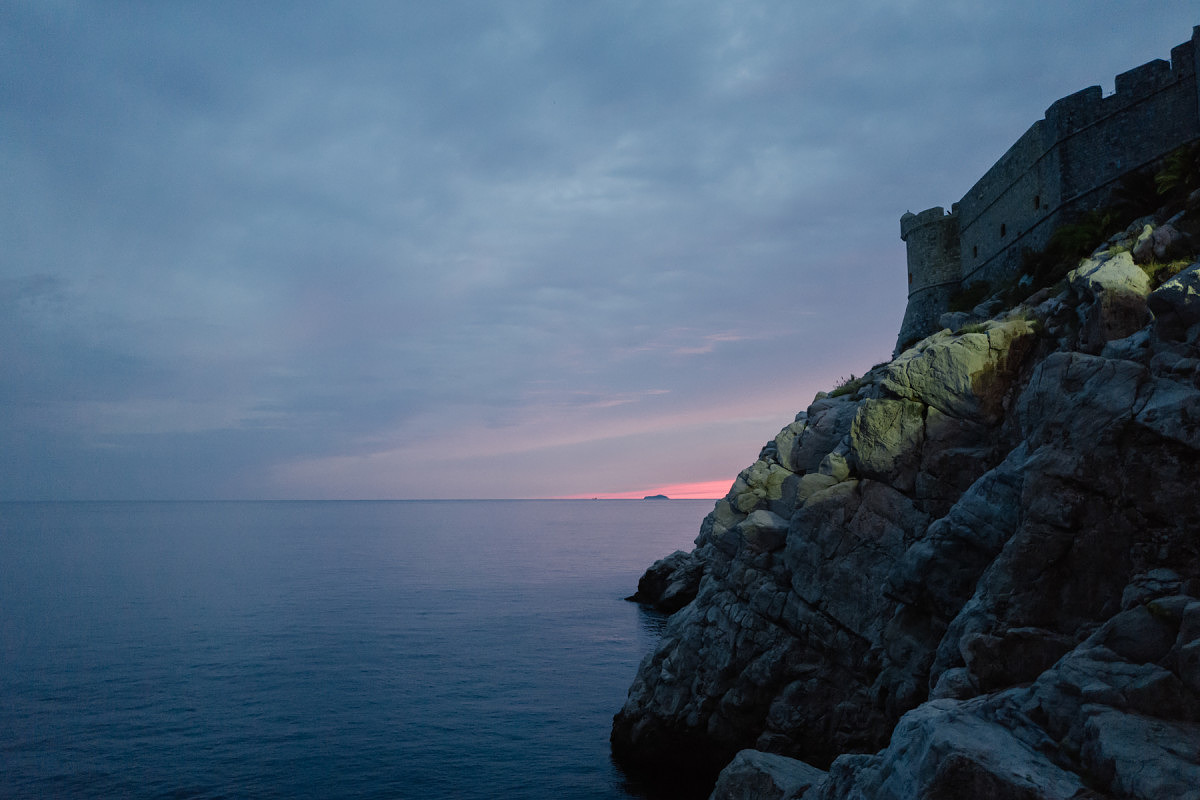
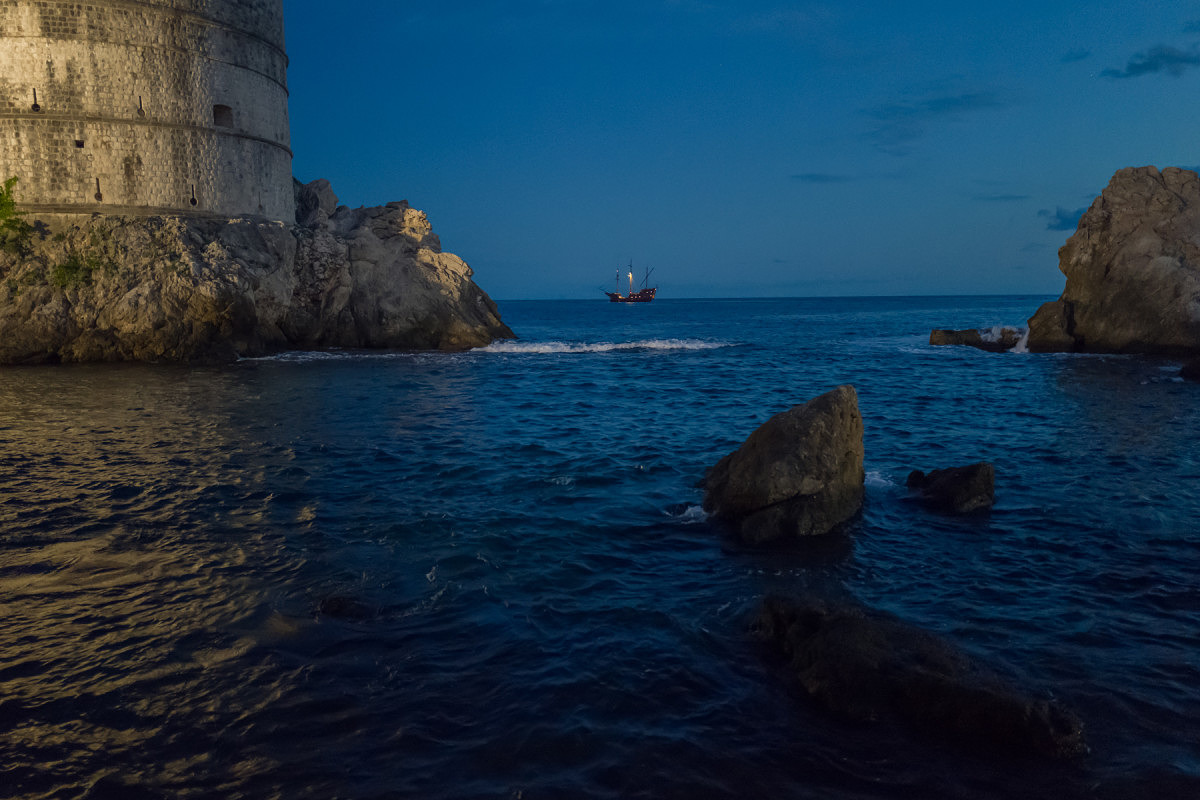
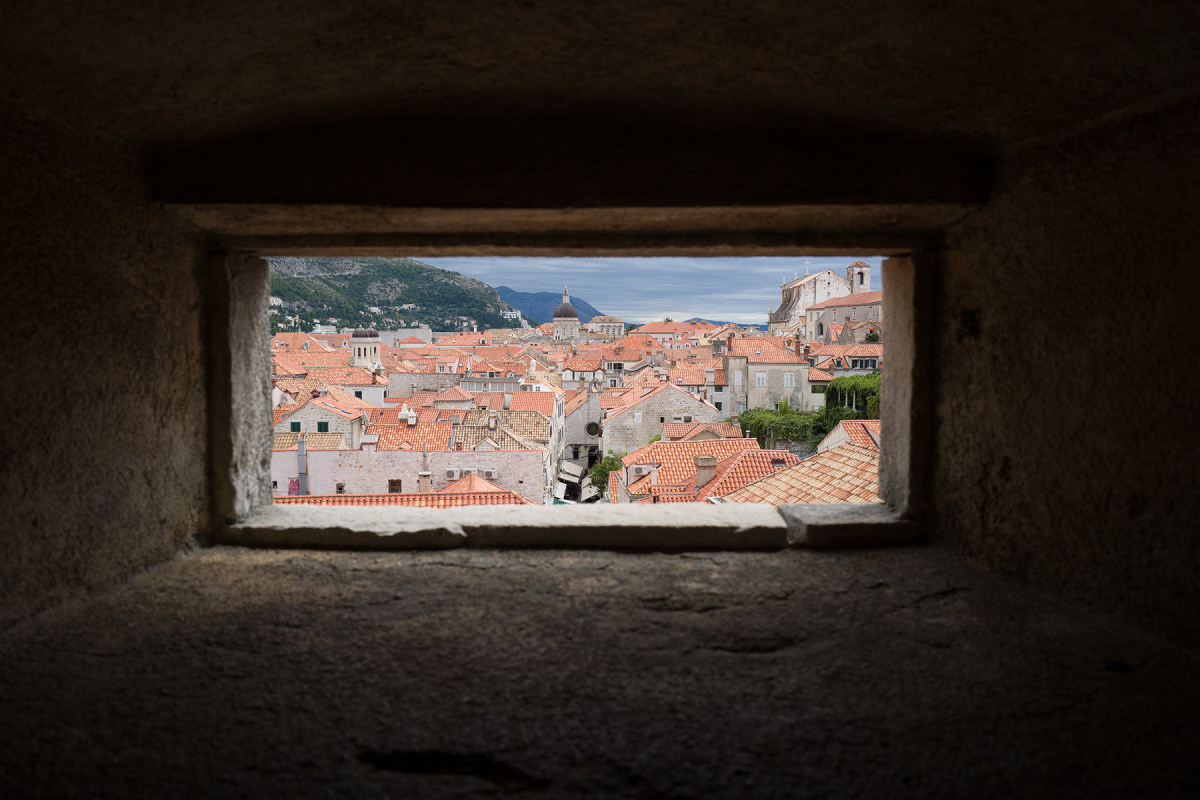
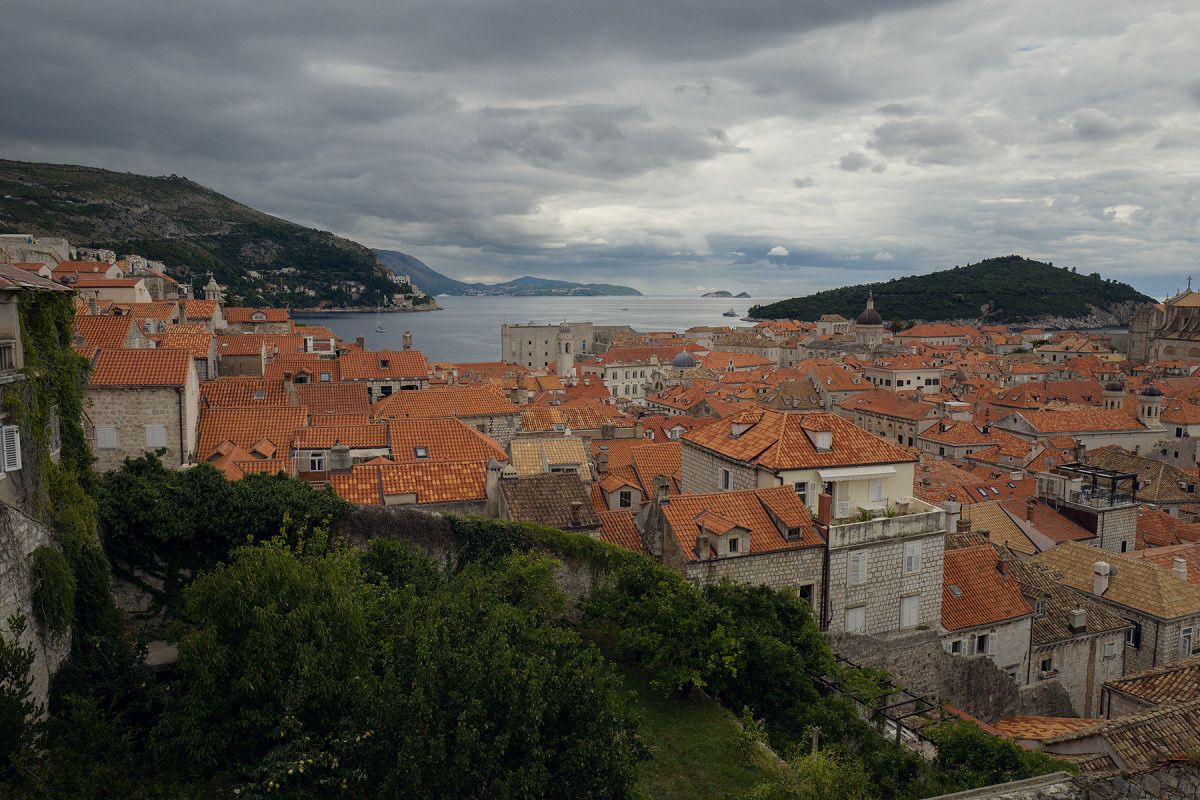
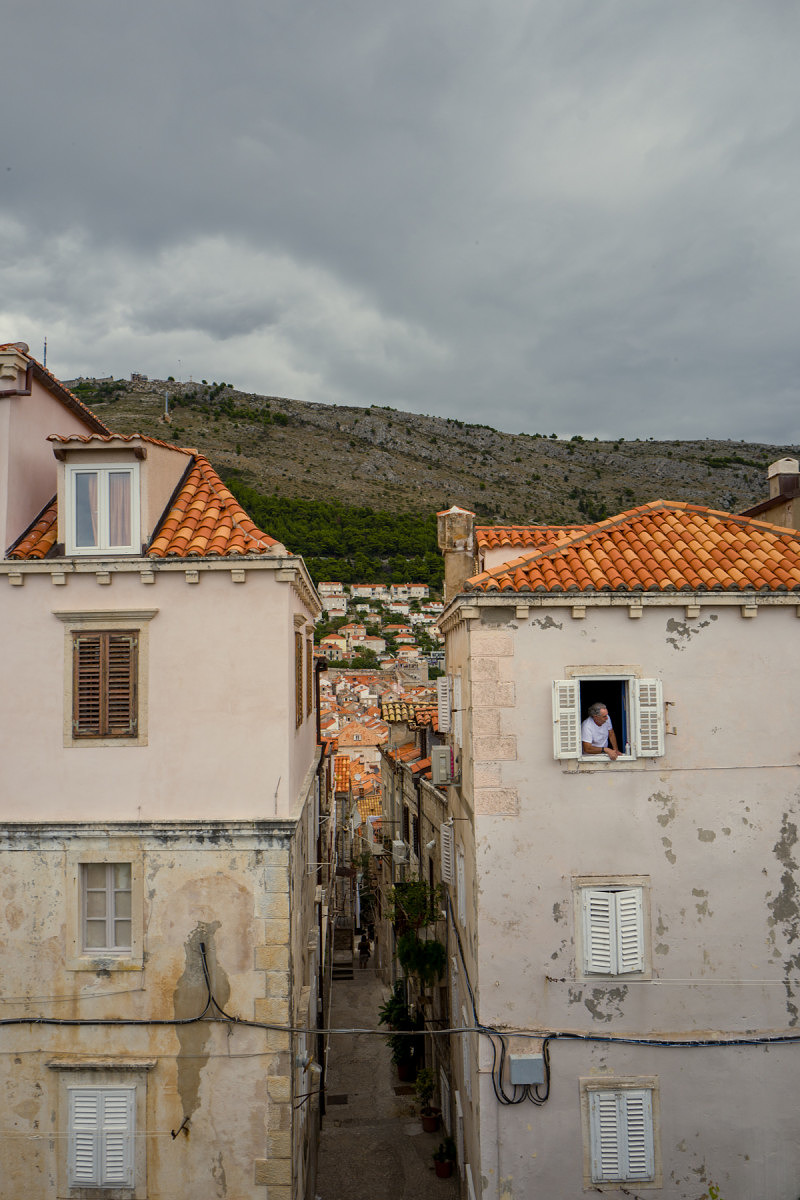
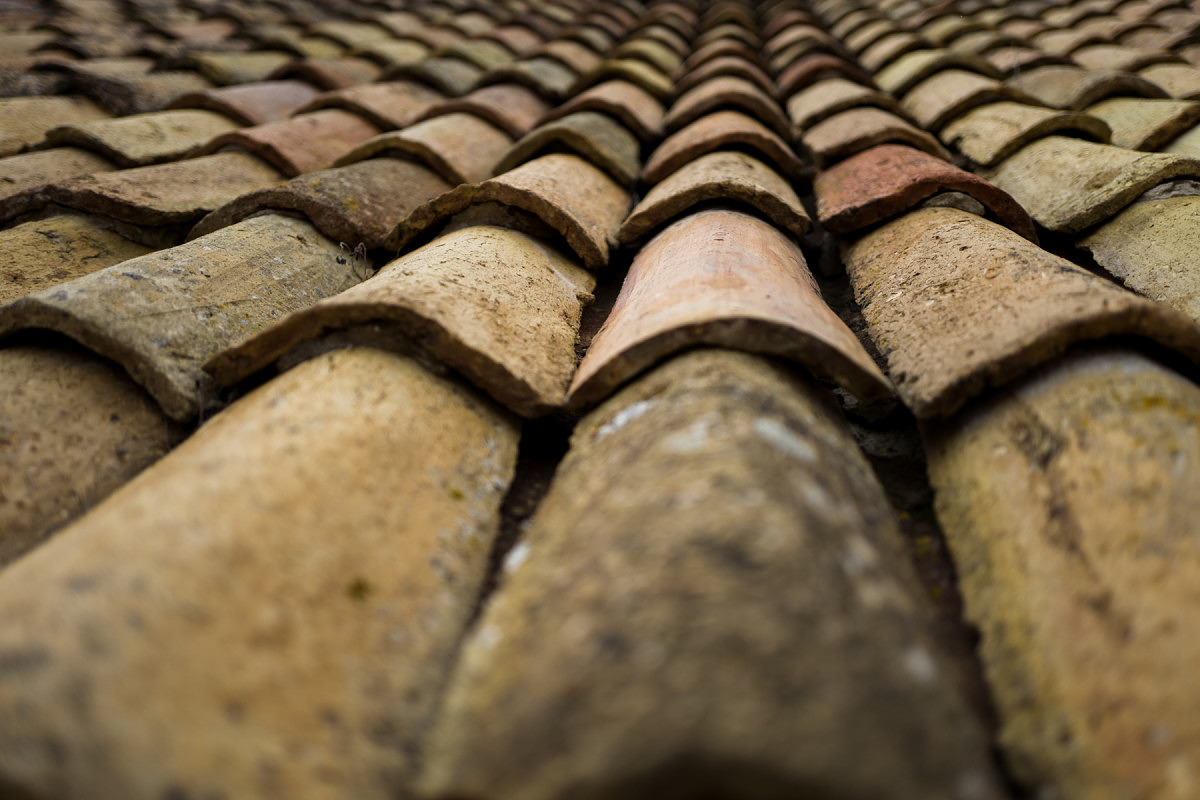
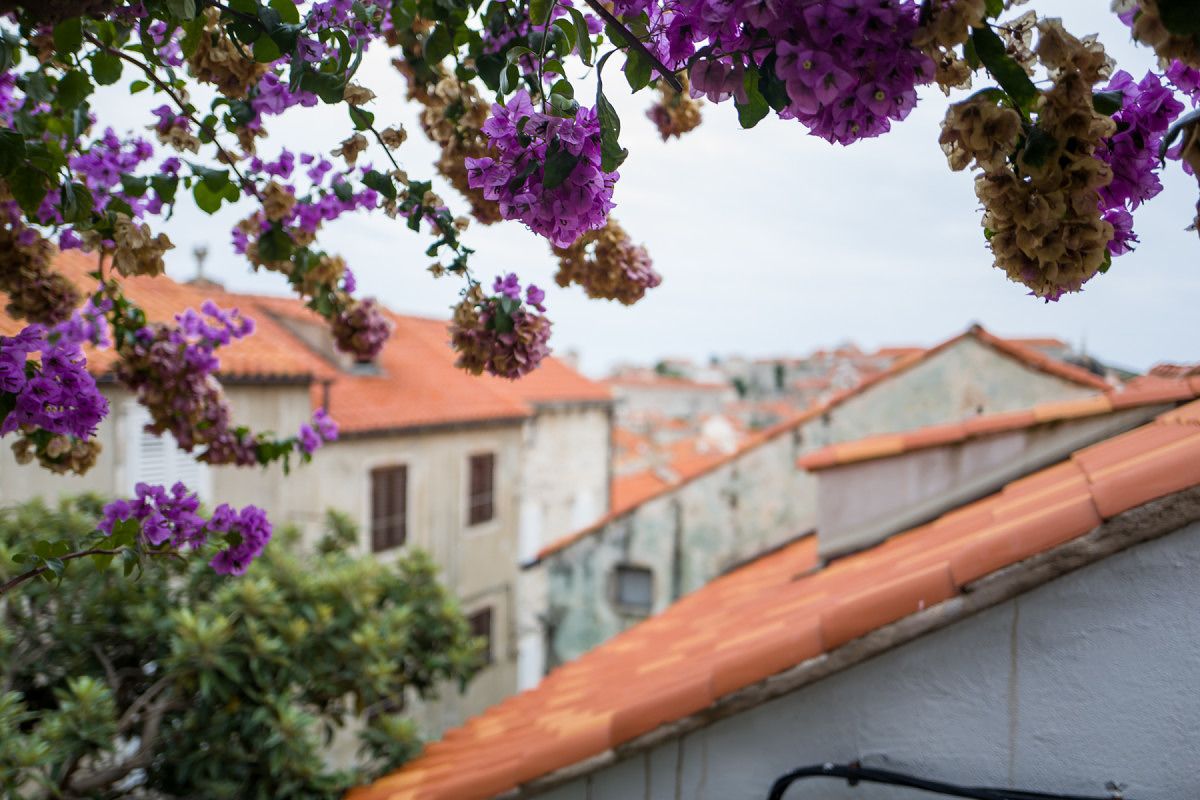
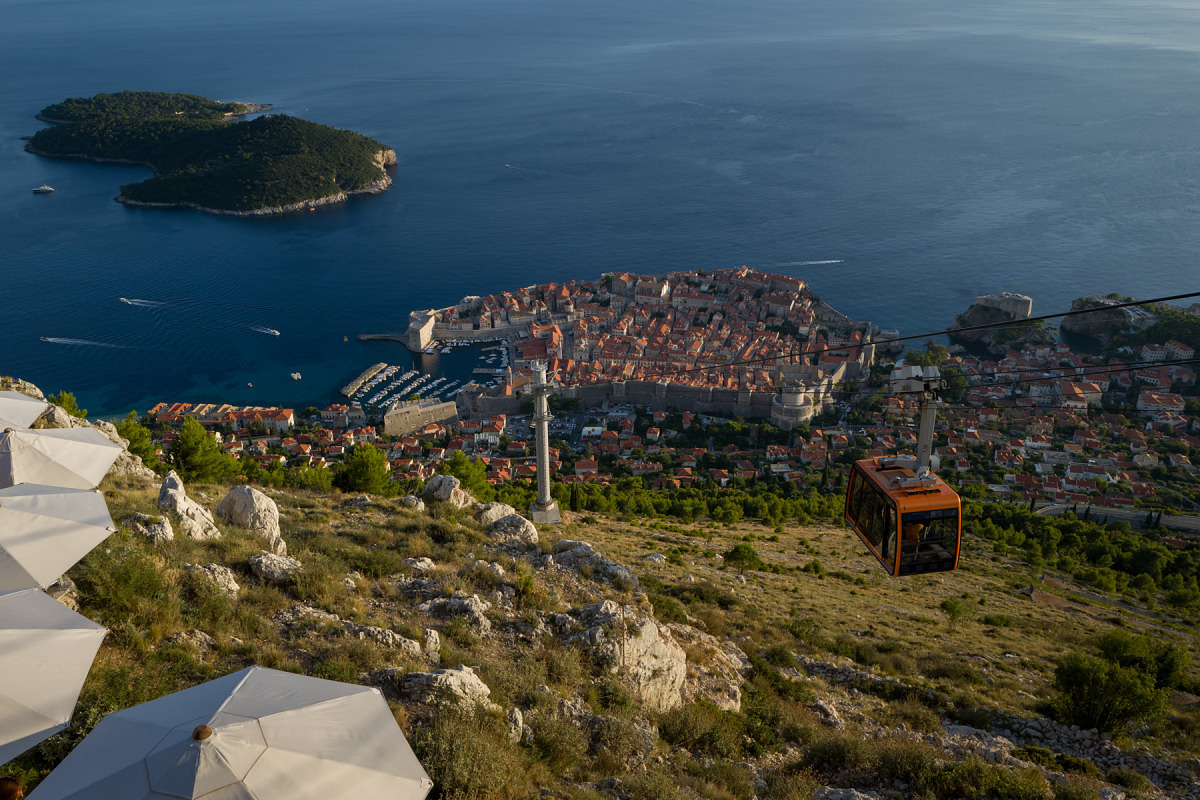
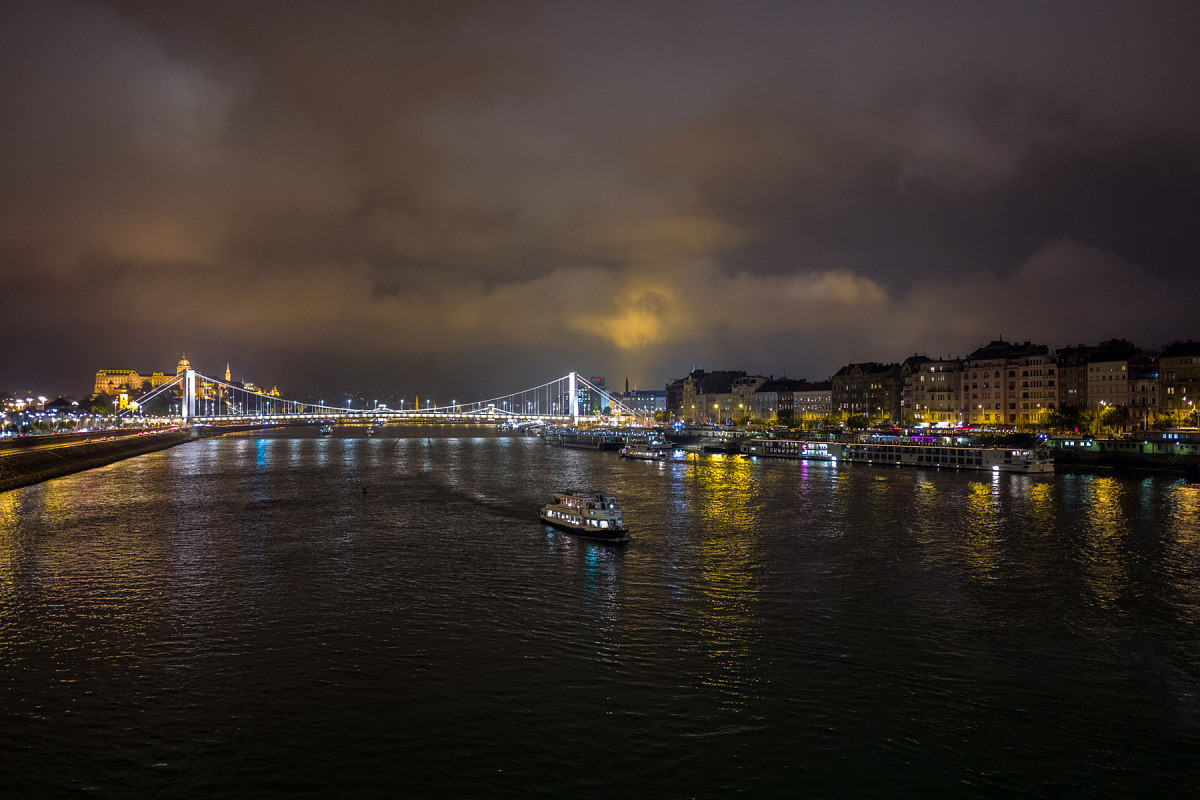
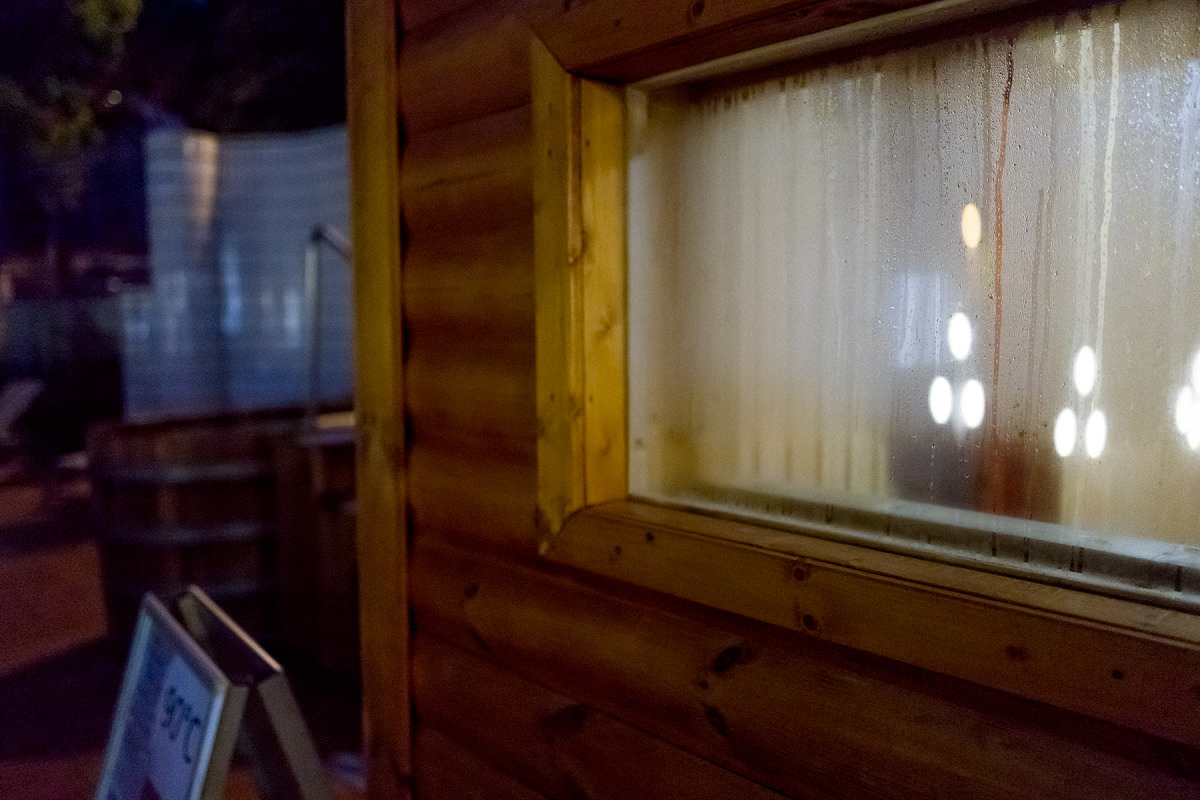

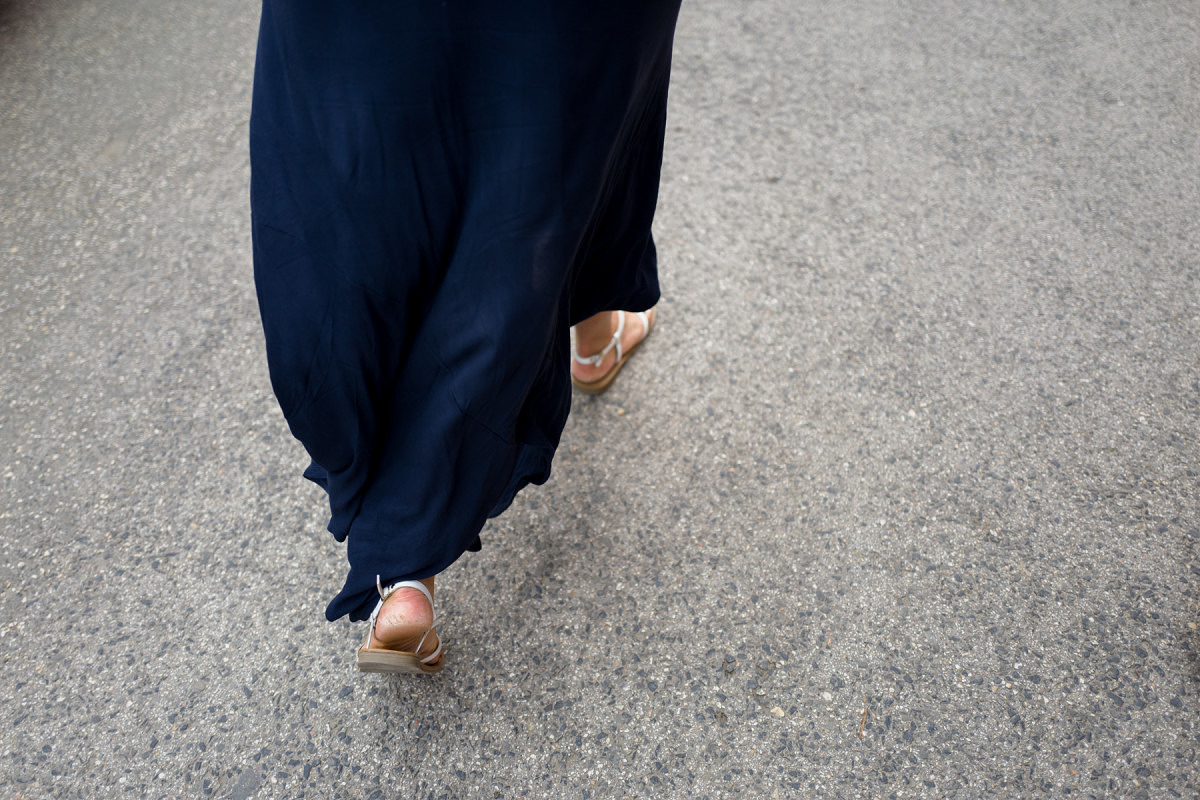
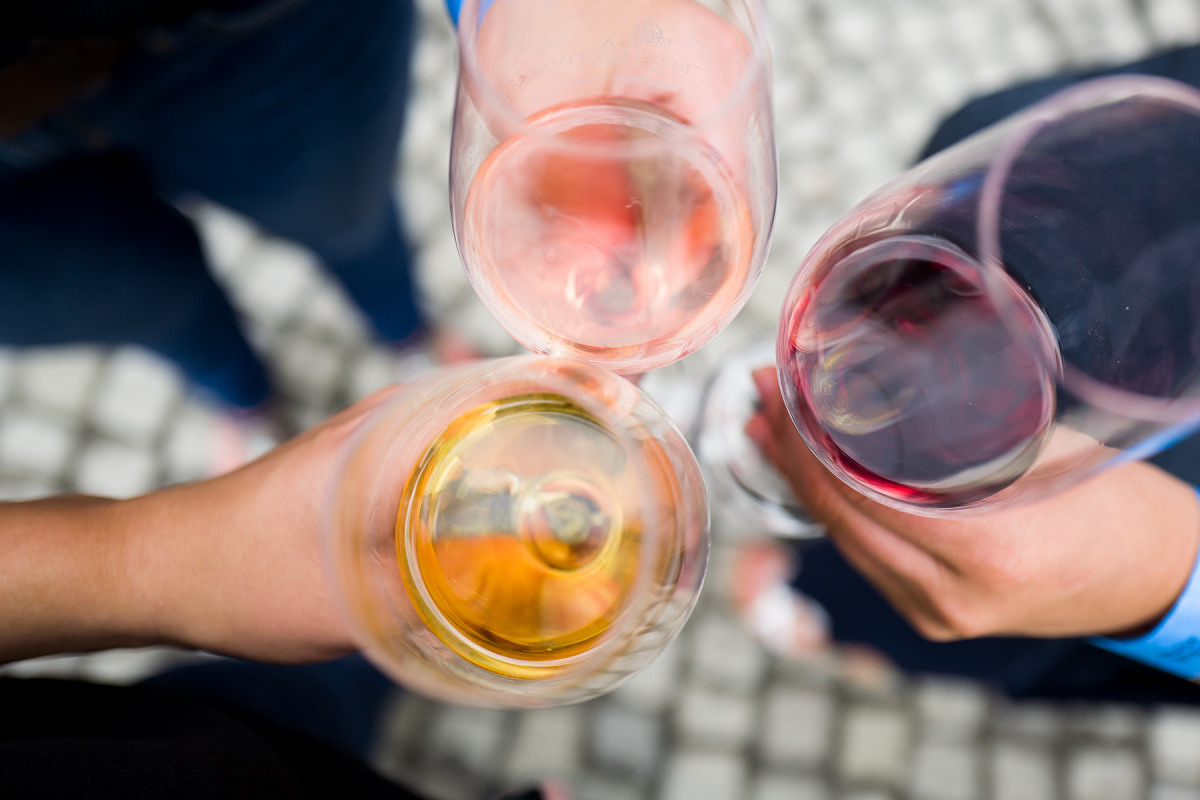
Excellent post, I very much enjoyed reading this article! I have a Q and love it. I agree with you about it being an great travel camera. I read that you were using some filters with it. I’ve not tried to use any filters with mine yet, which ones did you have a chance to try out on the trip?
Thanks Scott! I brought a 6-stop B+W ND filter. I knew I’d be in touristy places with lots of people, so I used it to achieve longer shutter speeds and blur out crowds. Worked well!
Kirsten Wonderful article! I too have a Q and have visited London, Paris and Istanbul, your shots and insights were on point. I have also been in the Leica Store in Miami and will make a point to stop by next time I’m in SoFla. Thanks for a wonderful journey with you and your Q.
Kirsten, this is a fantastic post! You’re a talented photographer and writer, and I just loved reading this and reminiscing about our trip!
Thanks Angie! Can’t wait til our next trip!
Also, if anyone wants to read more about our trip, check out Angie’s blog:
http://www.littlebirdaroundtheworld.com/blog/page/4/
An excellent travelogue!
Superb pictures!
My wife loves her Leica Q as well.
Albert
Fantastic write up! I’ve had very similar experiences to yours with the Q!
Secretly kinda curious to see the M monochrom shots you took… 🙂
Really enjoyed this, Kirsten. You write and photograph very well
Ed
A really great post and the images were wonderful, you have a wonderful eye and clearly know how to get the best out of the “Q”. Unfortunately I don’t think I could justify the expense but it does point out the potential of taking a single prime lens for personal travel. Thanks!
What a wonderful read. Thanks for sharing.
Would so love to use this as a travel camera. Very impressed with the high ISO shots.
Great photos !! I have a Q also and love it , greetings from Istanbul 🙂
Hi Kirsten, wonderful review of the Leica Q, just bought one after reading, can you recommend some setting for jpeg-color pix? best regards from rainiy Switzerland, Christian
Very interesting – many thanks. Keep them coming!
Hello Kirsten,
Just thought I would tell you i’m from the oppositions site, [ Thomas Menk’s Fuji site ] but I realy like your images taken with the ” Q ”, thank you.
R. S. James.
Hi I love your photos and thank you for the amazing review. I have just ordered mine today and will have it Thursday!! I can’t wait to try it and take it on our trip to Iceland in November.
Thank you
Brett
Hello, I also have a Q and I really enjoy it. Your photographs are superb, I particularly enjoyed the one with the hot air balloons.
Regards from Wash. D.C.
Hey Kirsten! There must have been a subsequent firmware update because my Q has a ‘DNG-only’ option…
Best wishes,
John
Hi Kirsten
thank you for the beautiful photos – I visited Dubrovnik on business a few years ago and have happy memories of the place , fantastic fresh seafood from the clean Adriatic ( there is no major industry on the Croatian side – but back to photography , I was going to buy the SONY RX 1 , also full format , but more reasonable than the Leica Q but after reading your blog I will save to buy the Leica Q – the pictures are stunning ( I still use a Leica R5 film camera but it is getting more and more difficult to get film developed here in Montreal ) thanks again and best wishes Hans in Montreal
Hello Kirsten,
You made quite a lot of beautiful pictures on your European tour, remarkable and original points of view very often too! Since I am seriously considering to buy a Q myself, there is one thing though I noticed on some of your pictures that show an even but intense blue sky (e.g. the photo of the Elisabeth lying in the grass, the vertical Louvre photo, the Cappadocia photos): you seemingly get spots on the sensor (some small and some bigger ones)!
Hence my question is: do you get those all the time and did you get rid of them in post processing on the other pictures? On the internet I have read about this “dust/spot-Q-problem” a couple of times (it is said to have occurred with the first years’ batches due to a sealing problem in production that ‘supposedly’ would have been eliminated in later batches).
Personally I think this should not be a problem at all with a fixed-lens camera in this price category! Years ago I had a serious similar problem with my Canon 5D, but up until now I have never had a single spot on the sensor of my Panasonic GX8 with some 5 interchangeable lenses … Could you possibly advise if the problem still persists on your Q and if you still feel it is worth the investment in spite of that (I personally love the rendering of the sharpness, of the “bokeh”, the full frame, the interface simplicity and the IQ at higher ISO’s under dim light conditions as well as the responsiveness of the Q; I wonder a little though if the IQ-increment I could get compared to my GX8 will justify the price of my purchase …
(by the way, the photos on the website I submit are mostly from my former film-cam’s and some of simple early-generation-digital cam’s – I process and print all my work myself, older work up to A4, actual work – which still is absent from any website/blog/vlog etc. – from my actual GF1, GX8 and some of the 5D up to A3+).
What a tremendous “IQ-leap-forward” from say 15 years ago till now!
Paul how can I reach you to purchase some of your travel photos? I’ve just spent an hour looking at a ton of them on Google reviews while just wandering around looking at maps in Africa. I know this is a shot in the dark bing such and old post. I googled your name and it brought up this site/post and I found your comment. If you have a way for me to contact you please let me know. Emily
A bit late to the party, but I’ve recently ordered a Q and am now trawling through old posts to see what others think of it and see some beautiful images. This is a Great post with some beautiful photos. Can’t wait to get out there with mine.
Cheers,
Jon.
Jon, please provide a followup…. as I was on the fence between a TL2, CL or Q….. read this Story, saw the PICS and now I am leaning on the fence towards the Q….I am going all out though, grabbing the Titanium if I do do the Q…. Let me know HOW you are Loving yours…….. it says my email won’t be published, but who else reads these forums besides, photo nerds and Lica Lovers….. here is mine if by chance one day re read your post again….. stevesimone@me.com
Fabulous post! Are you still at the Miami store?